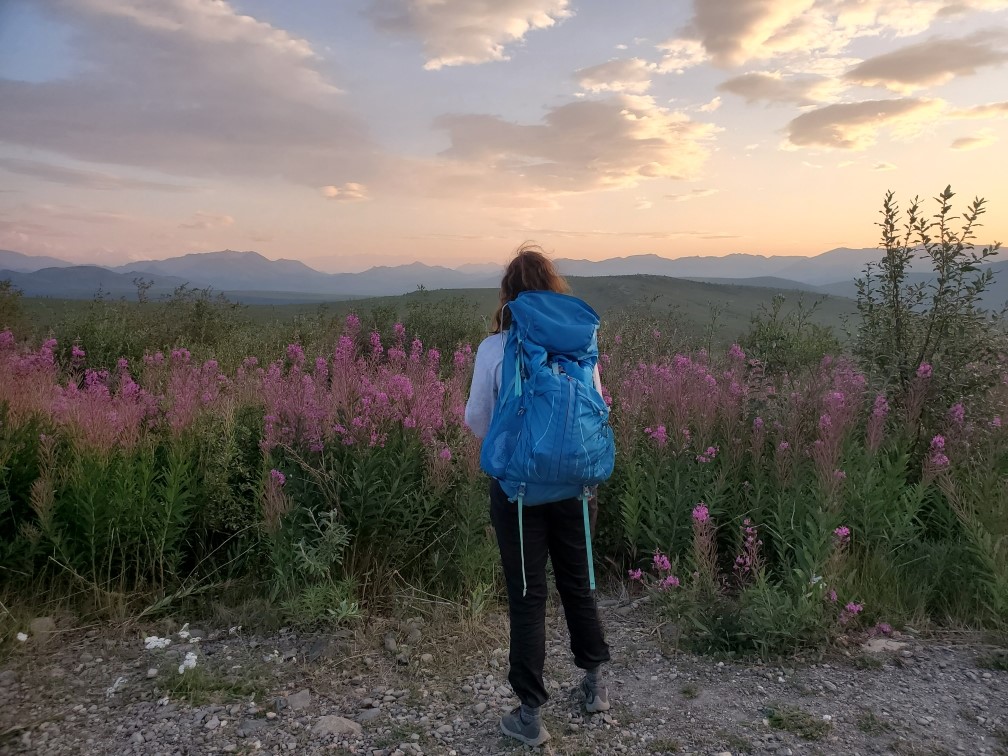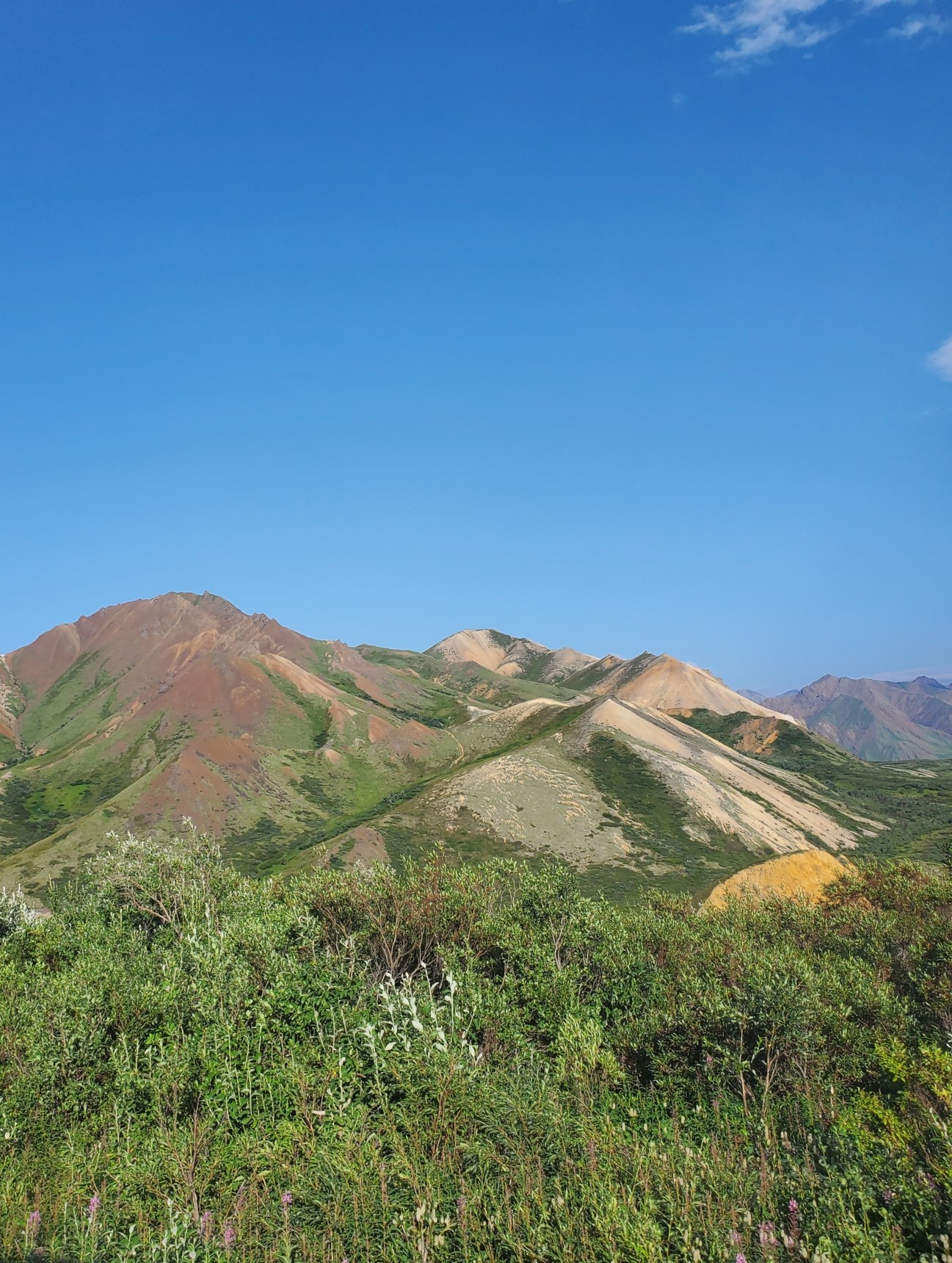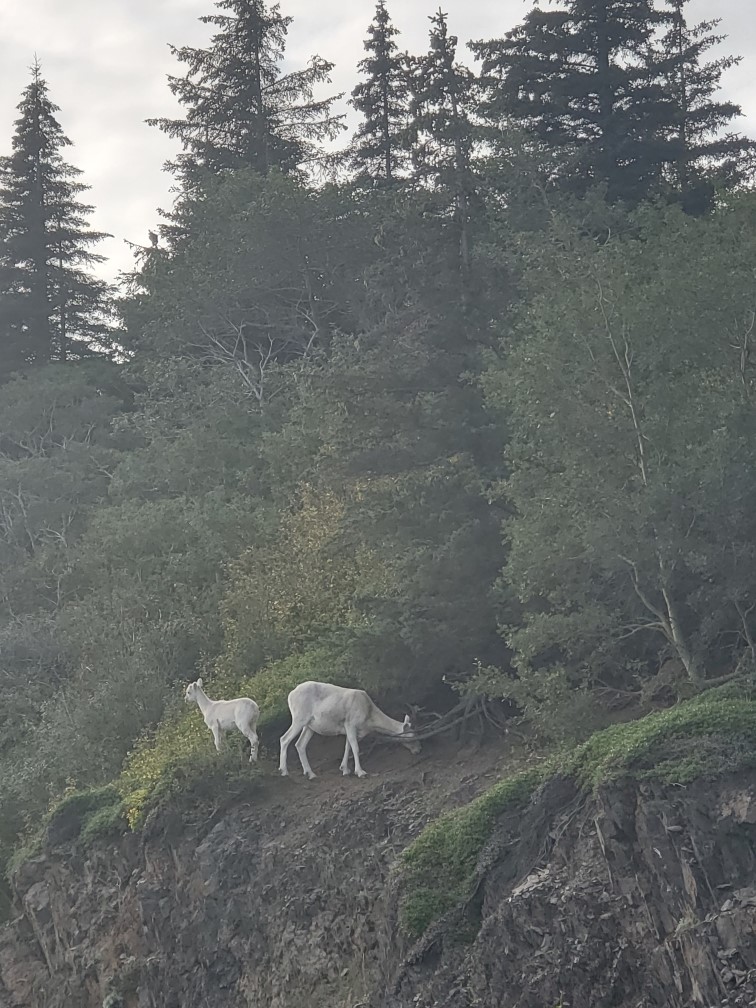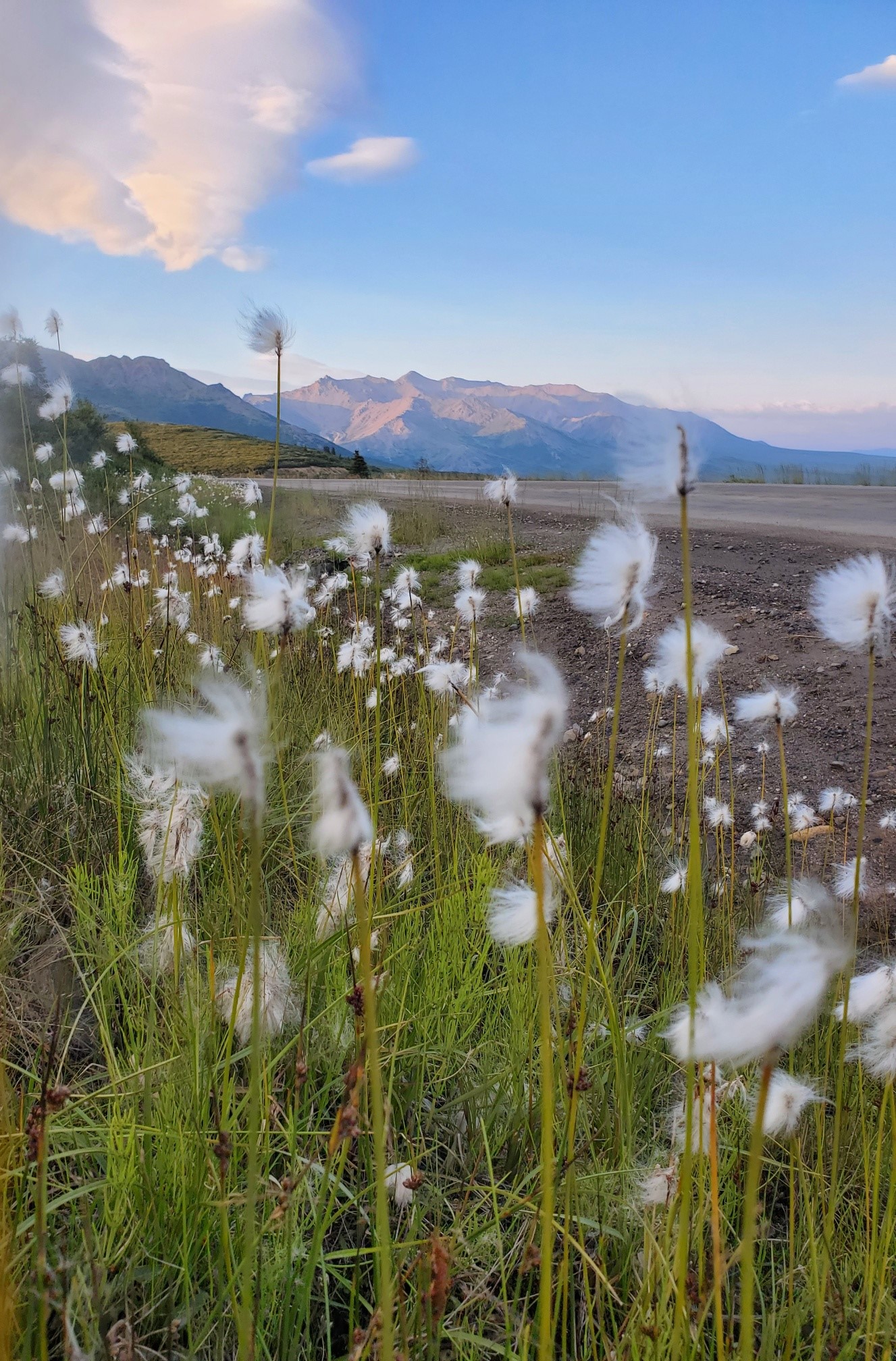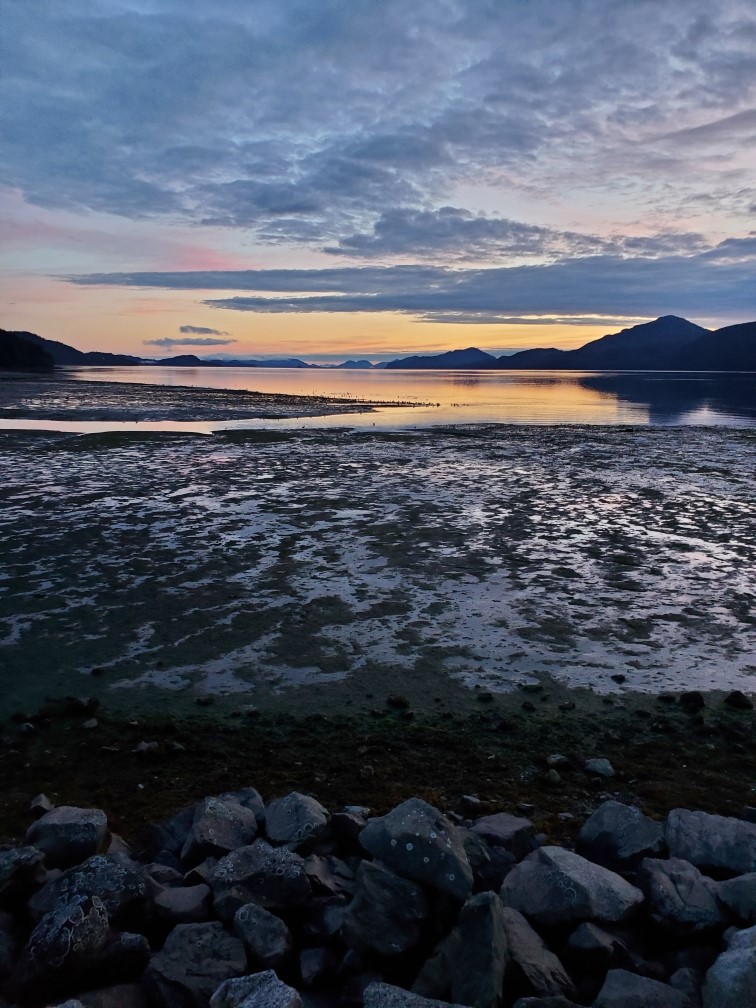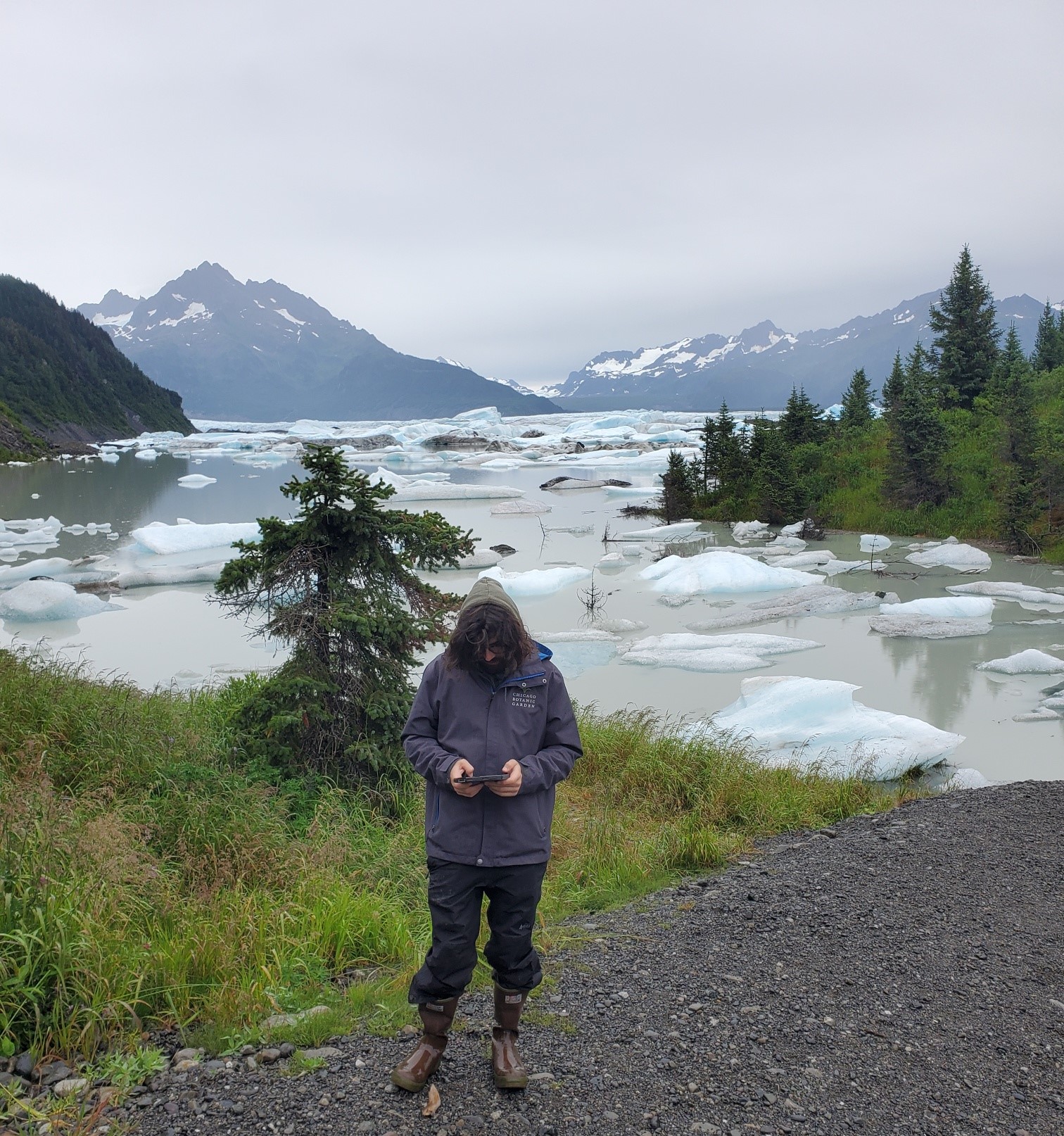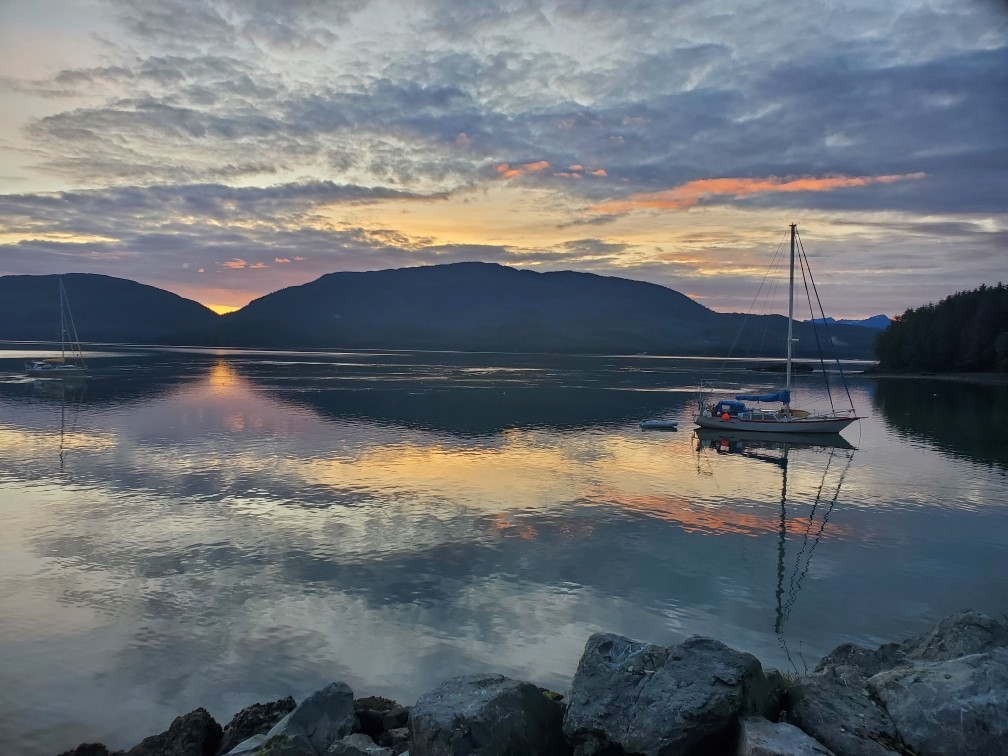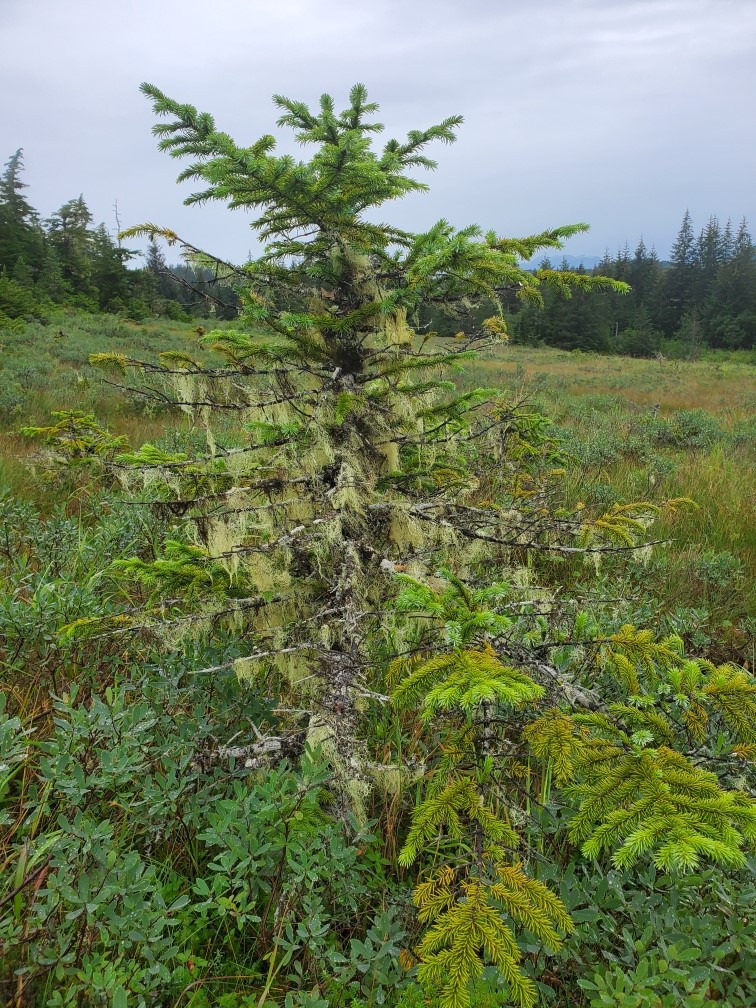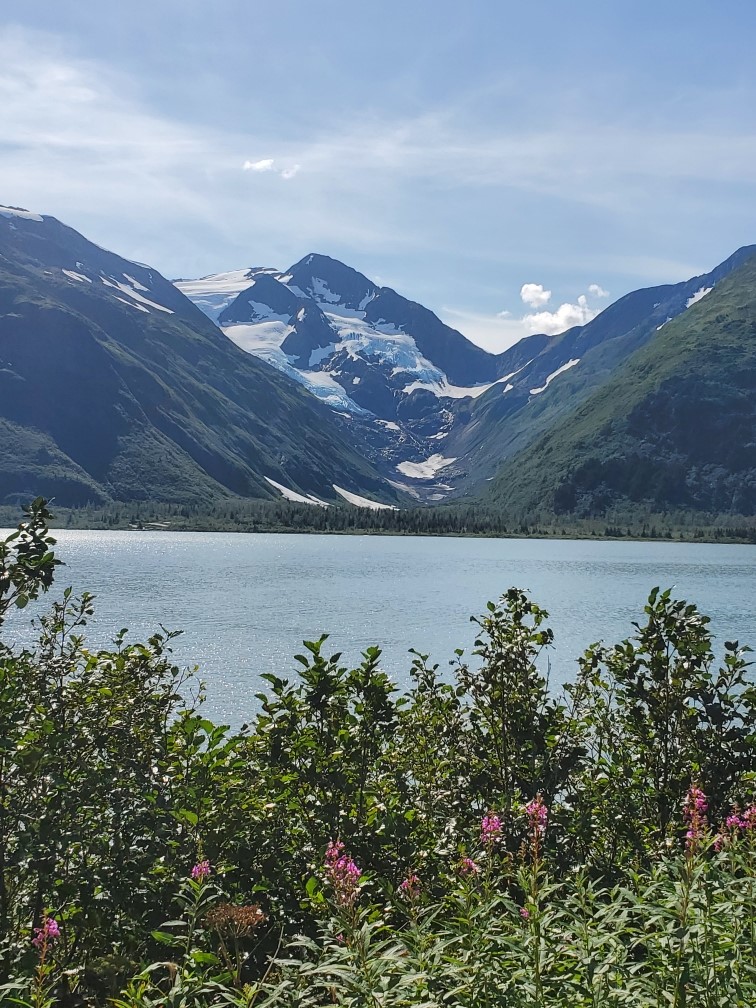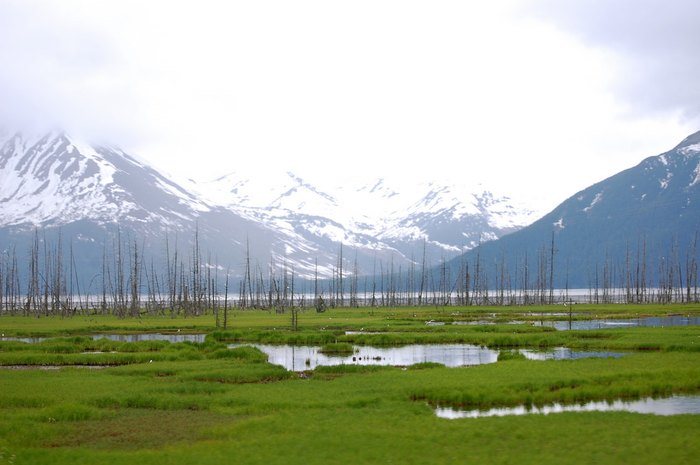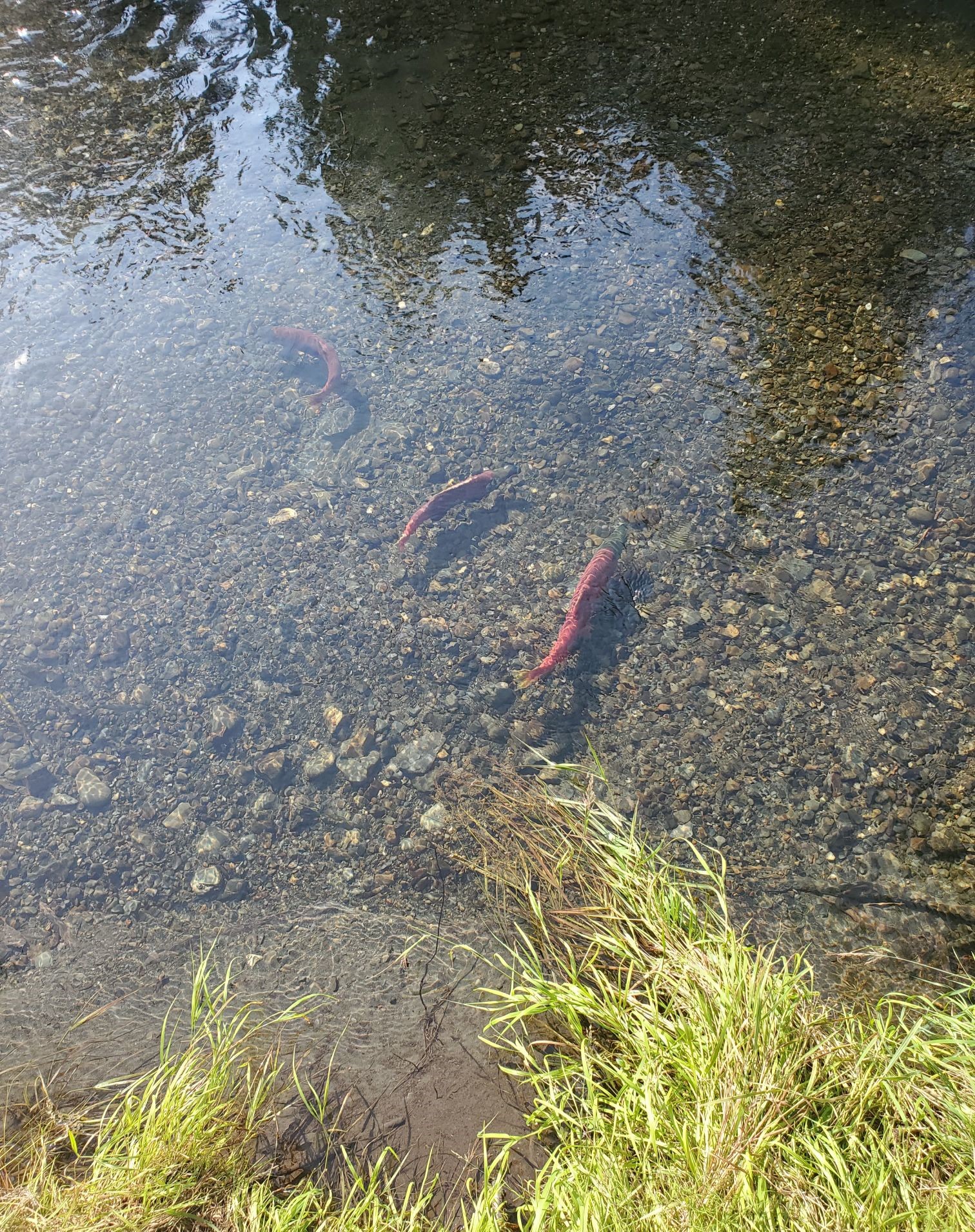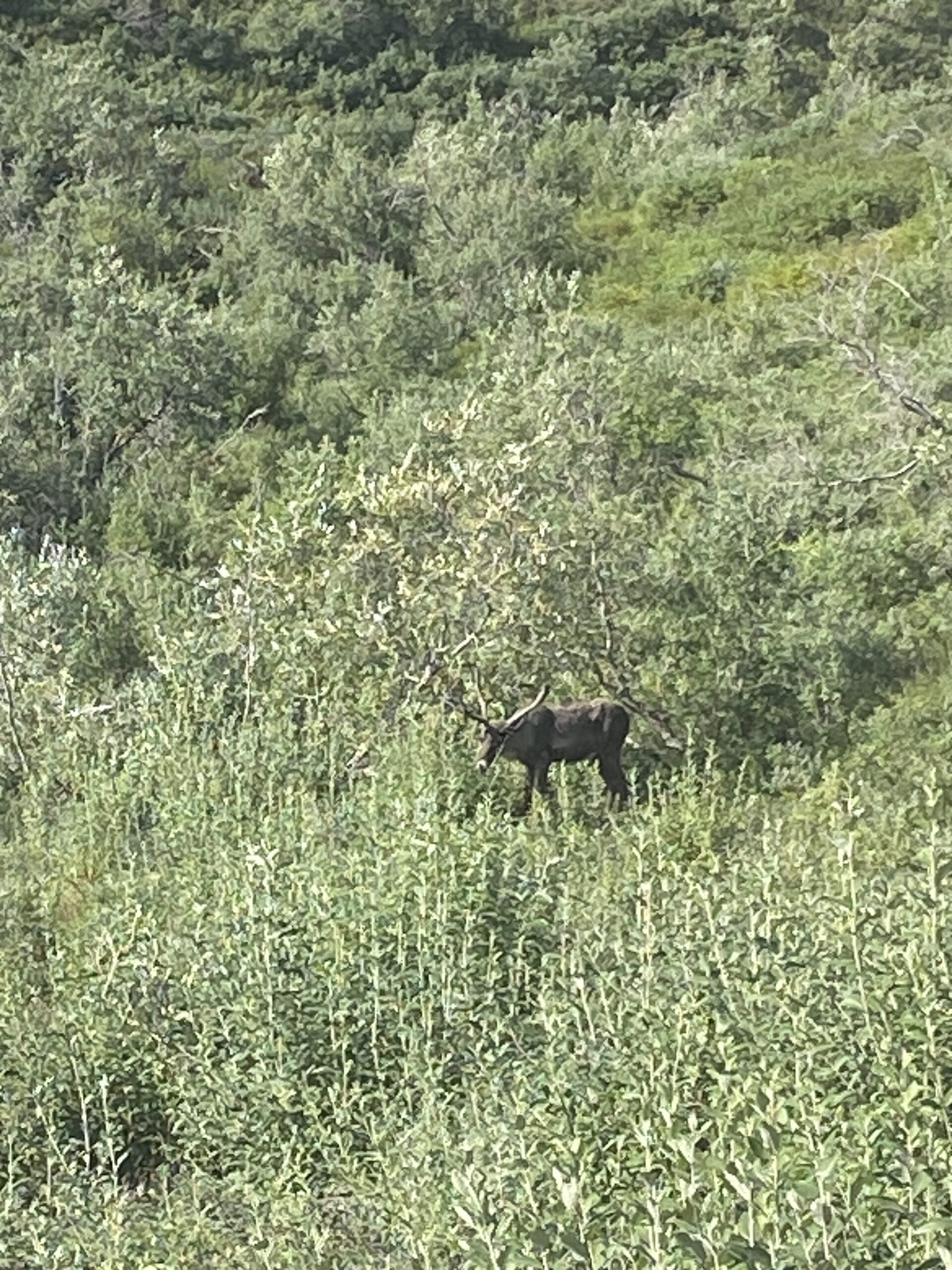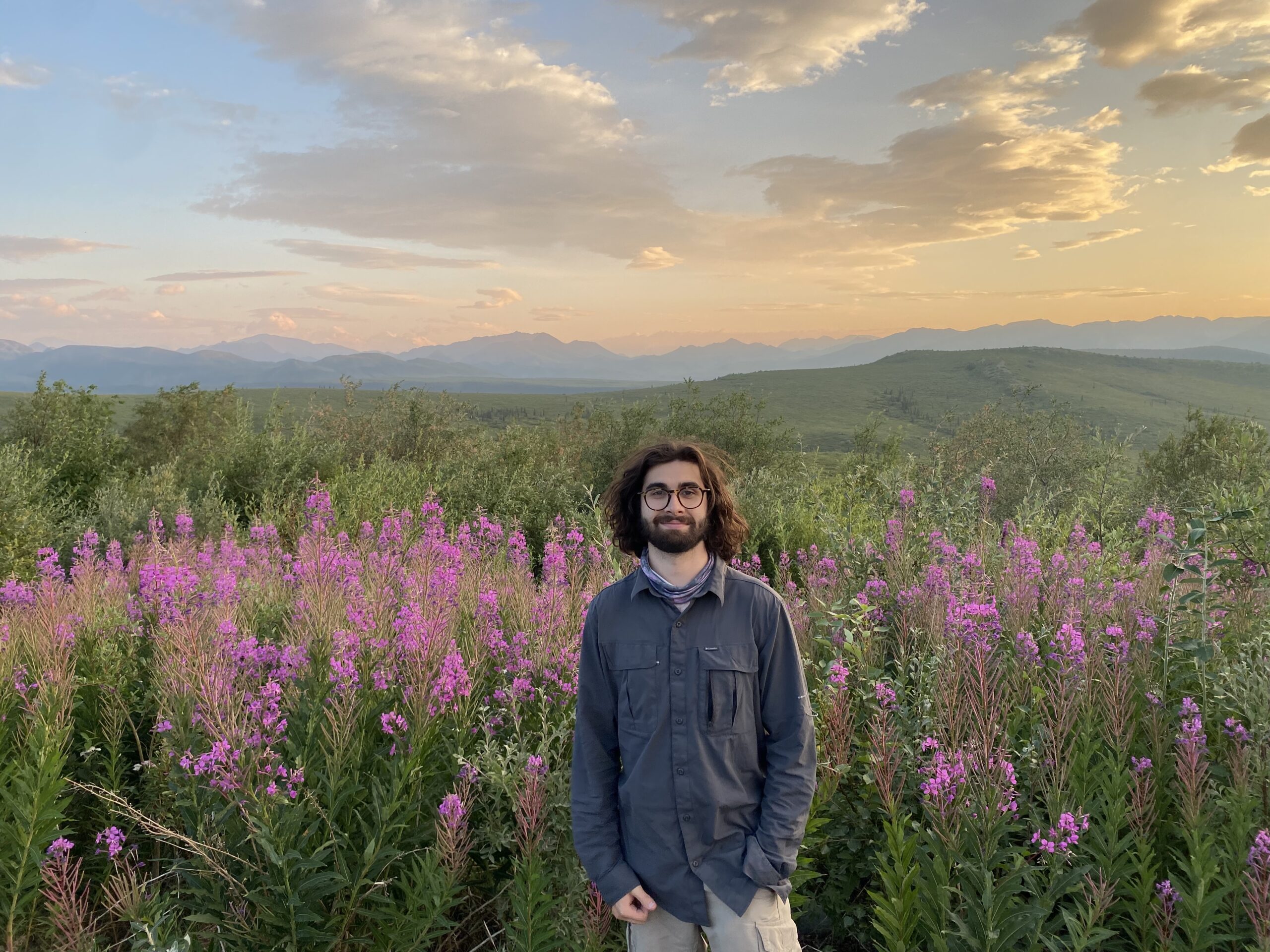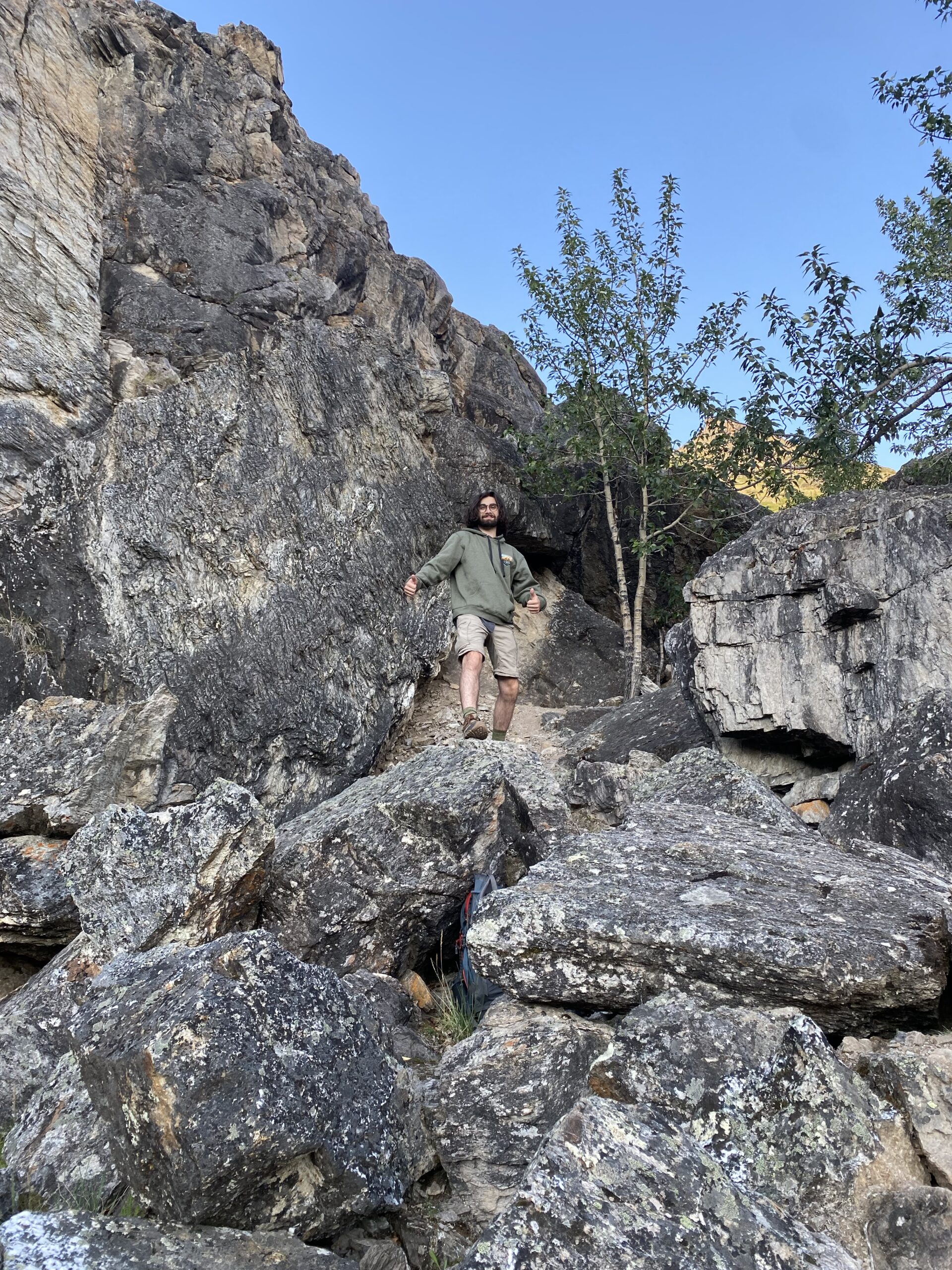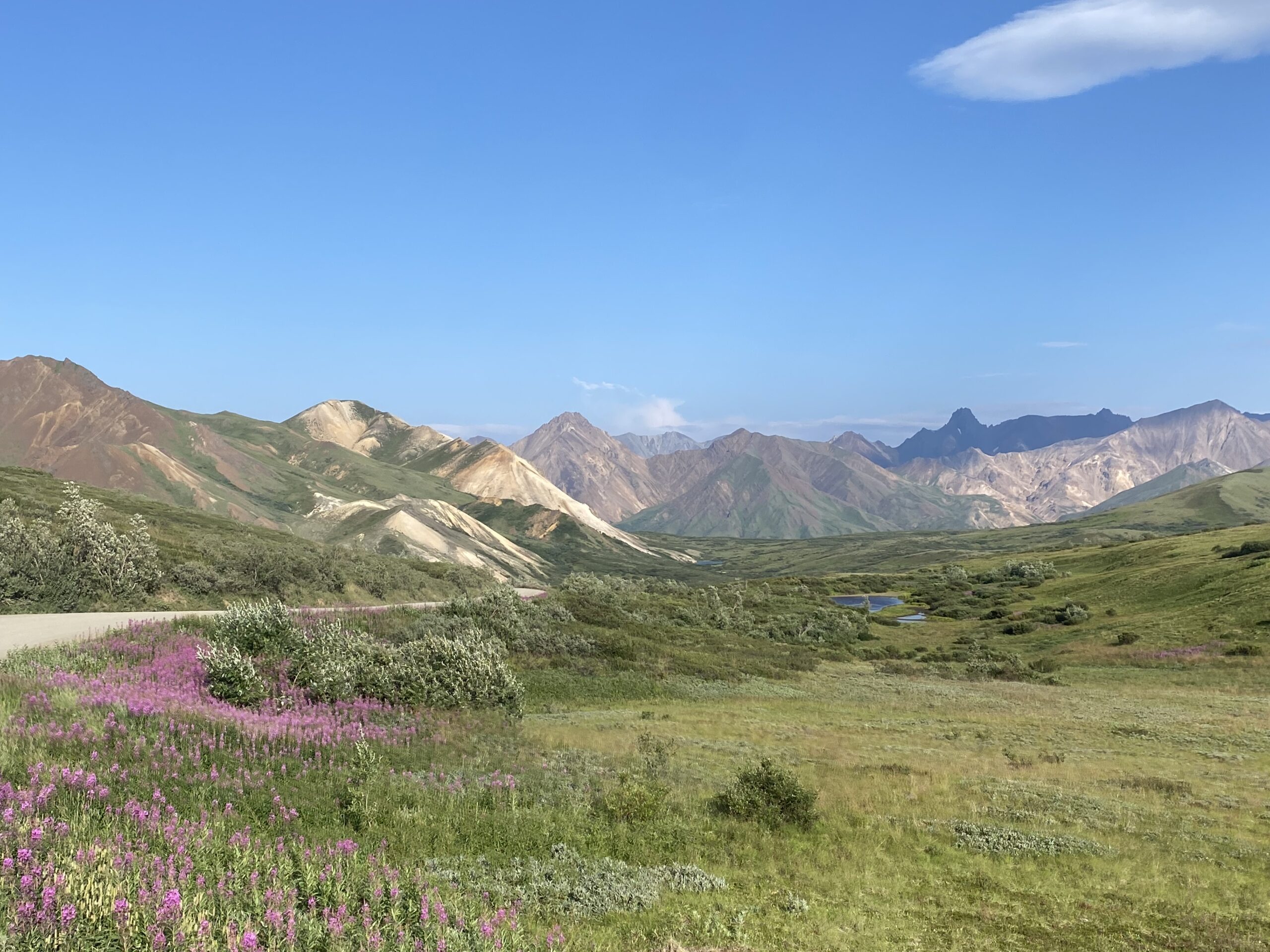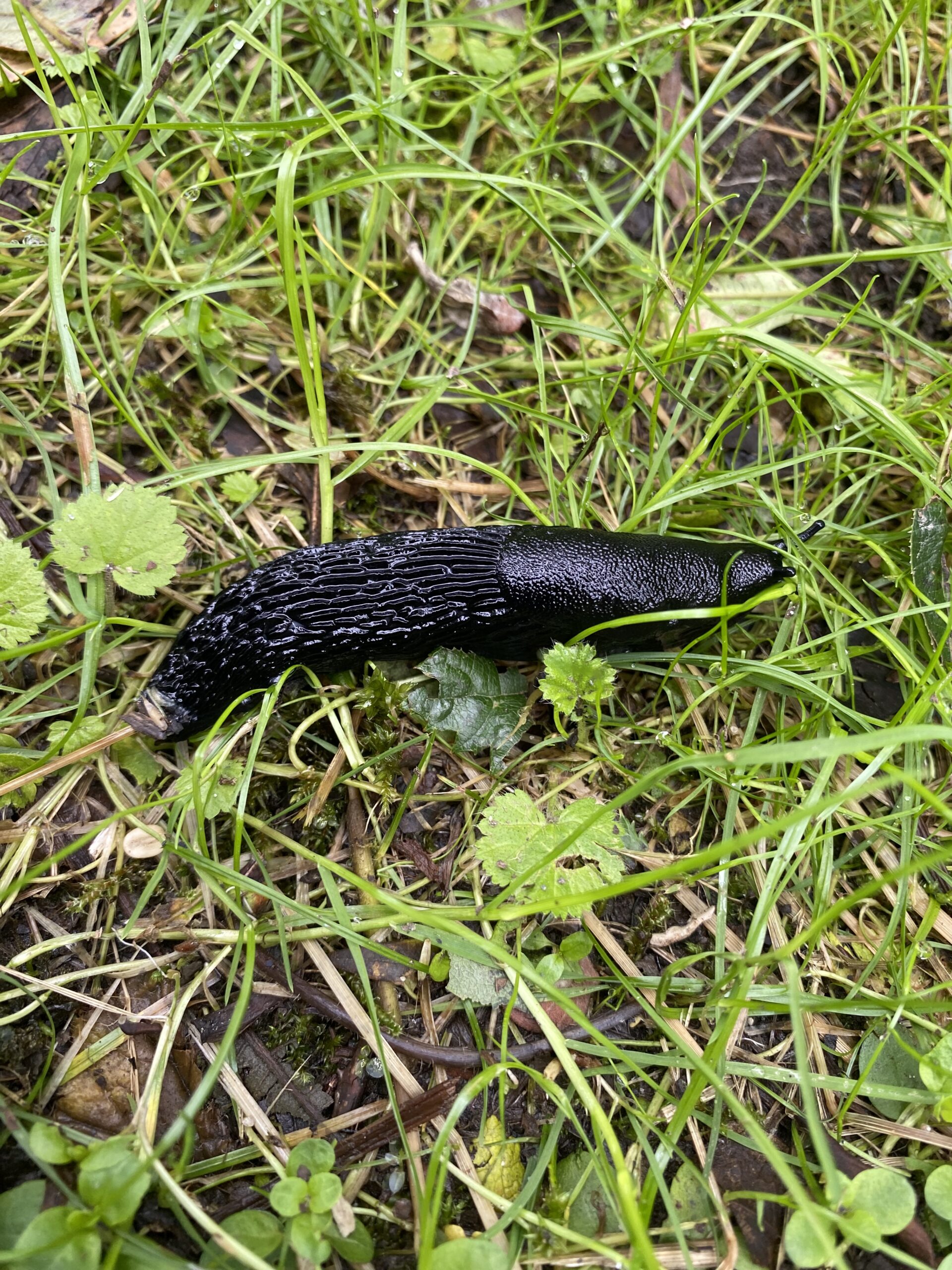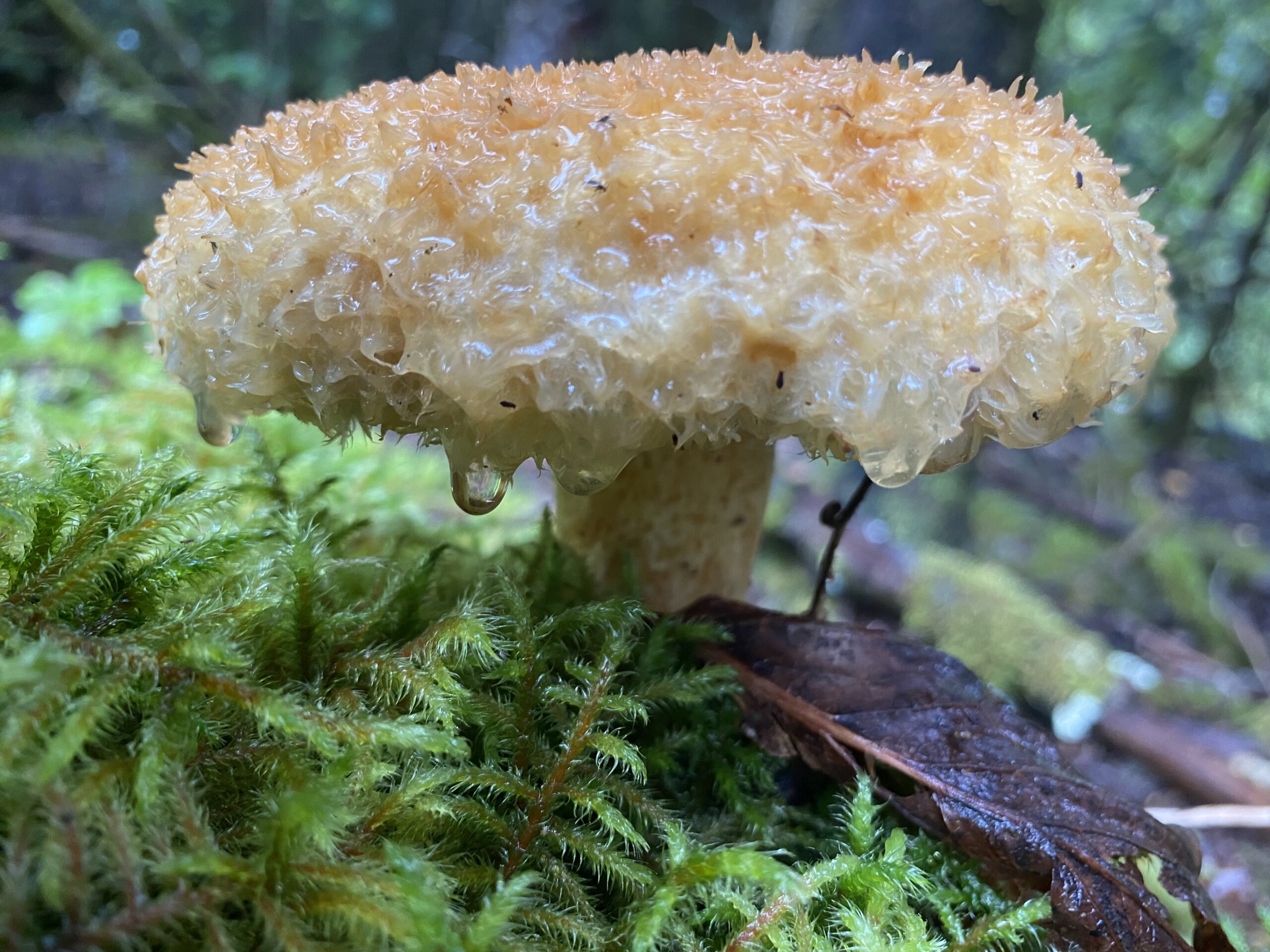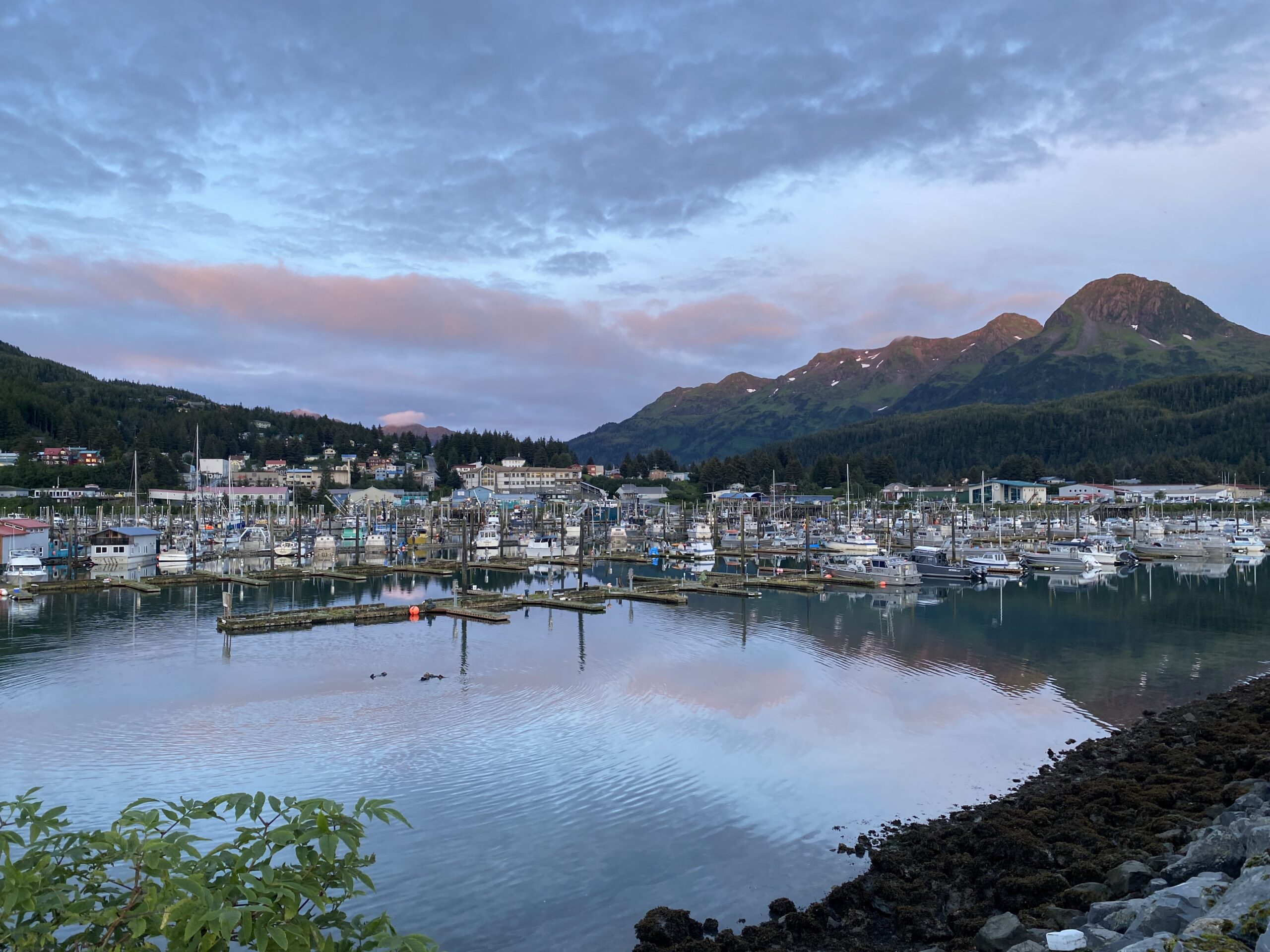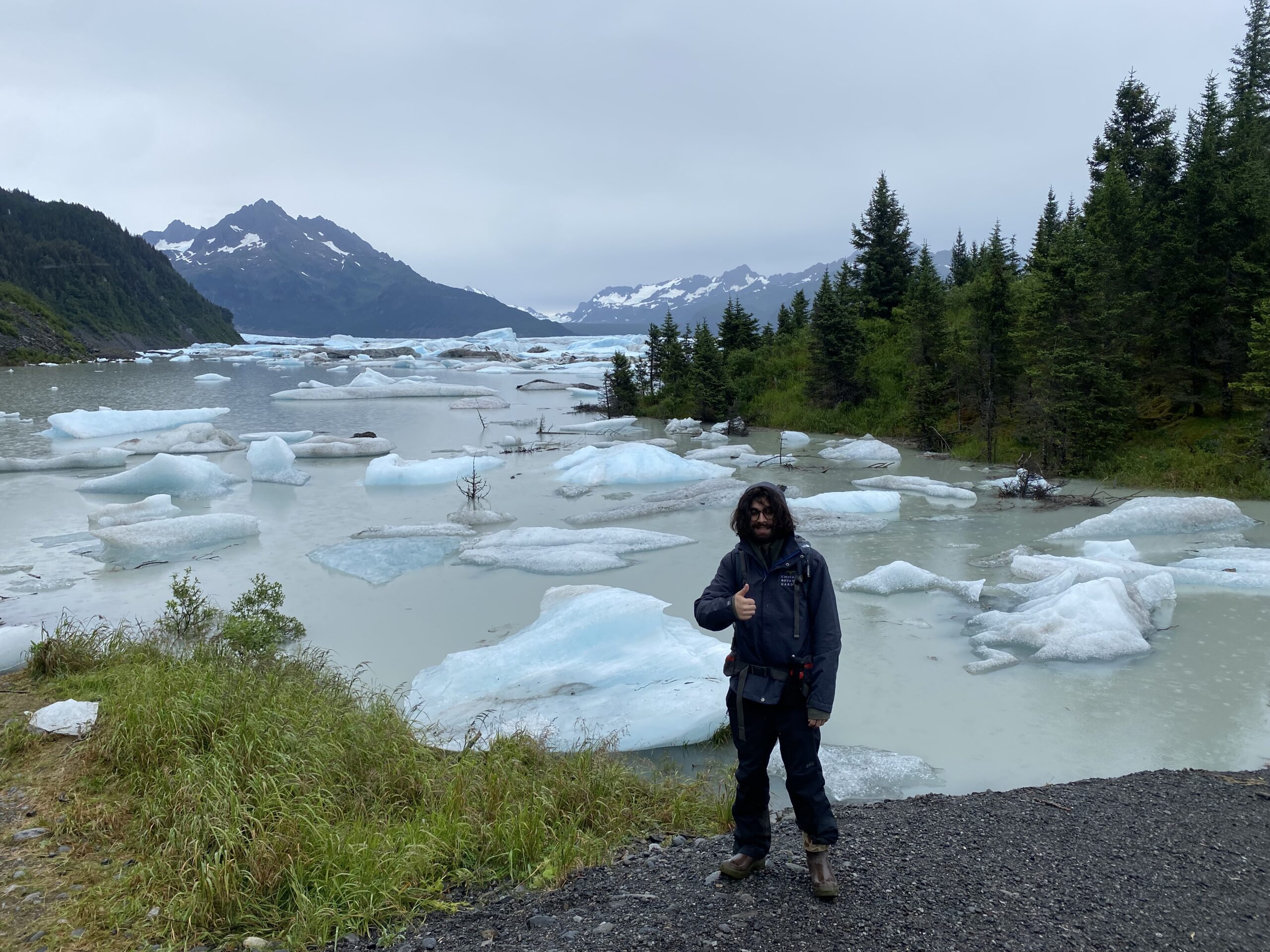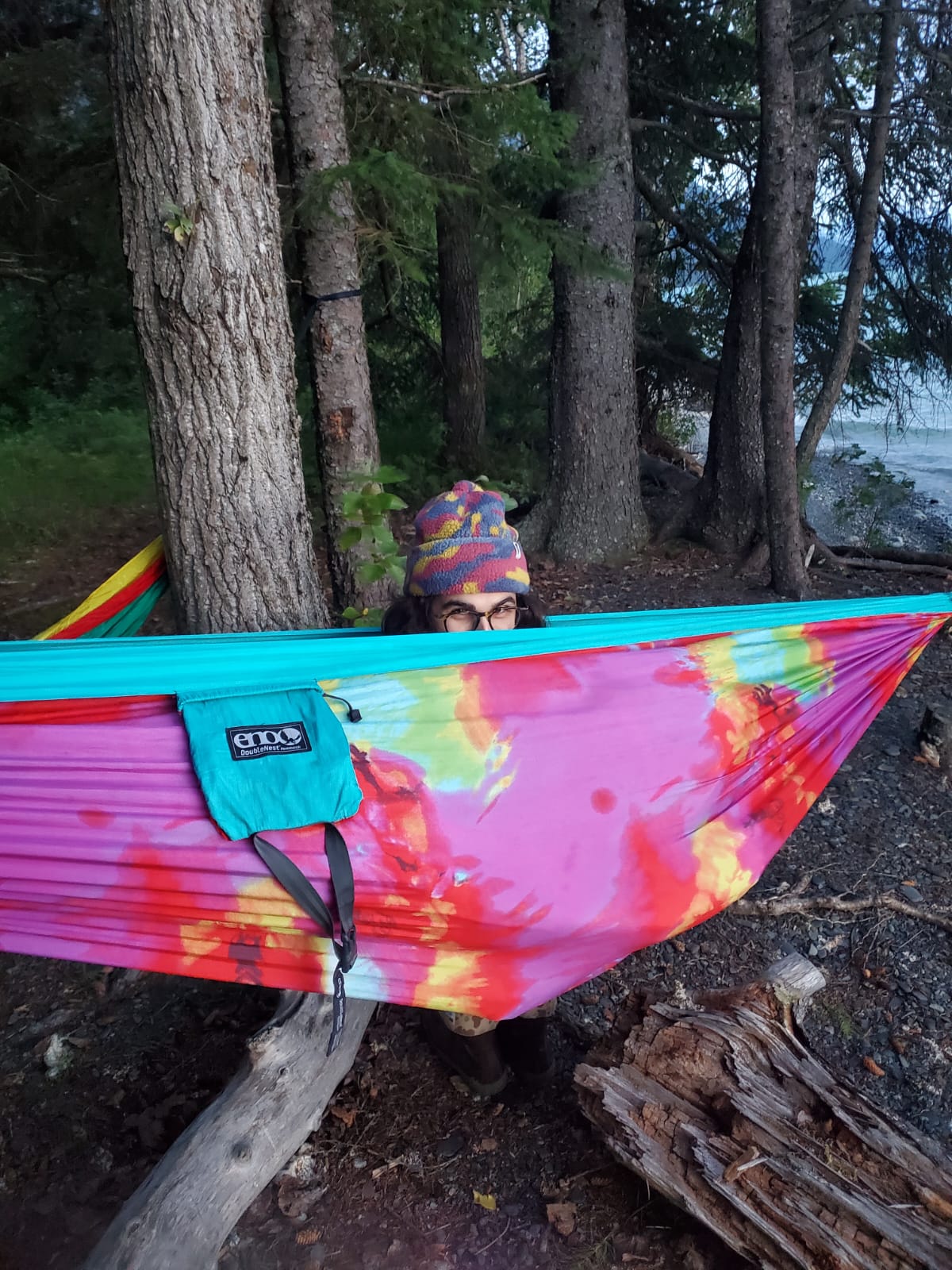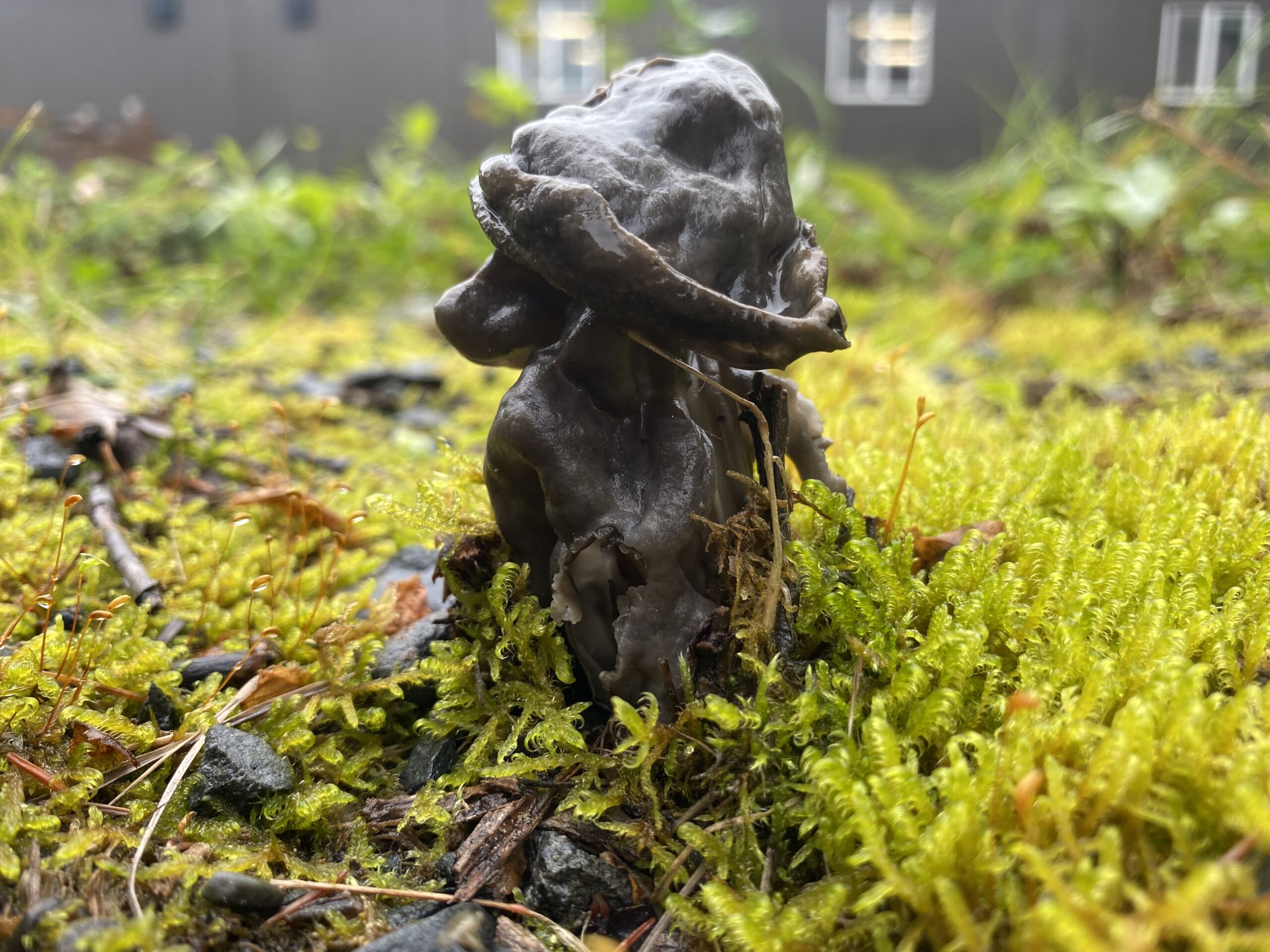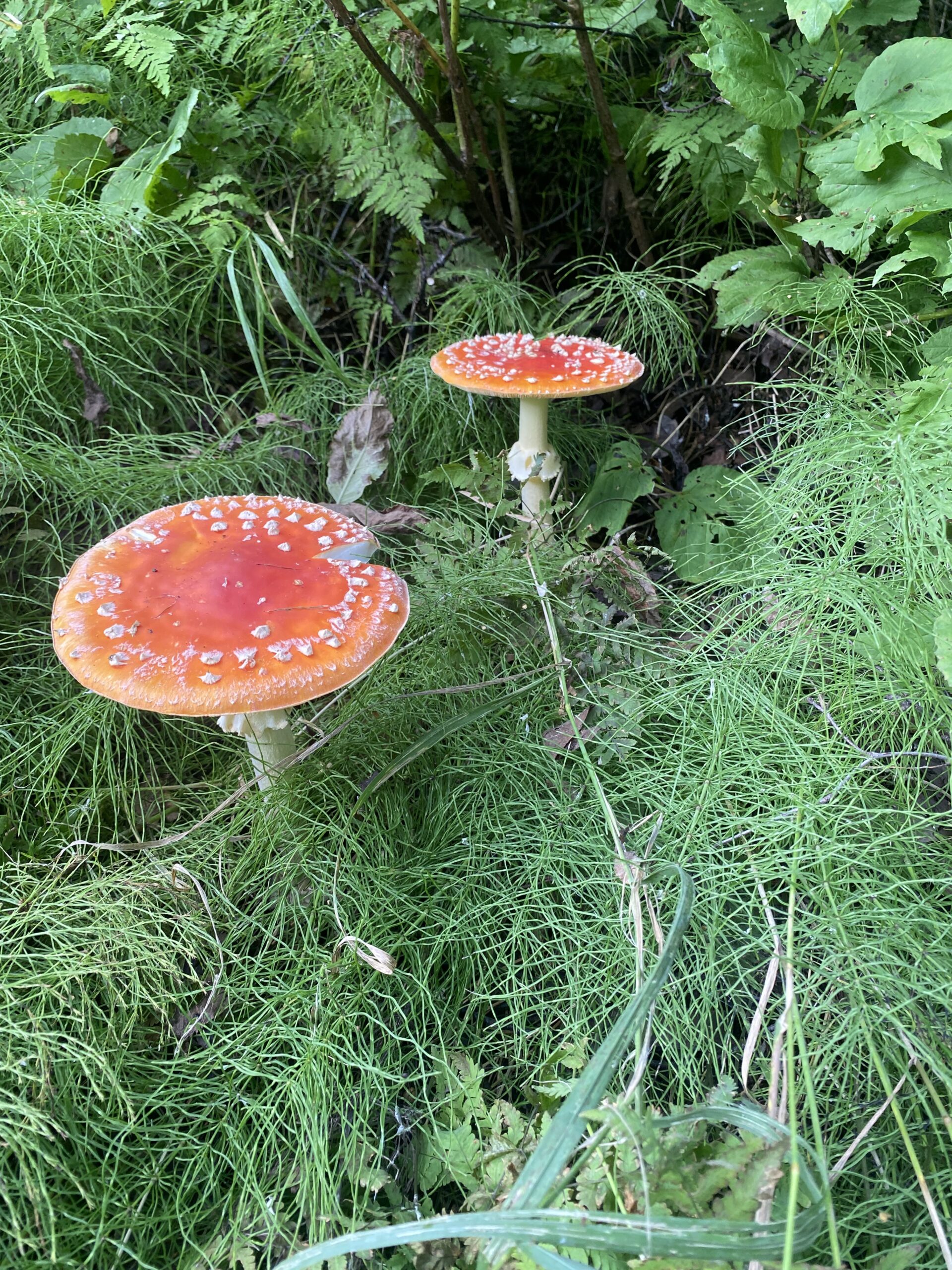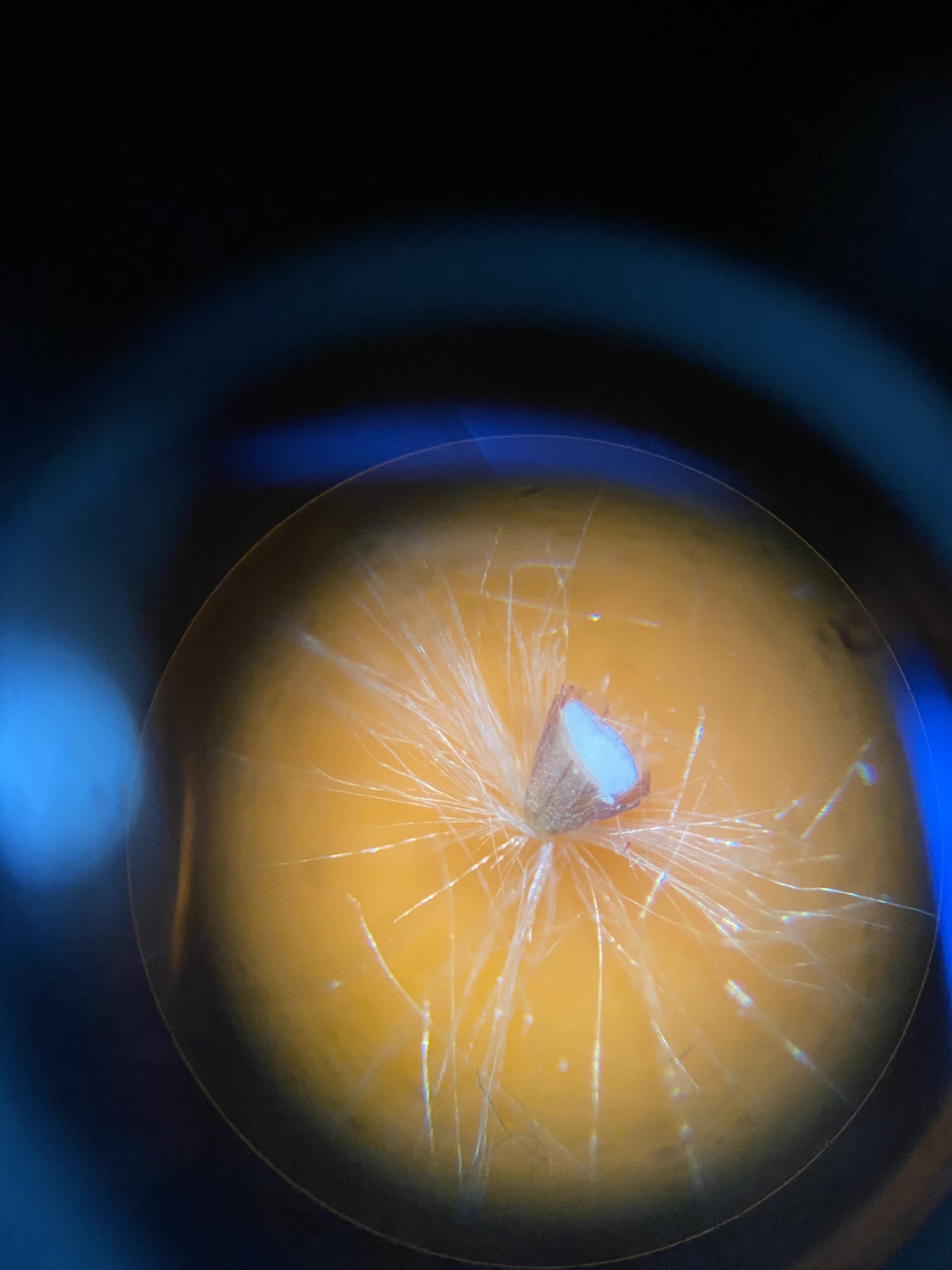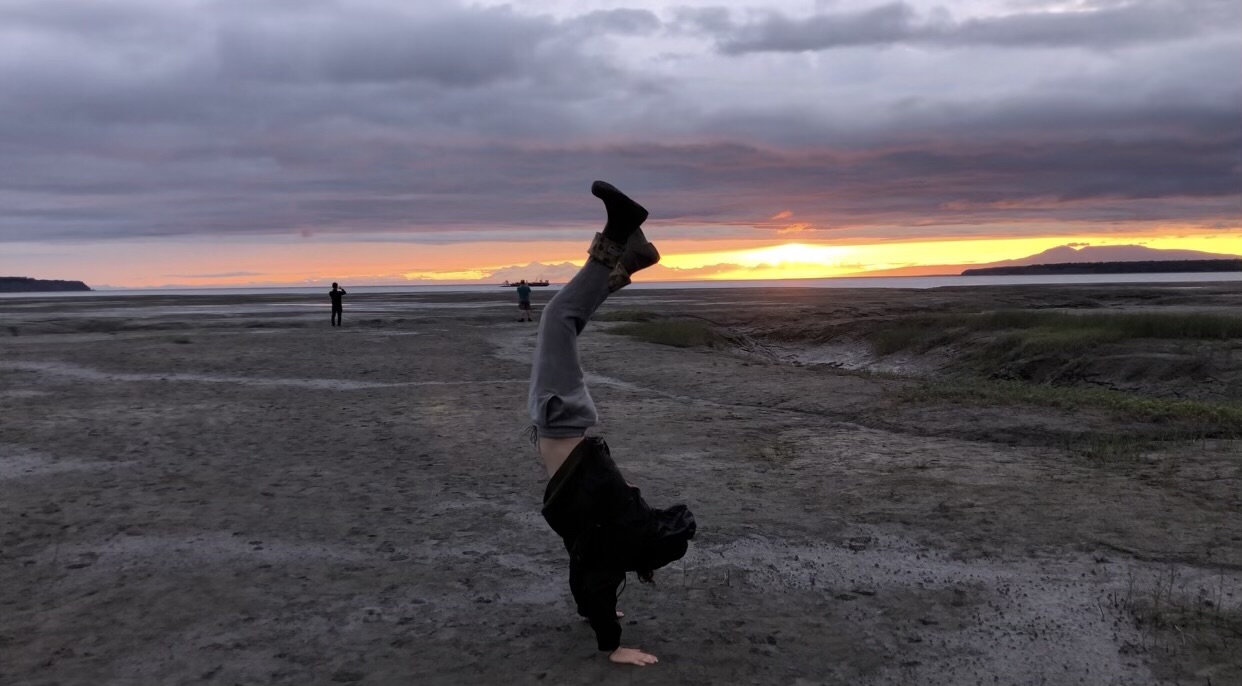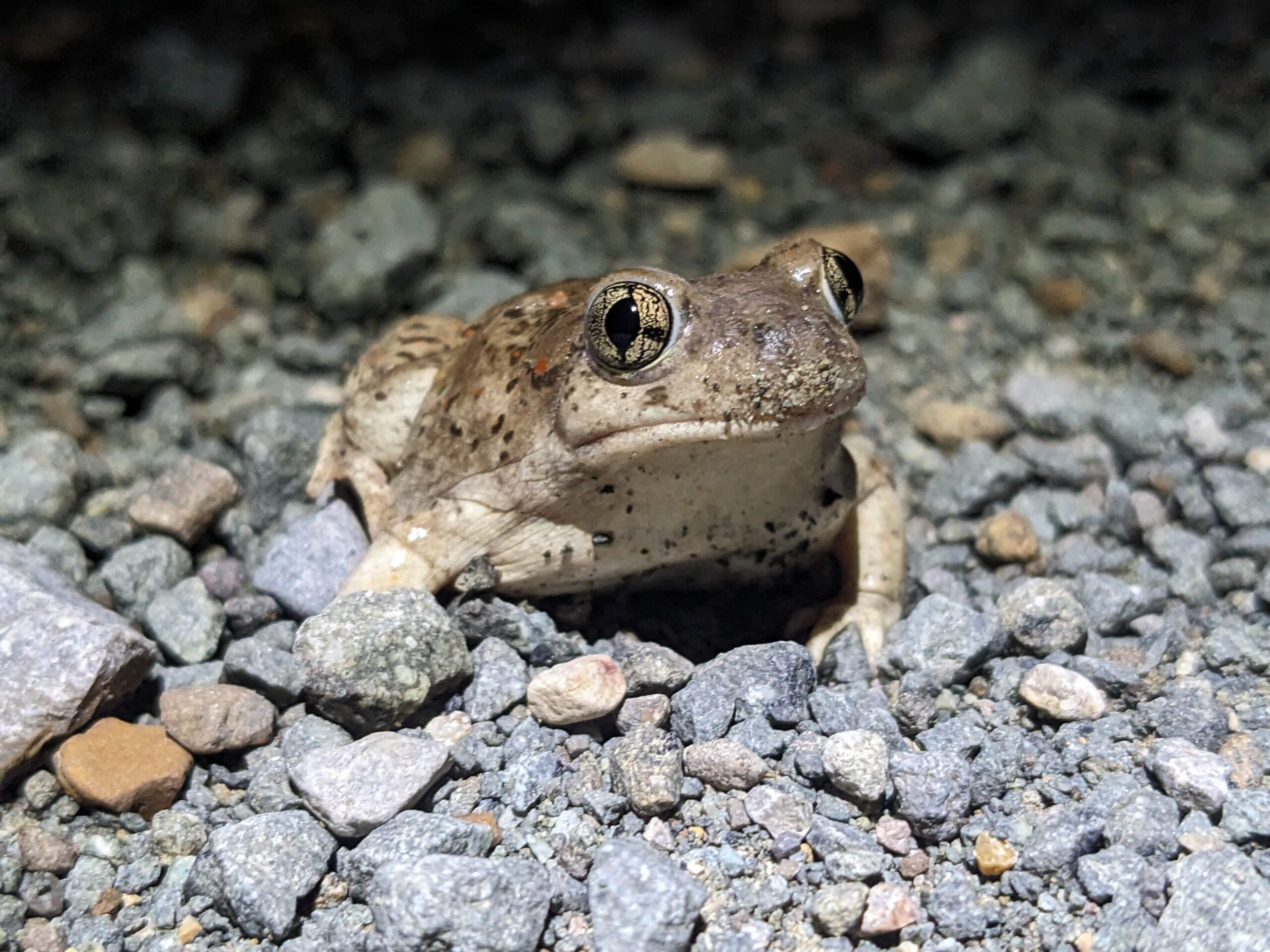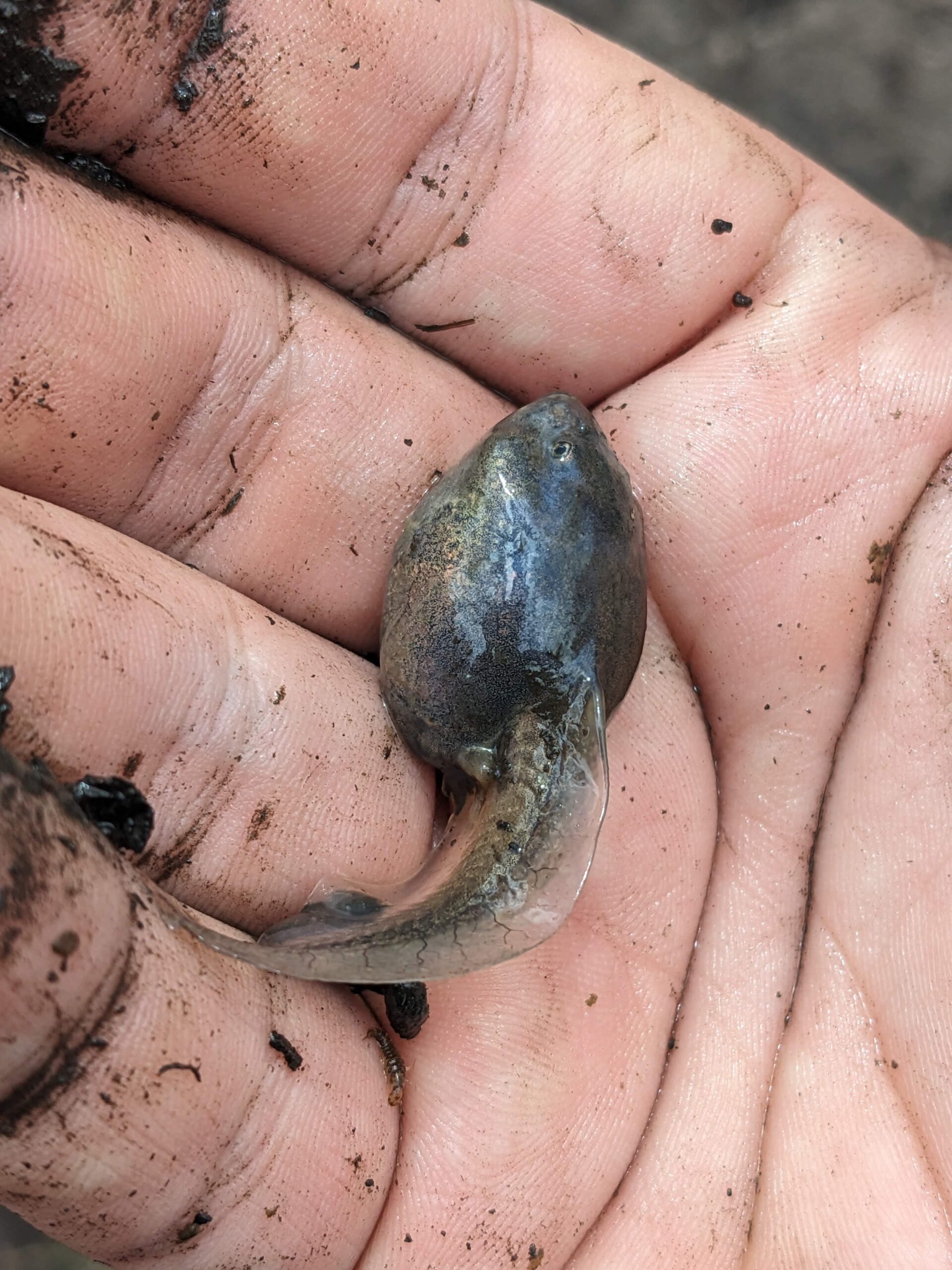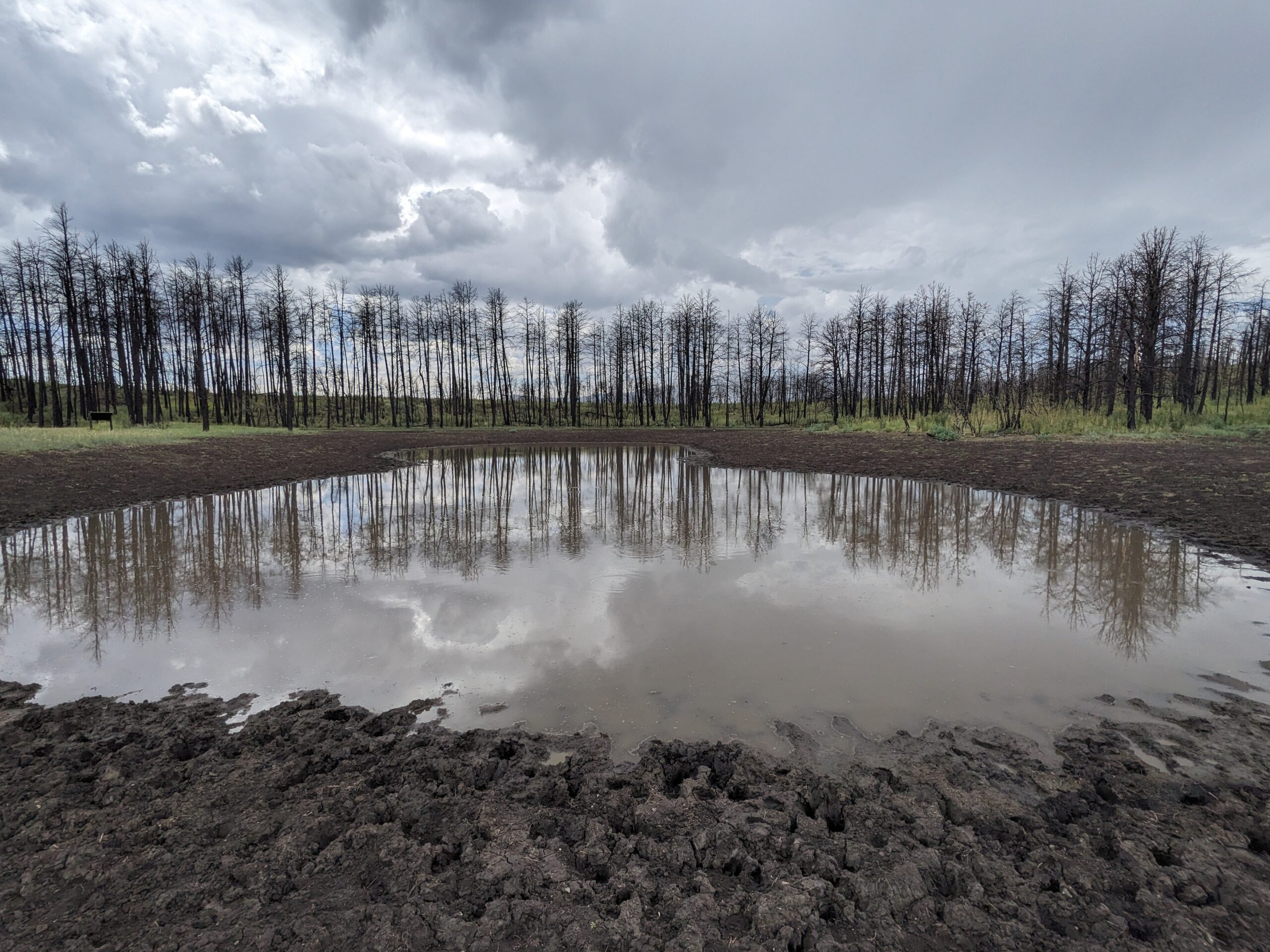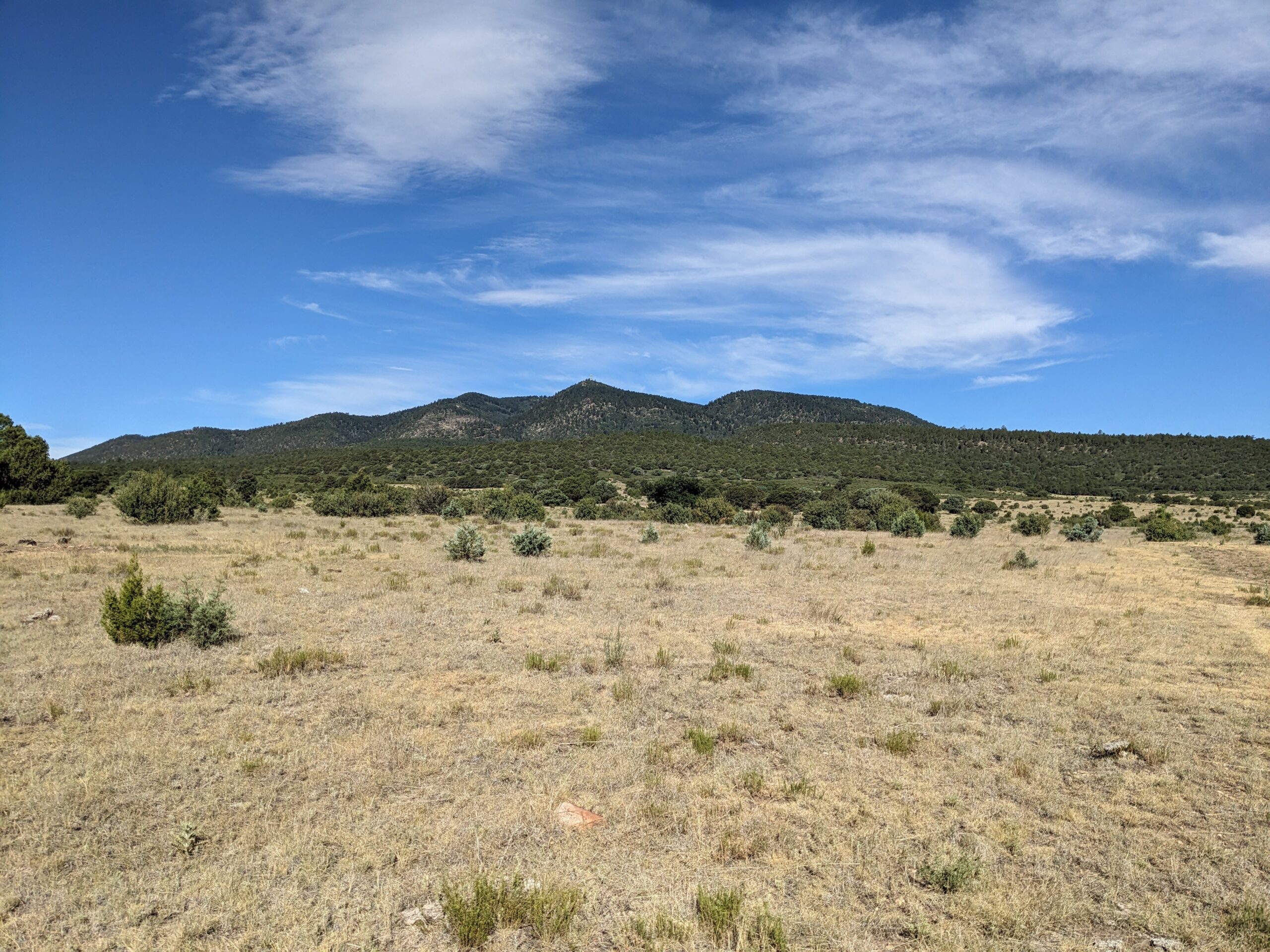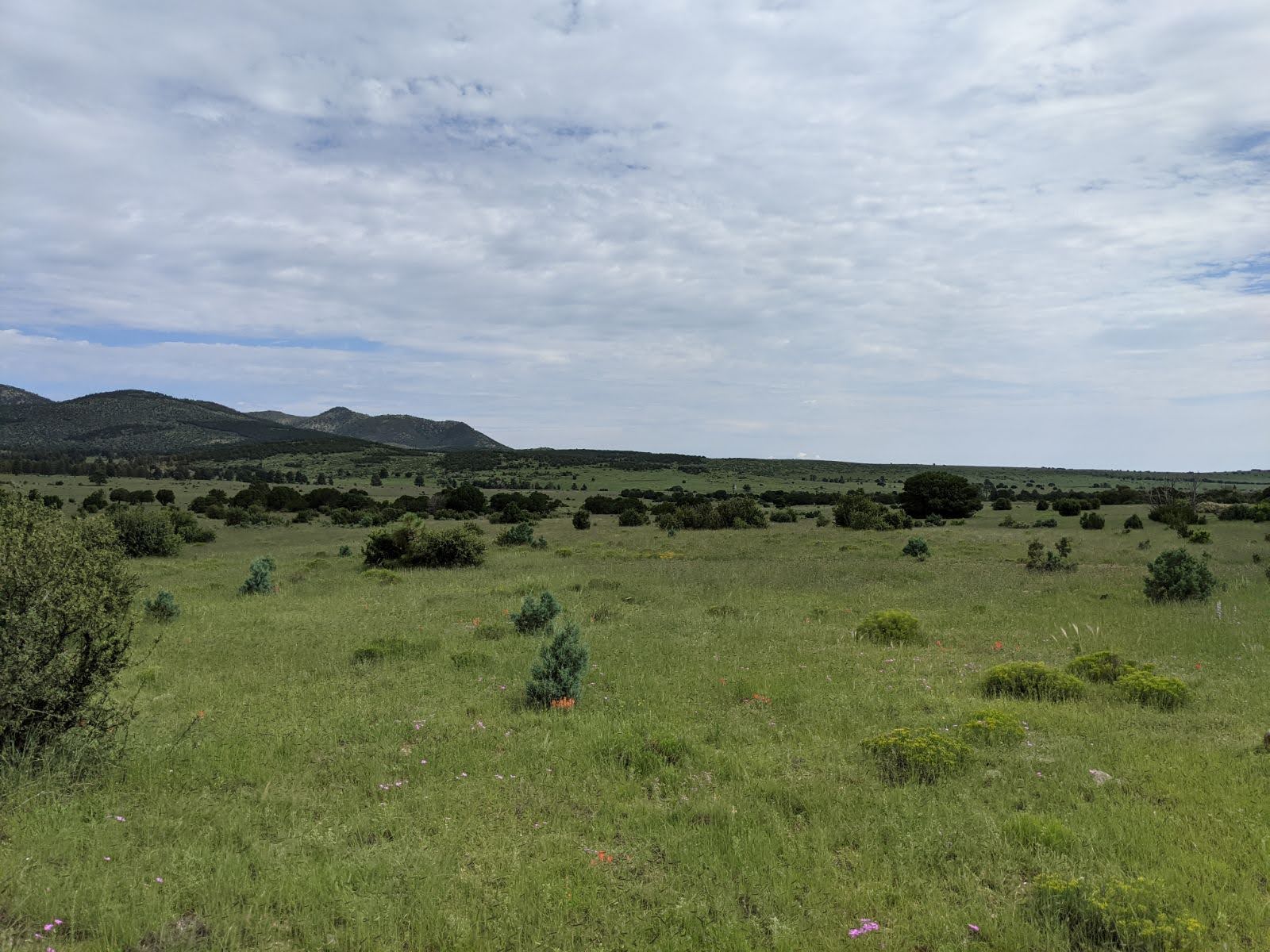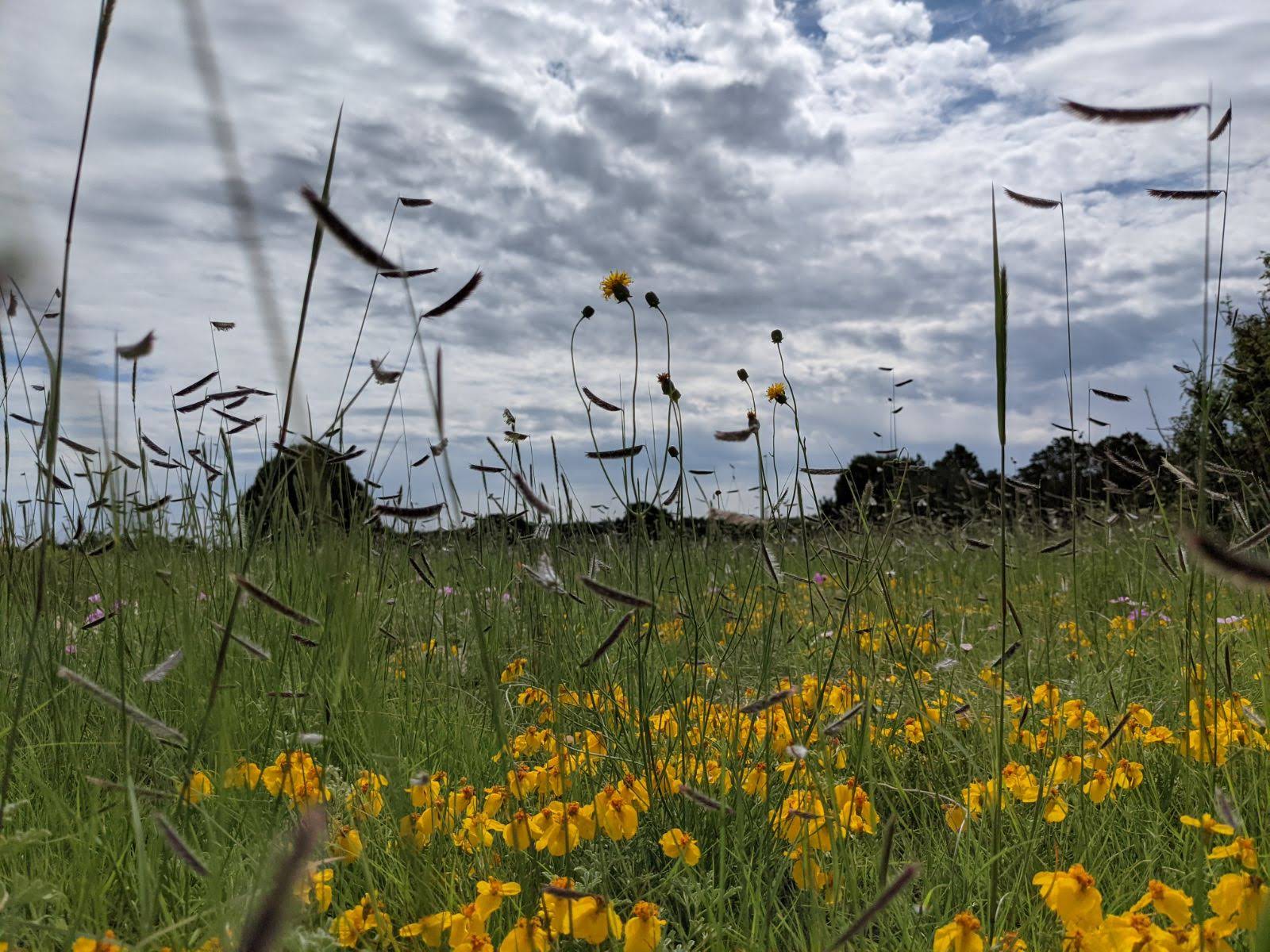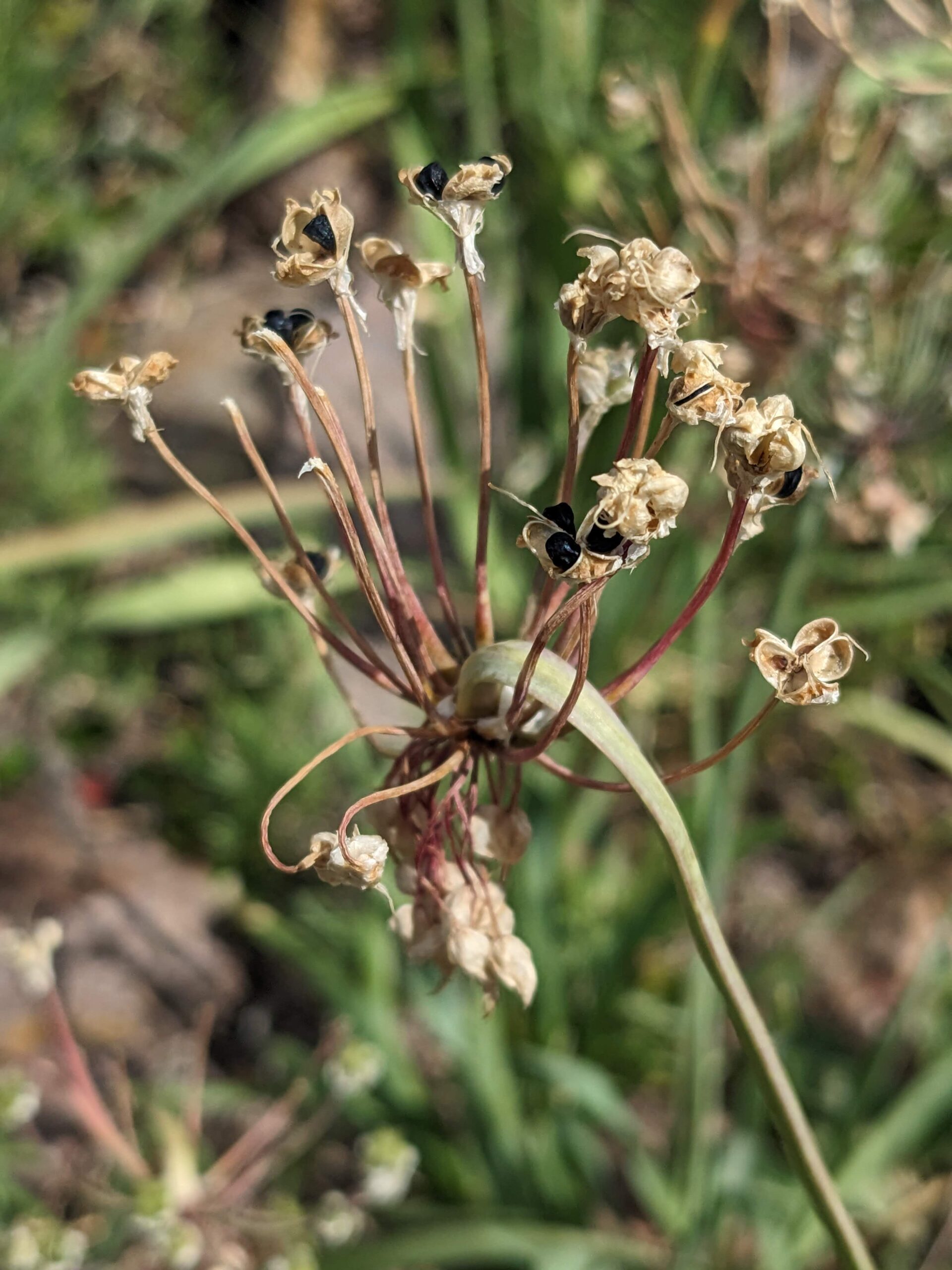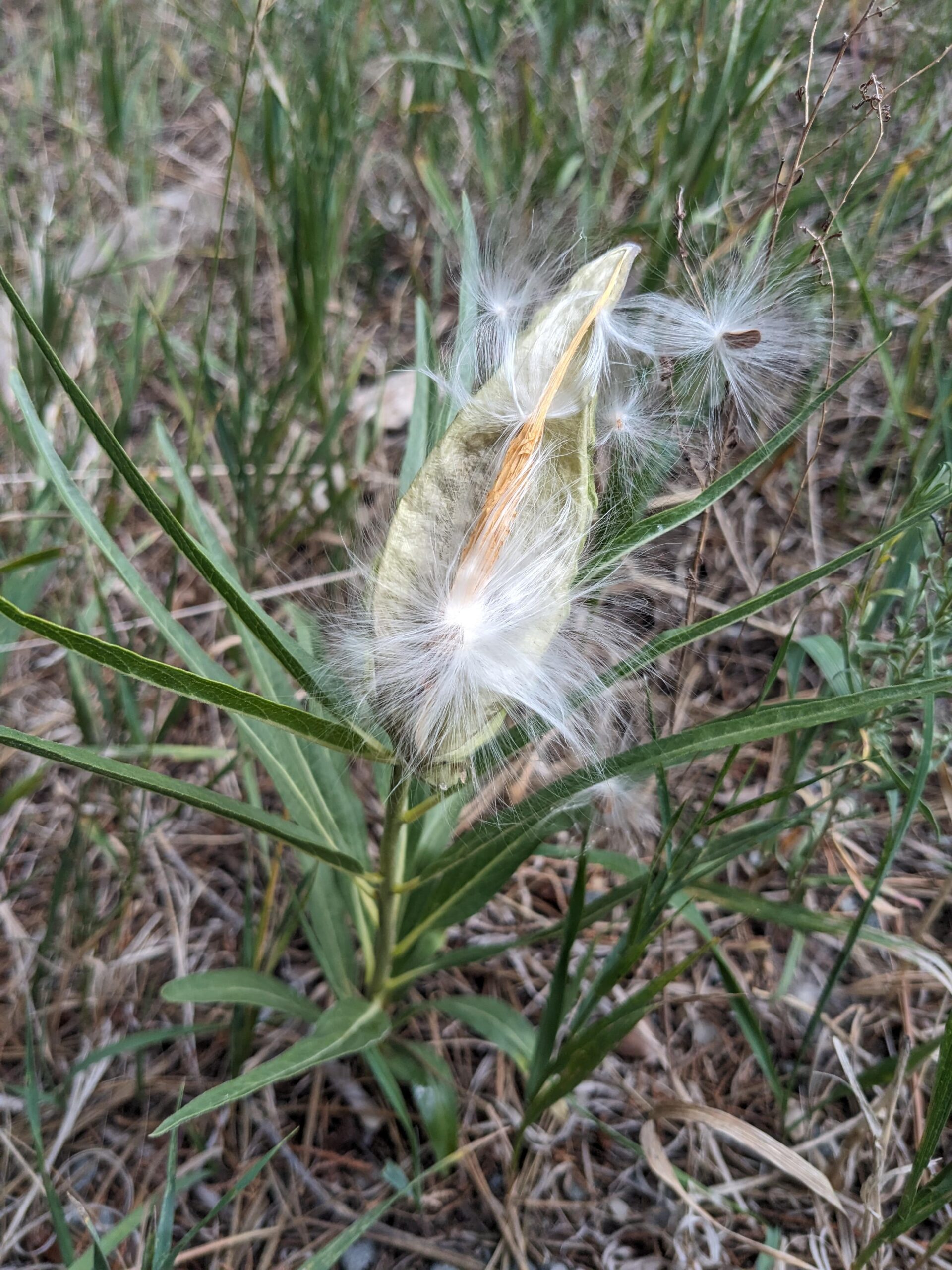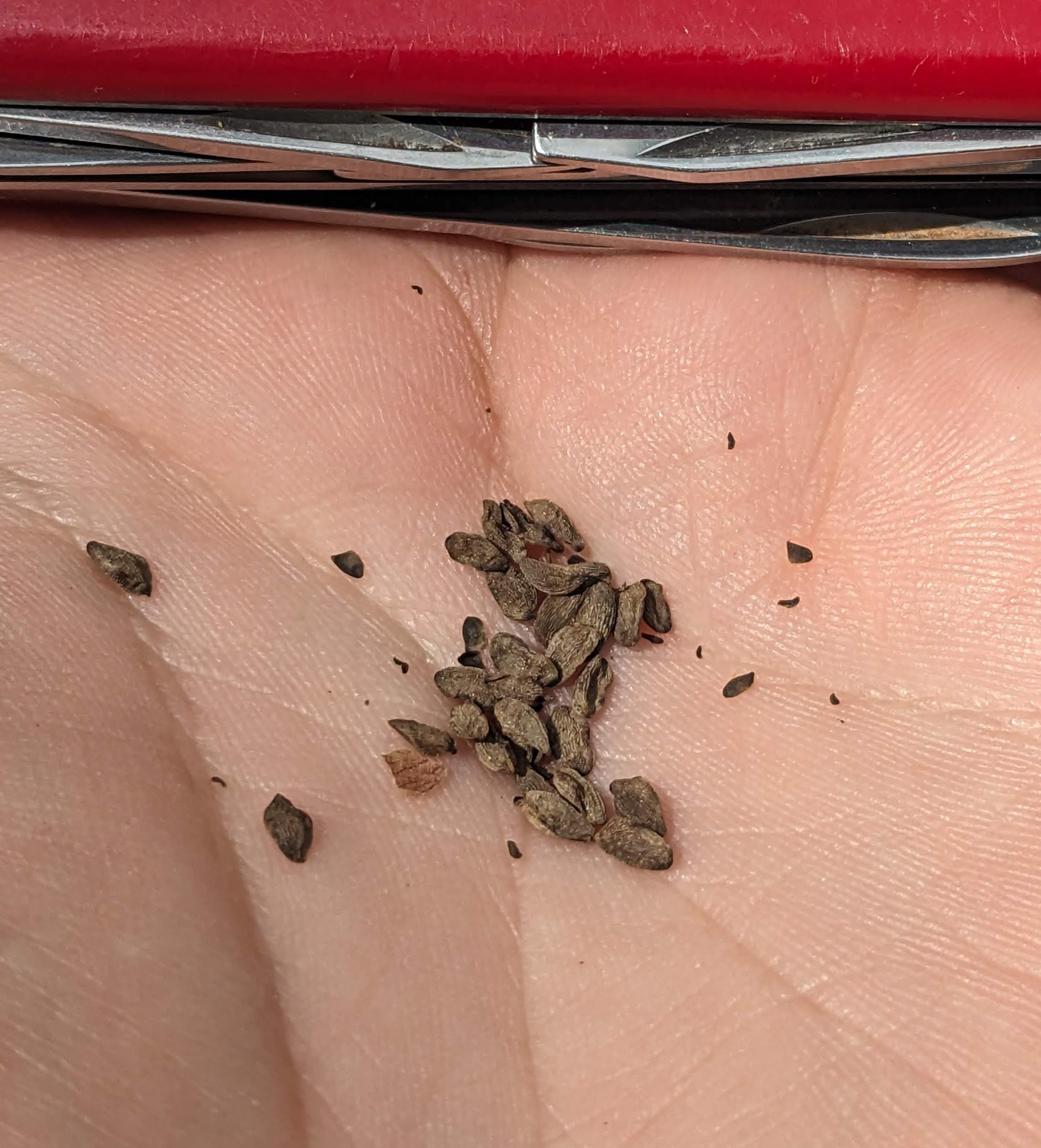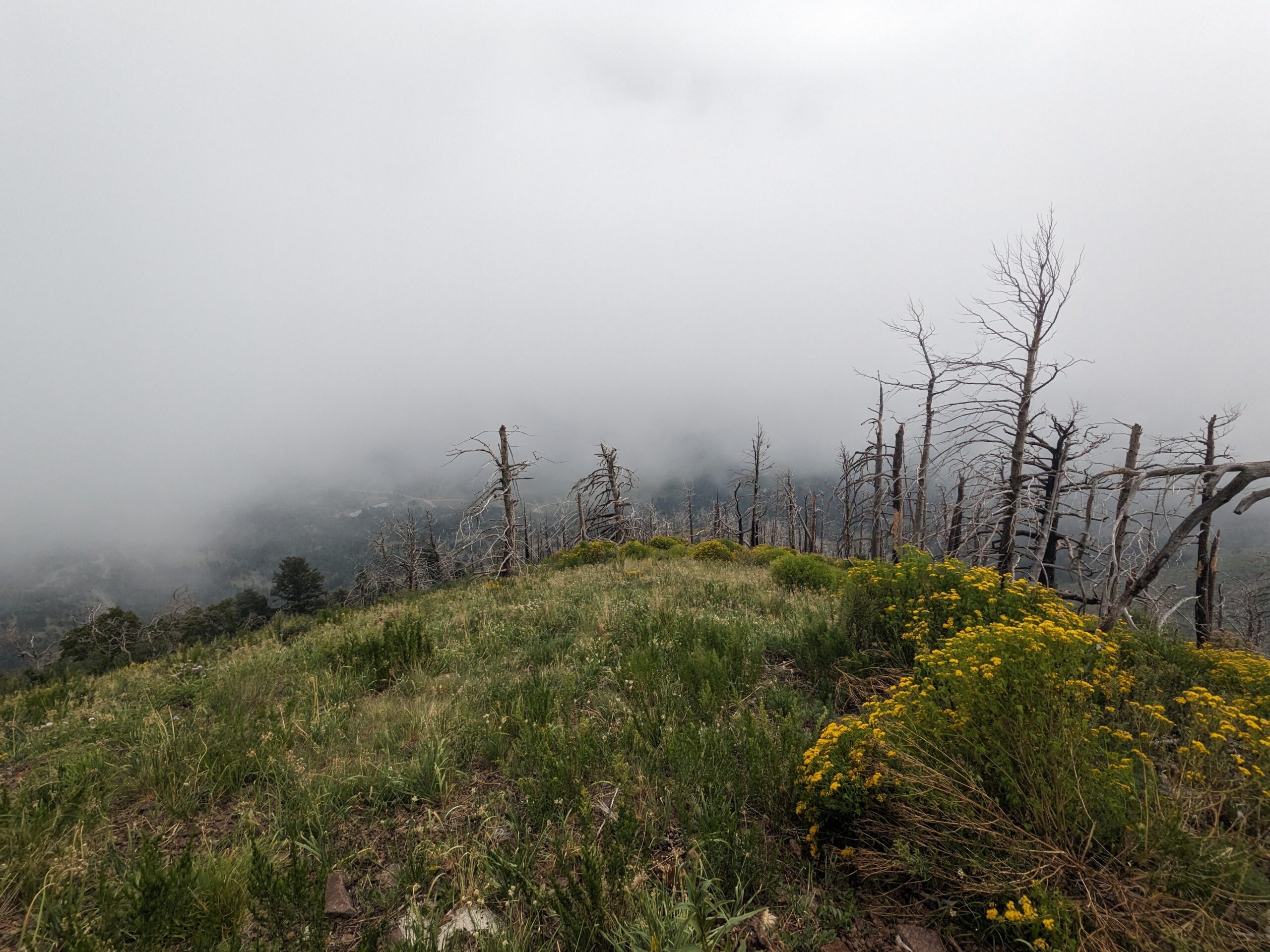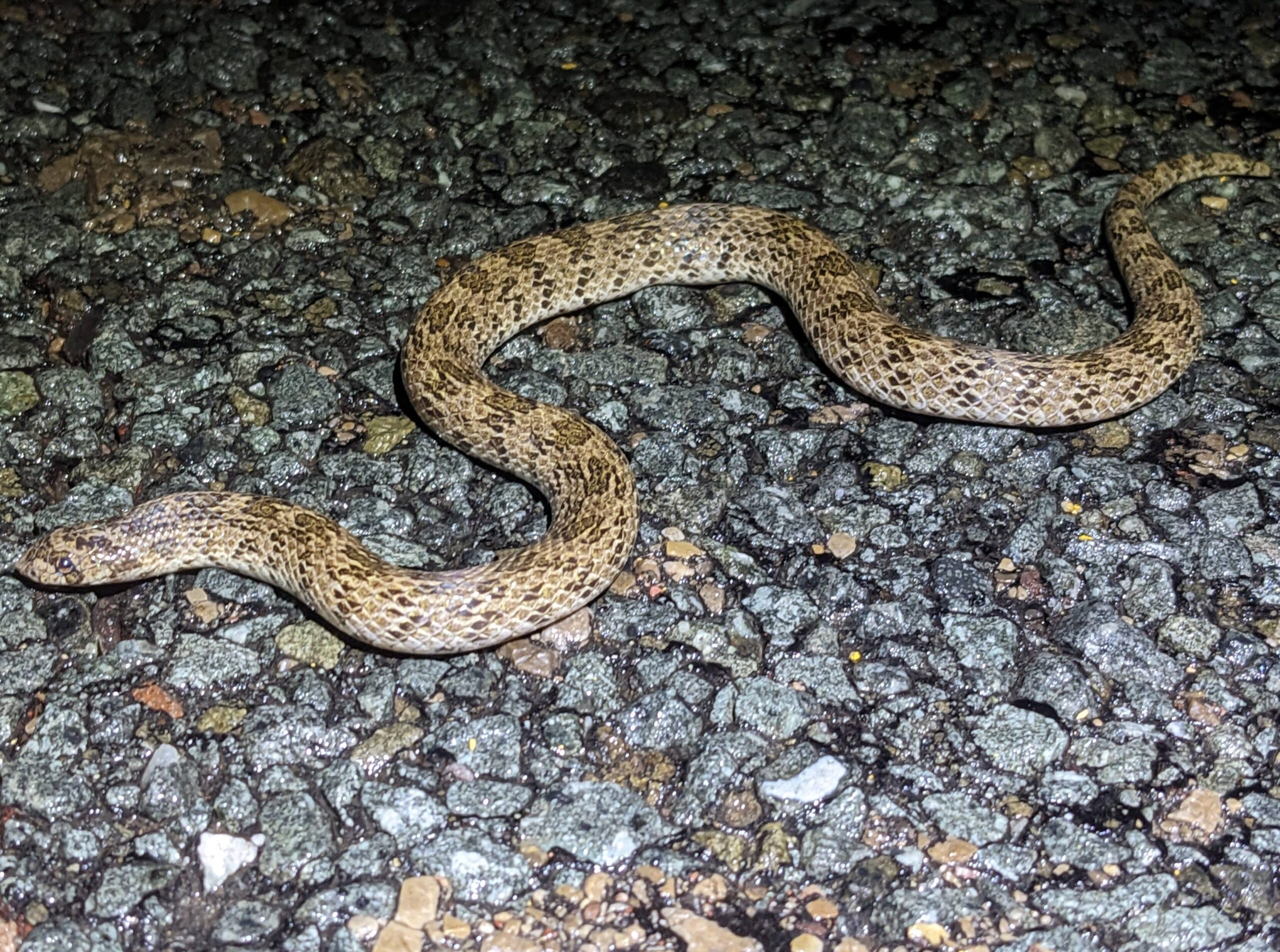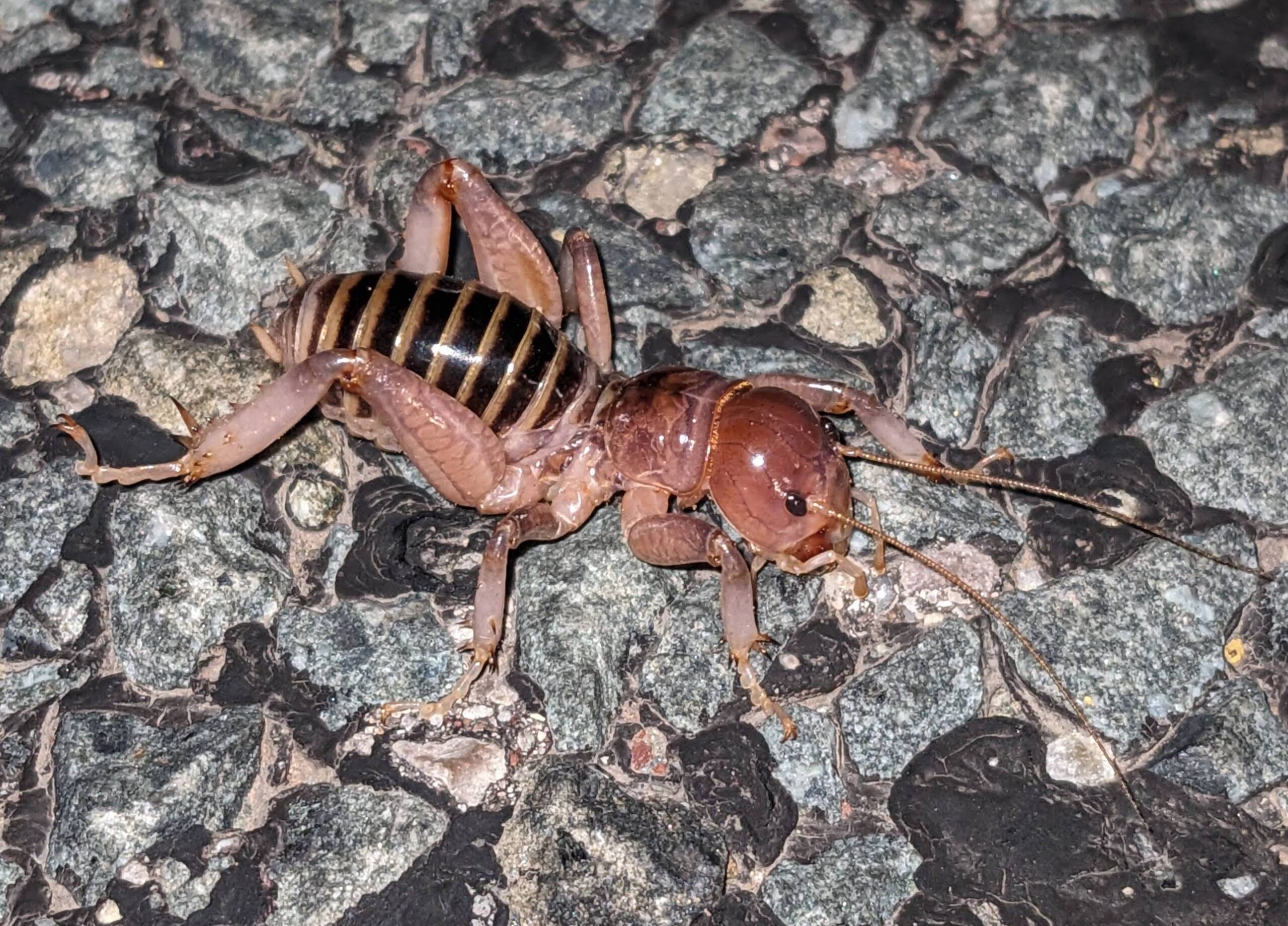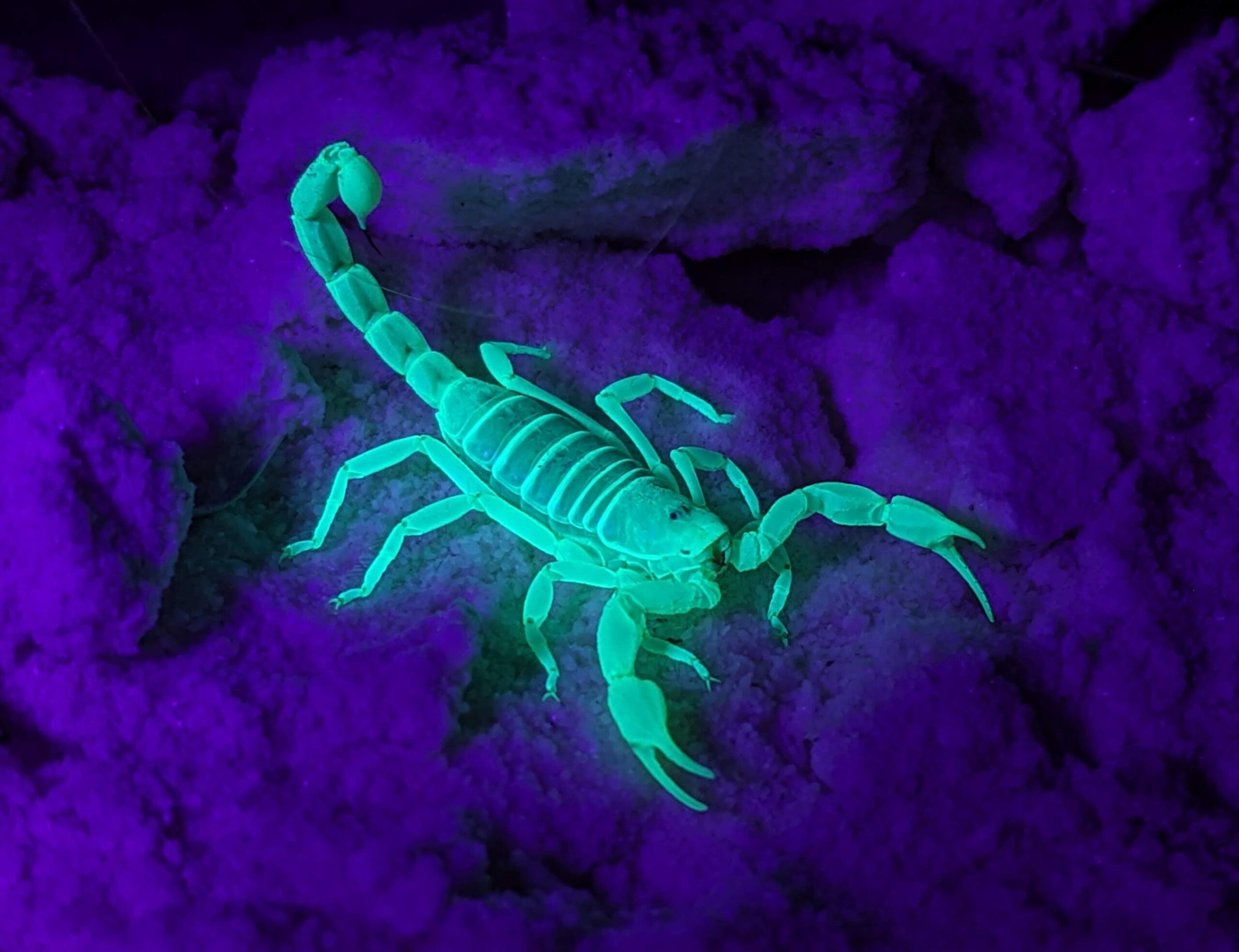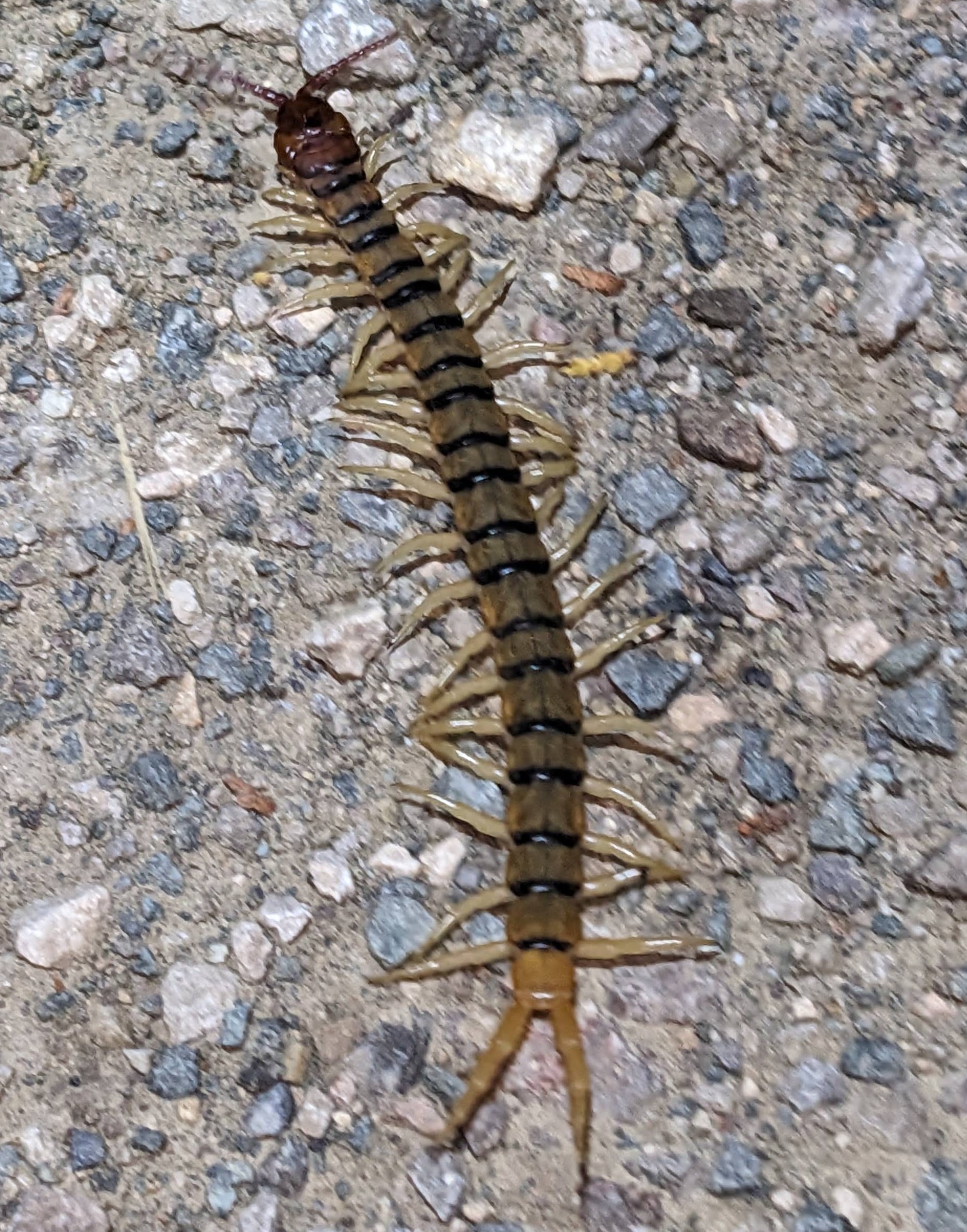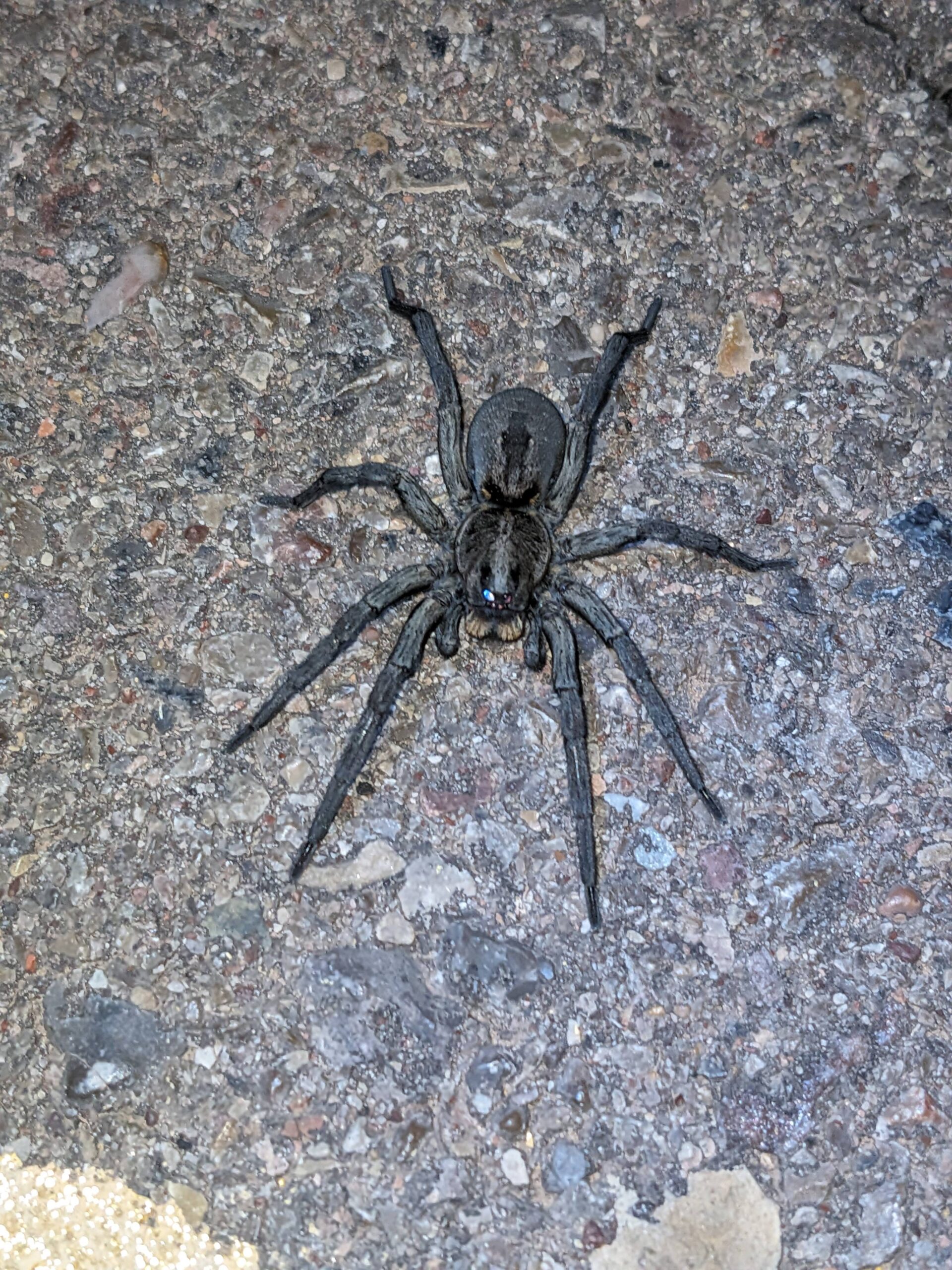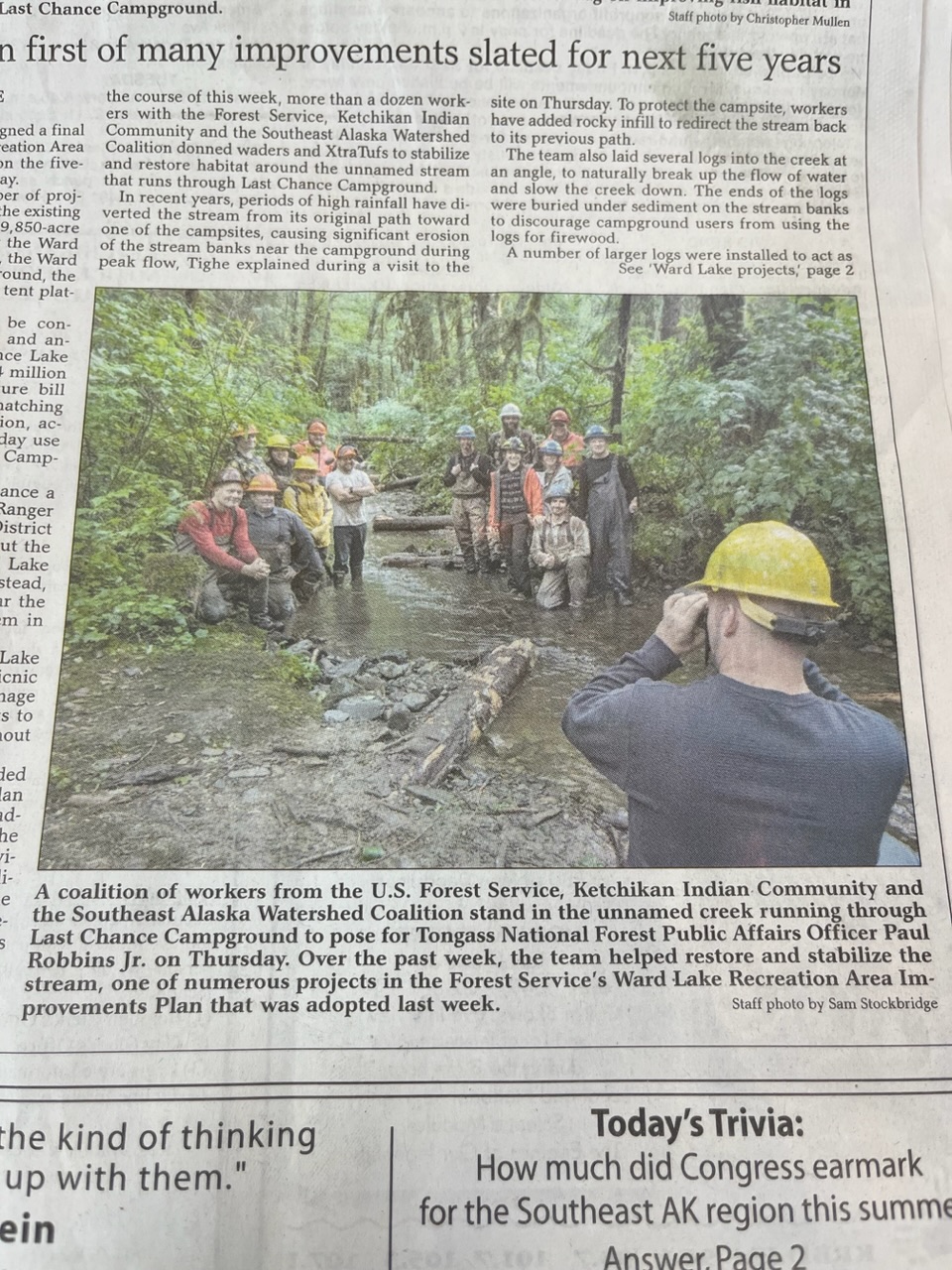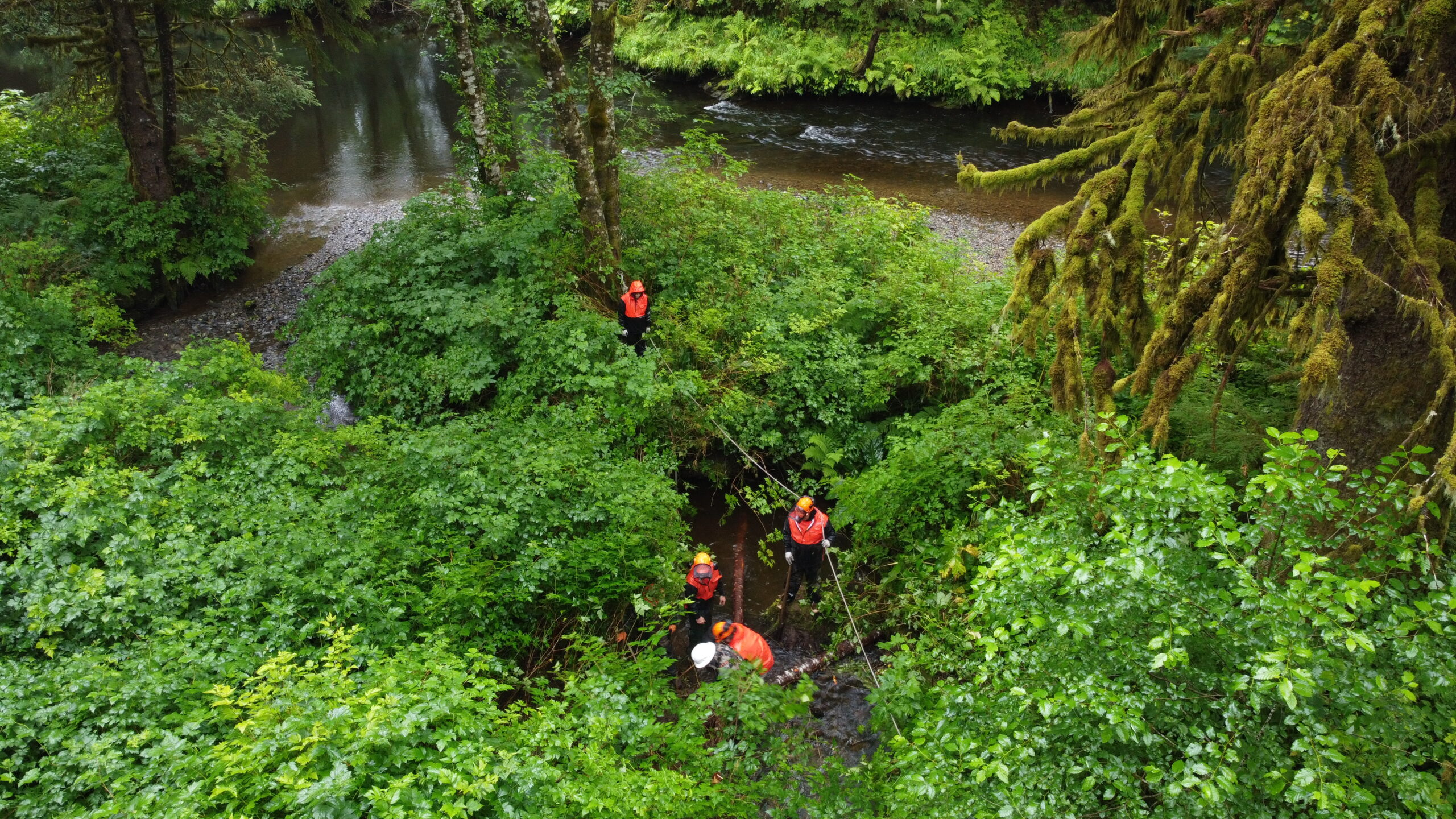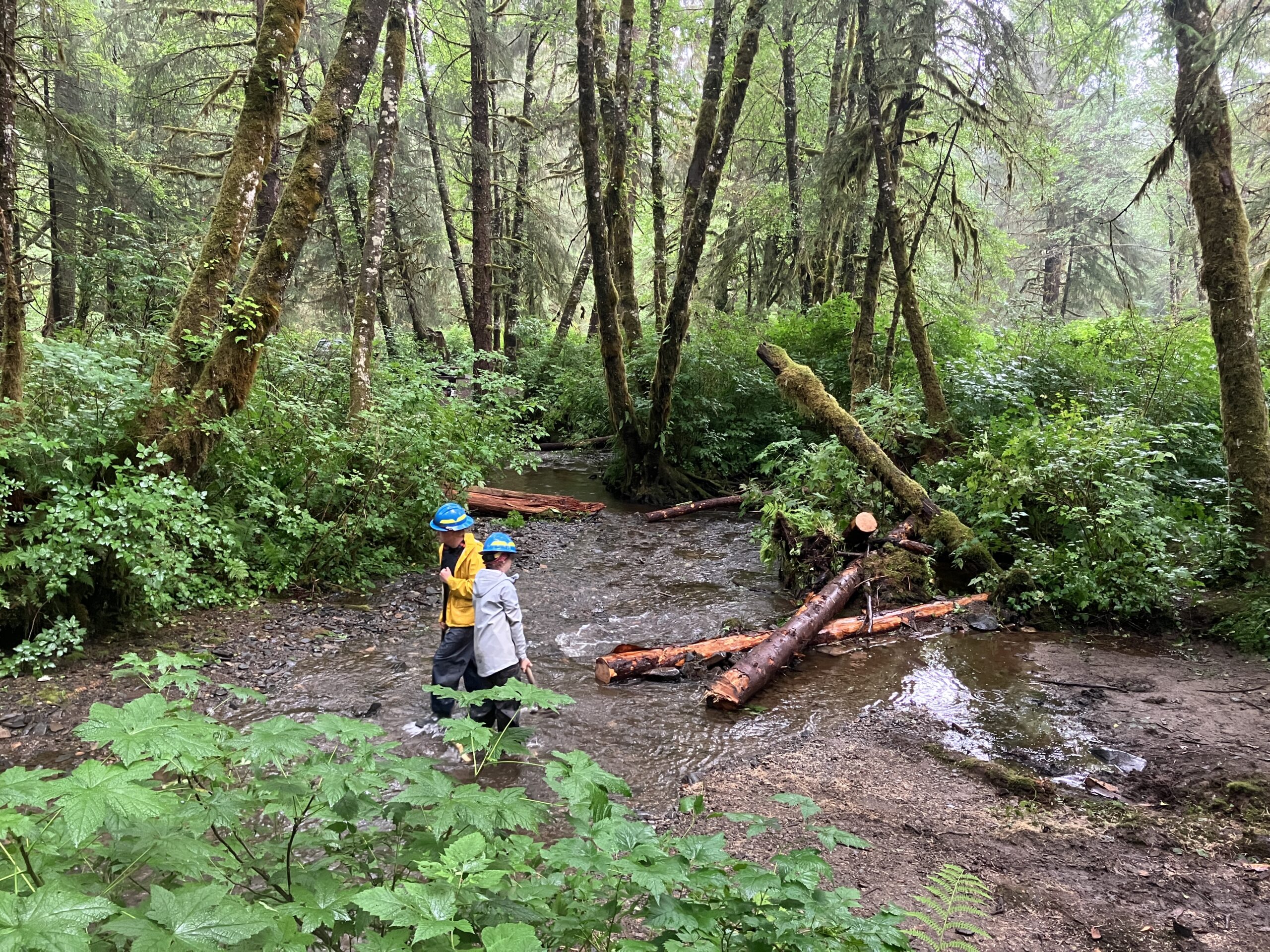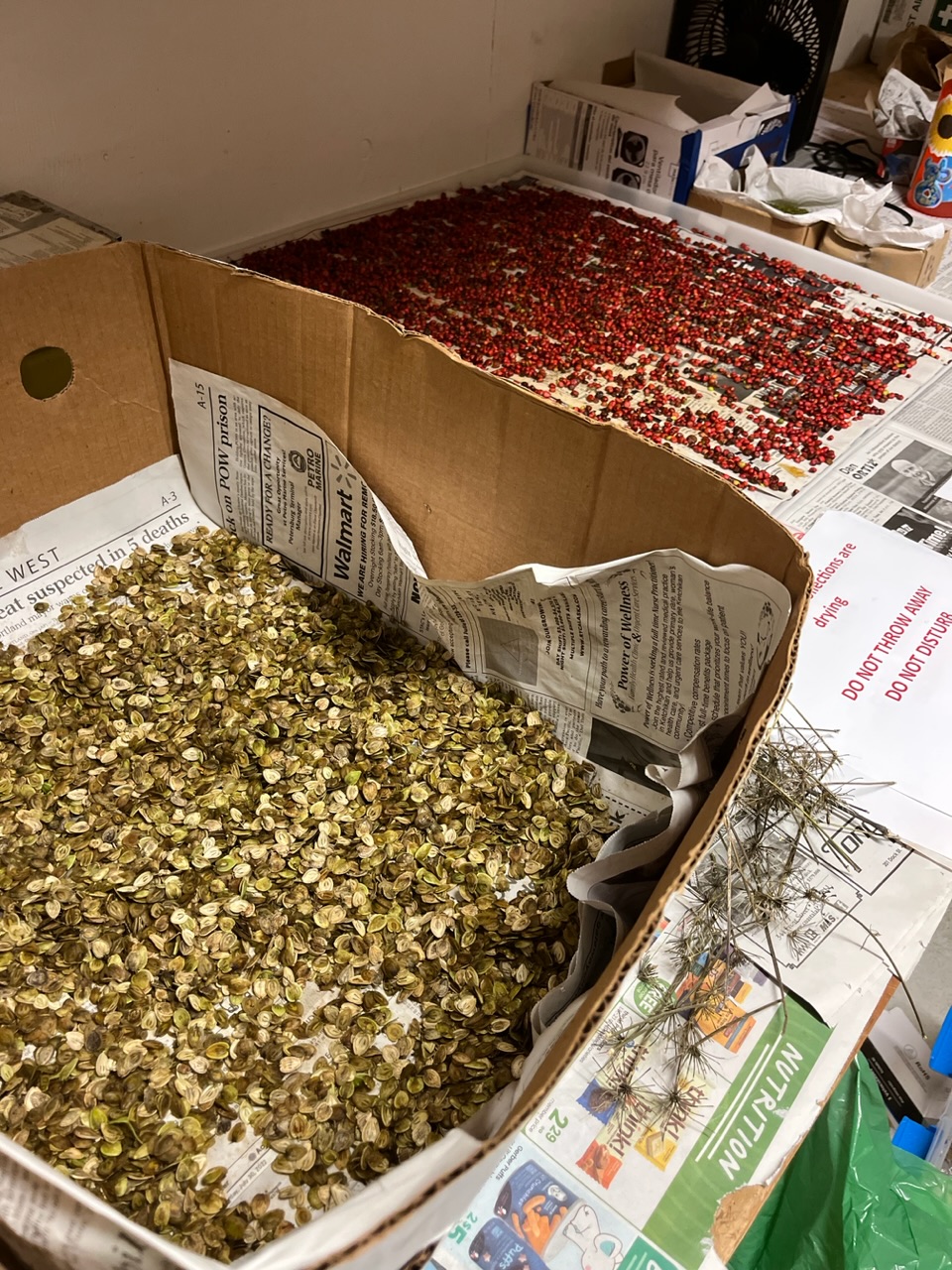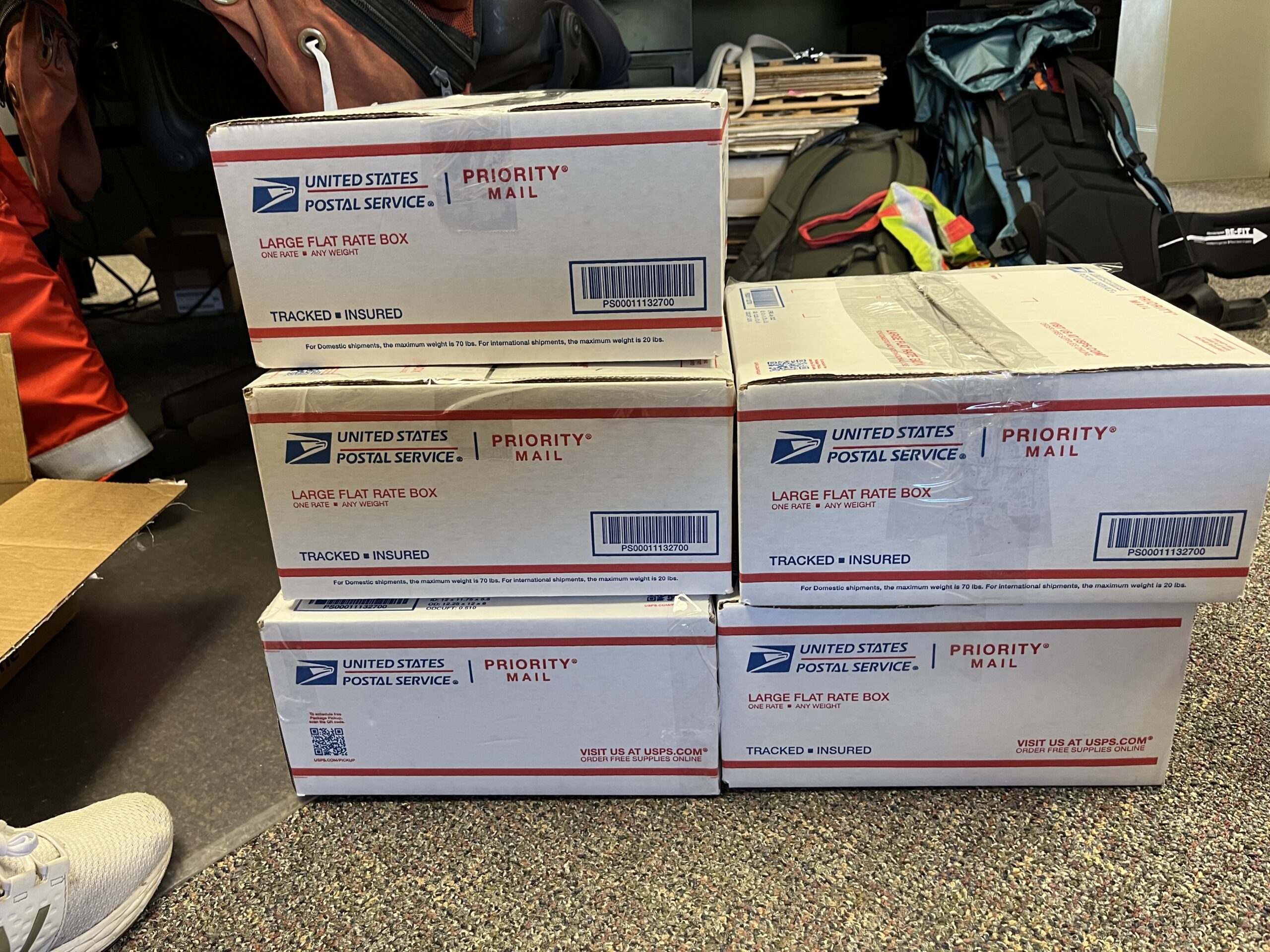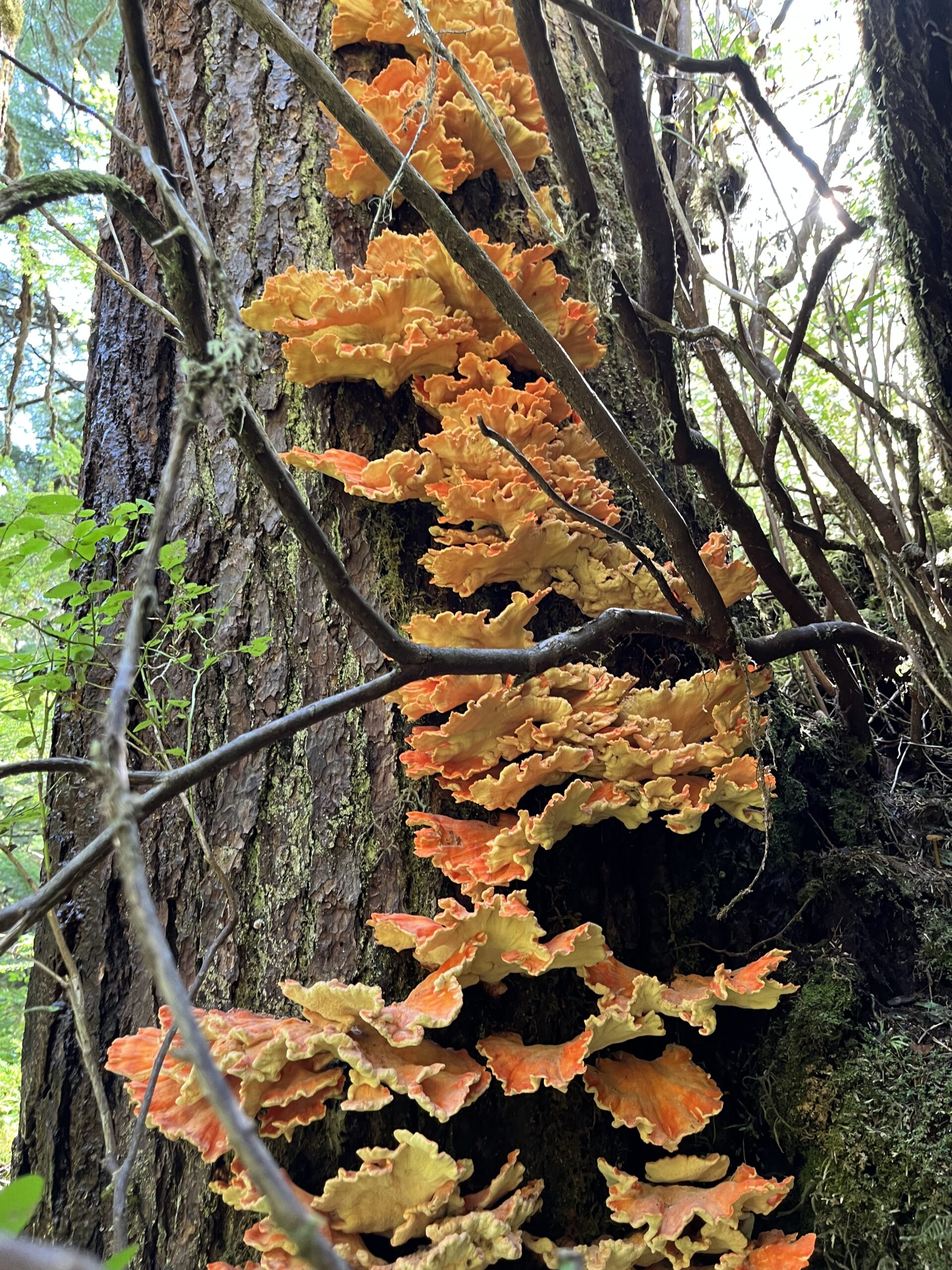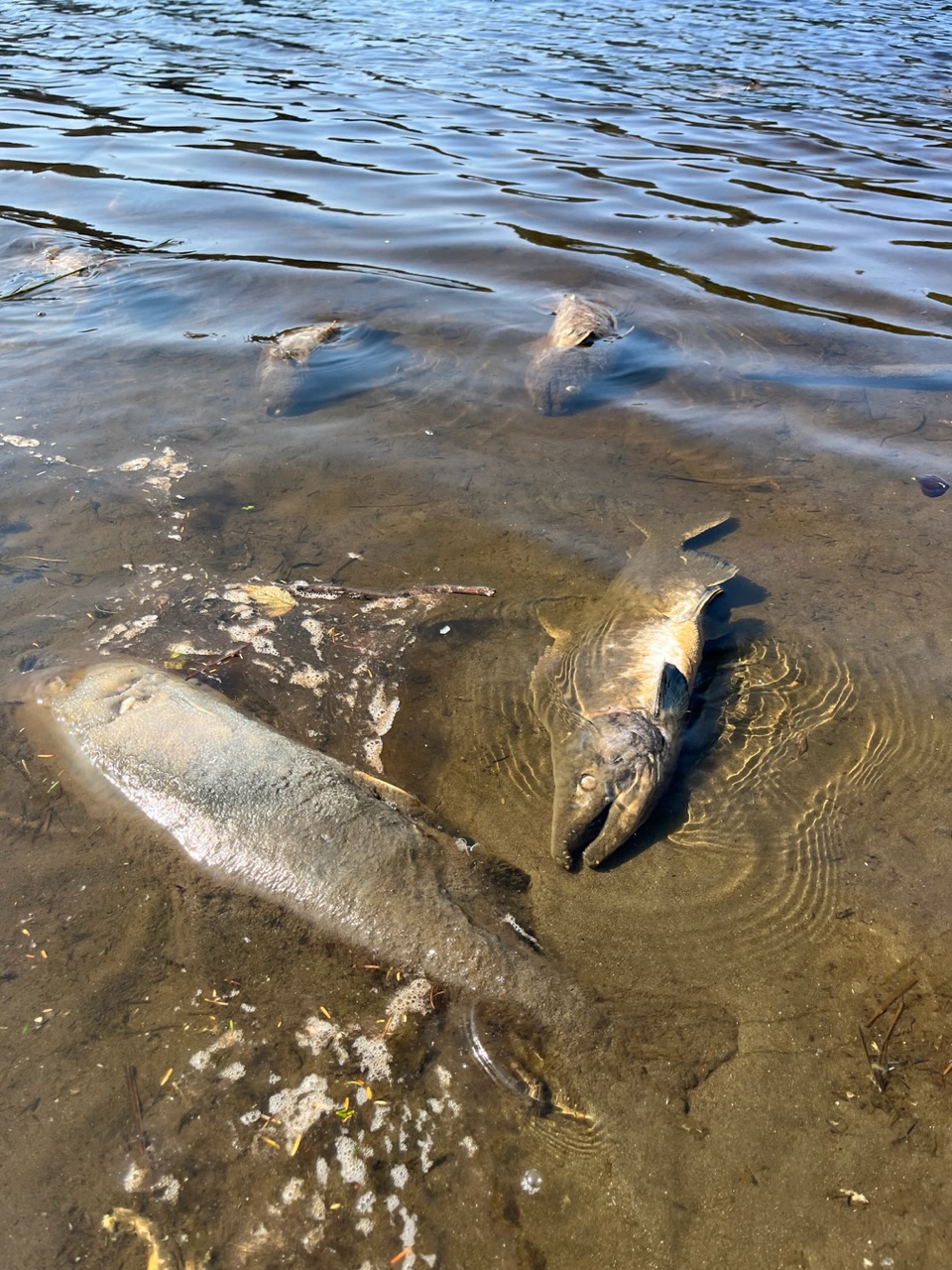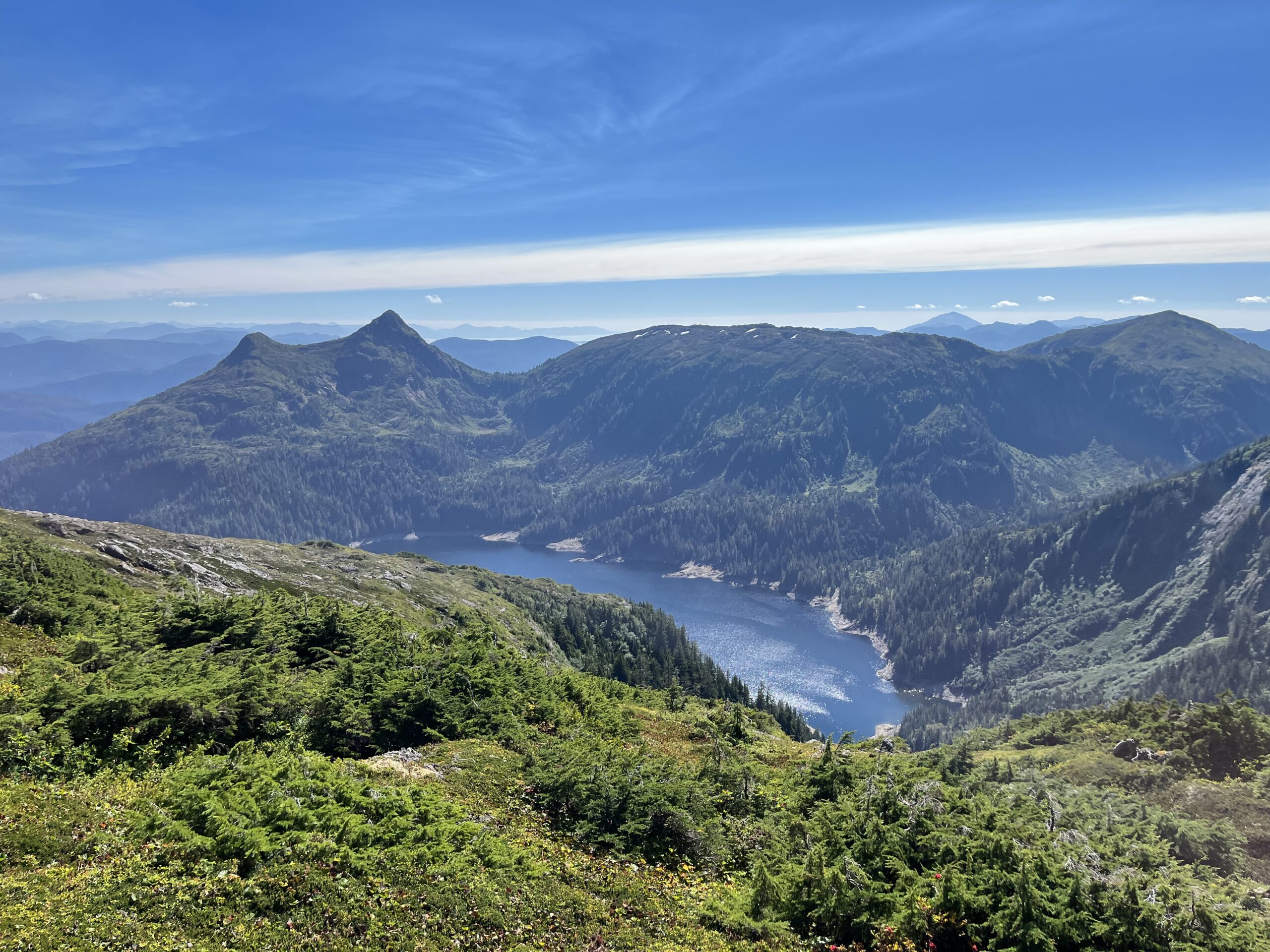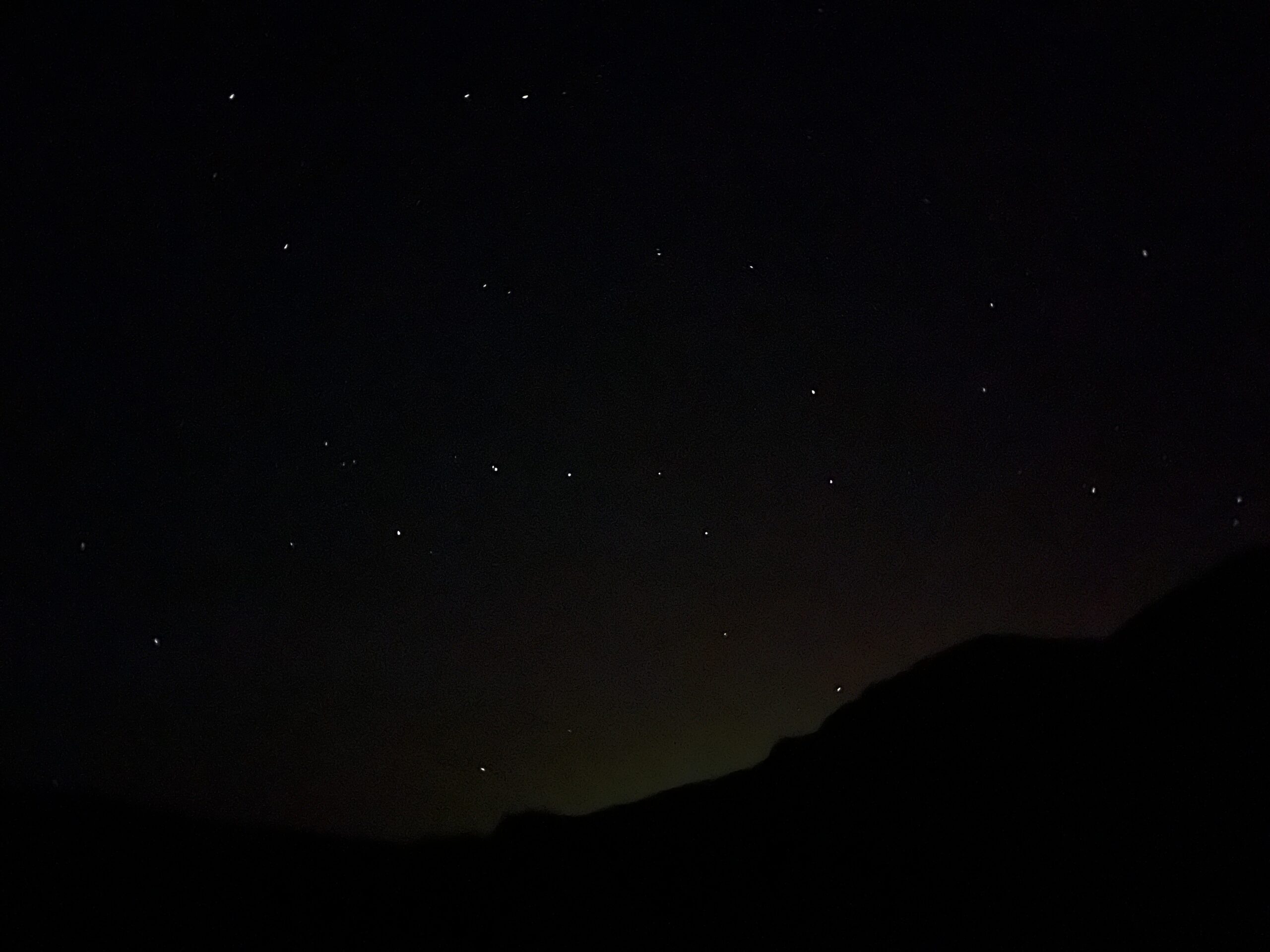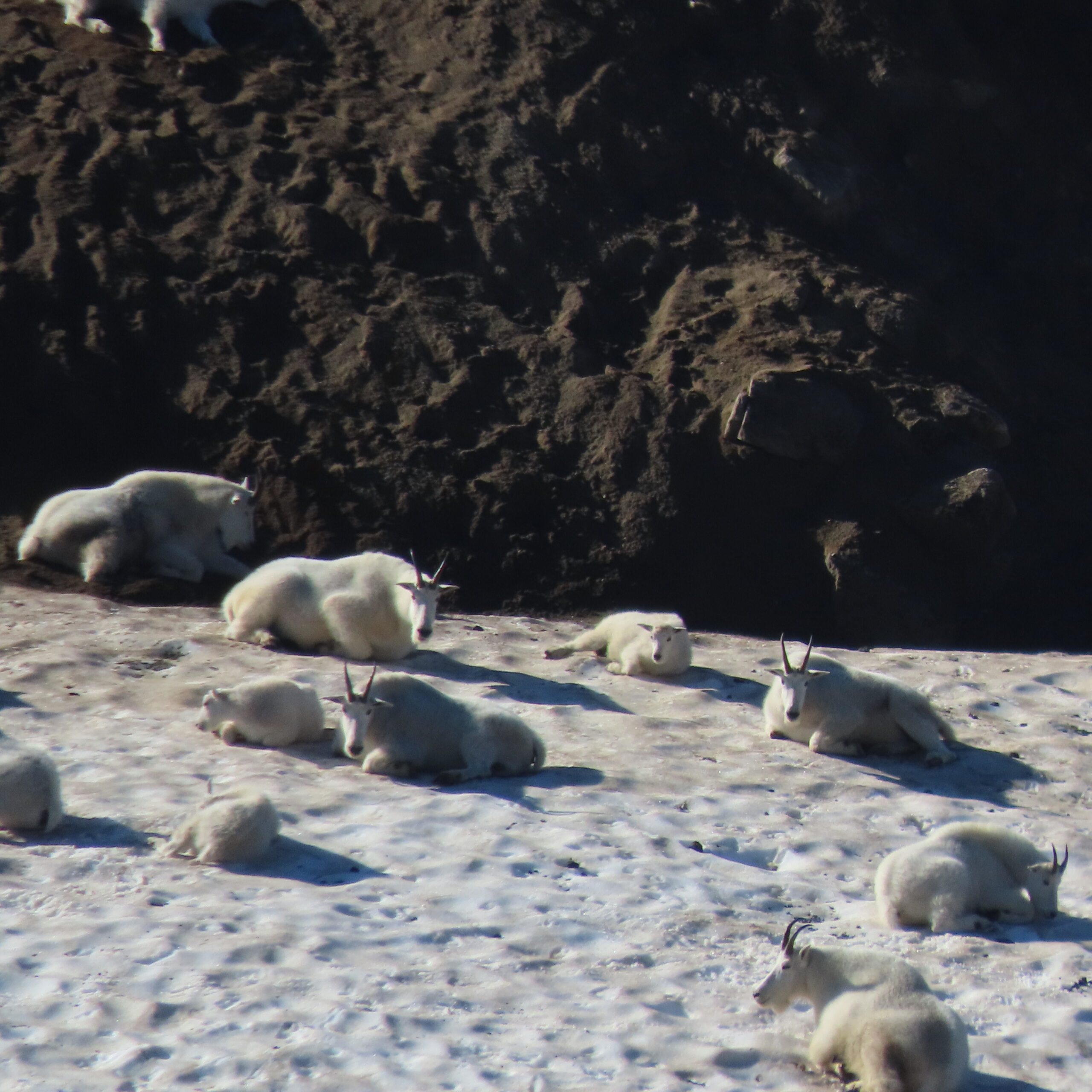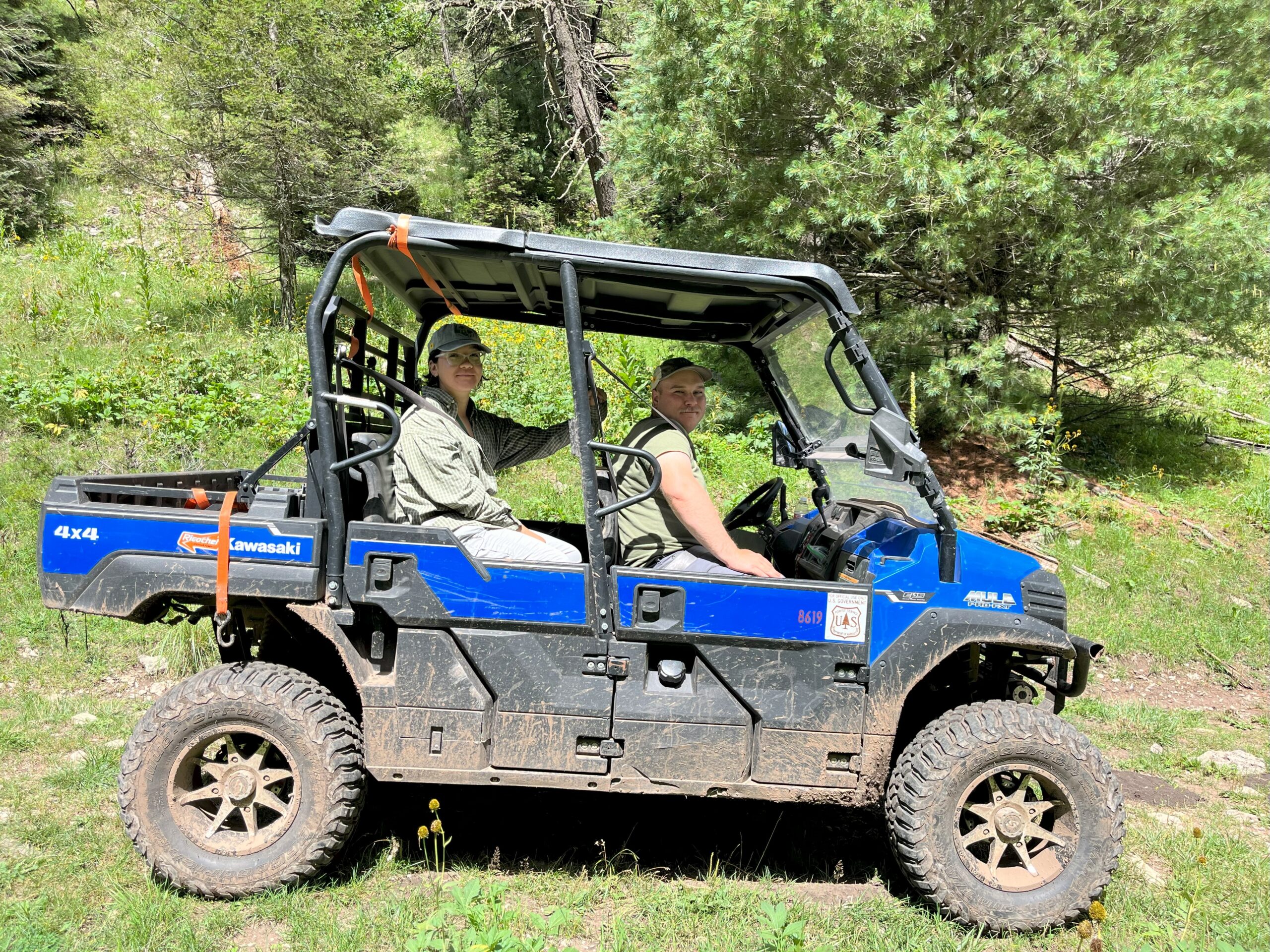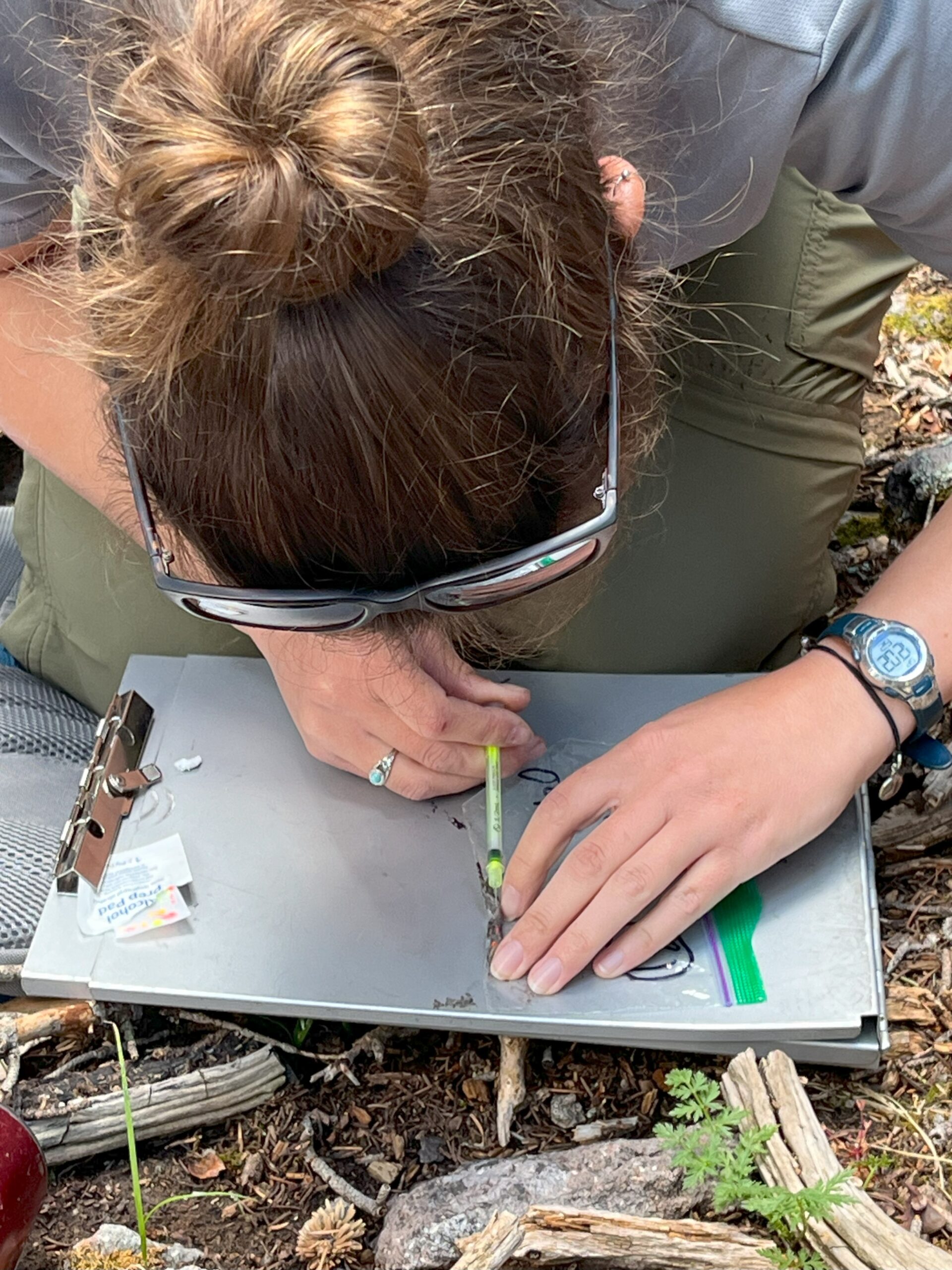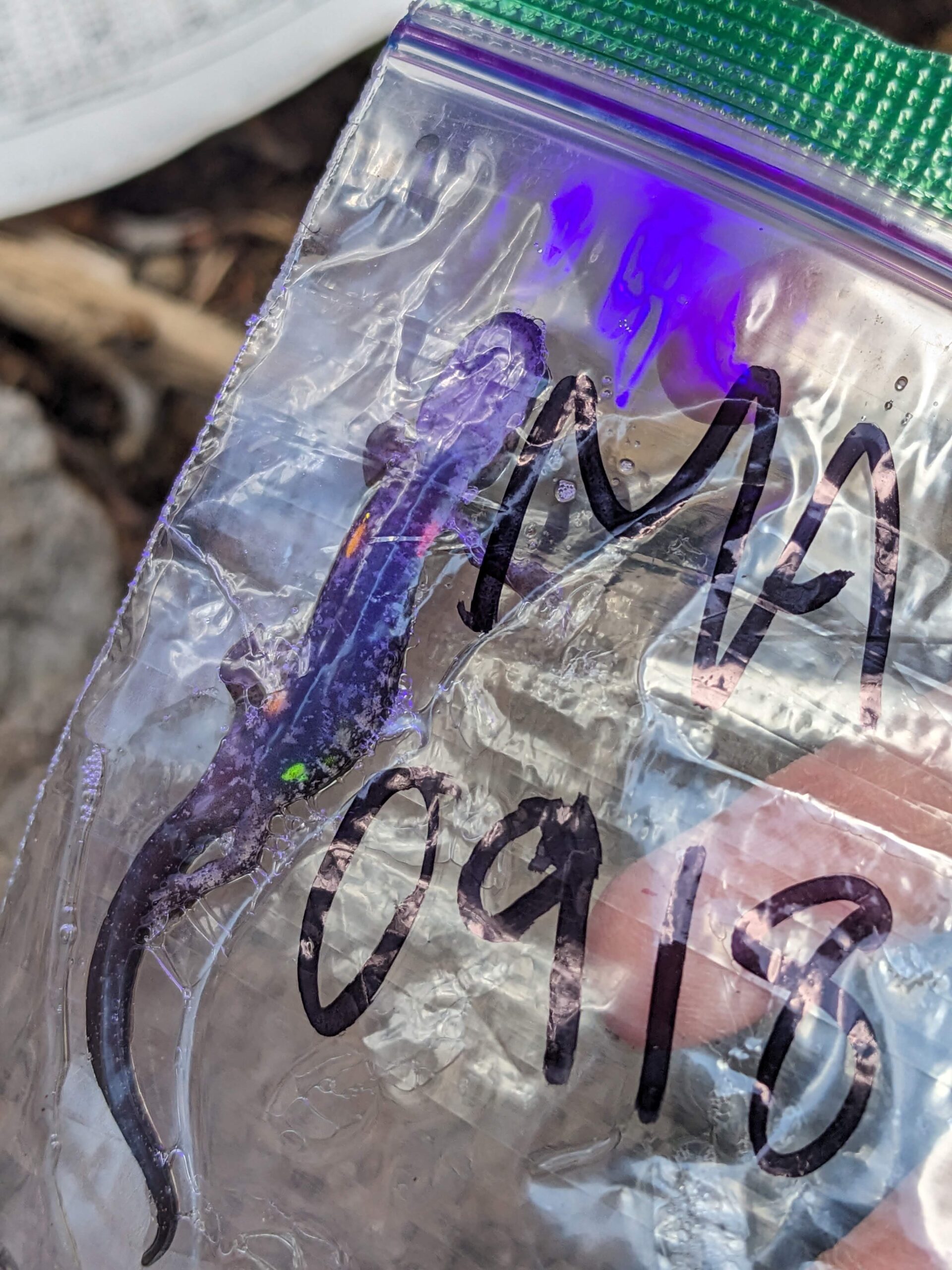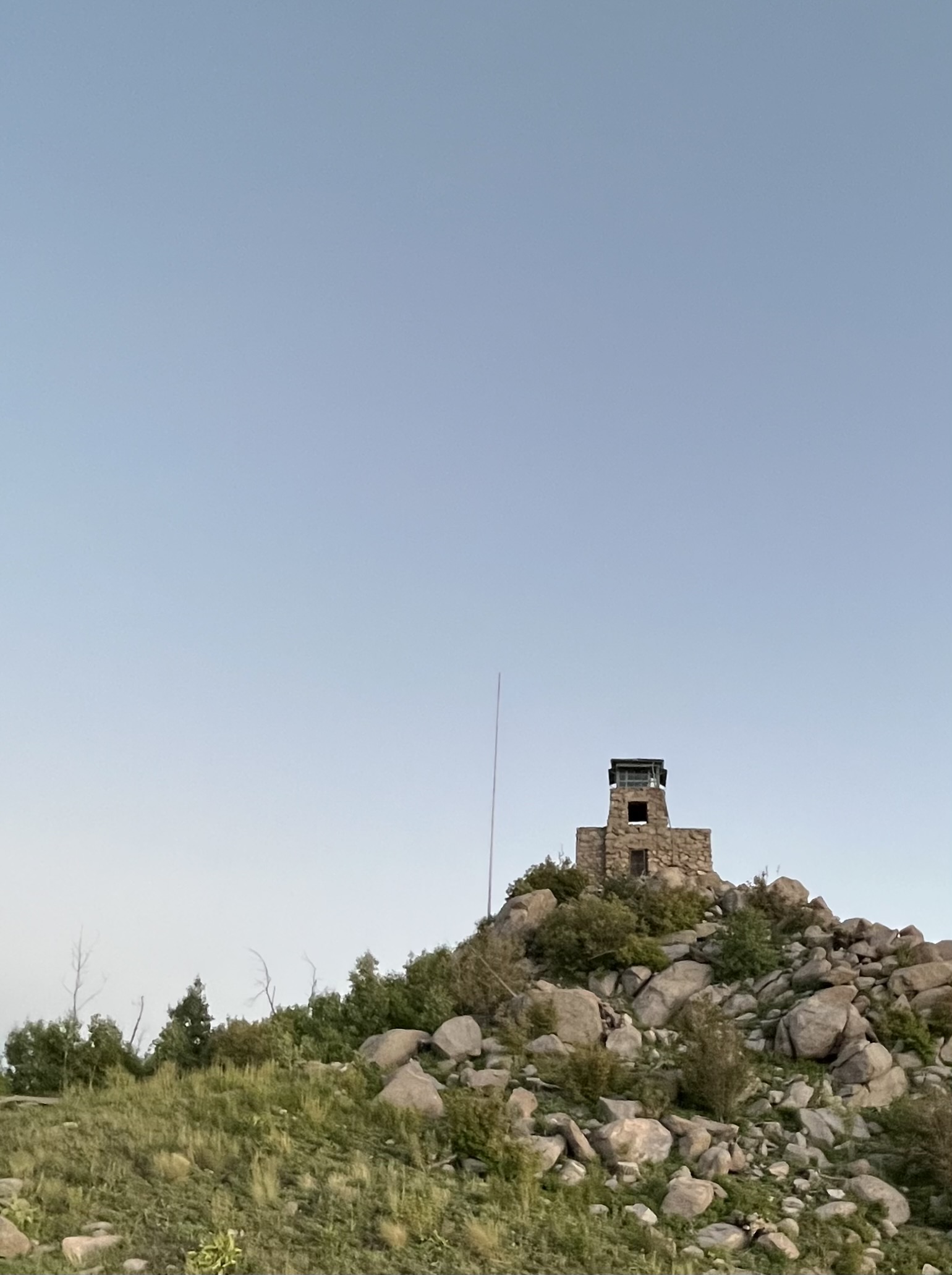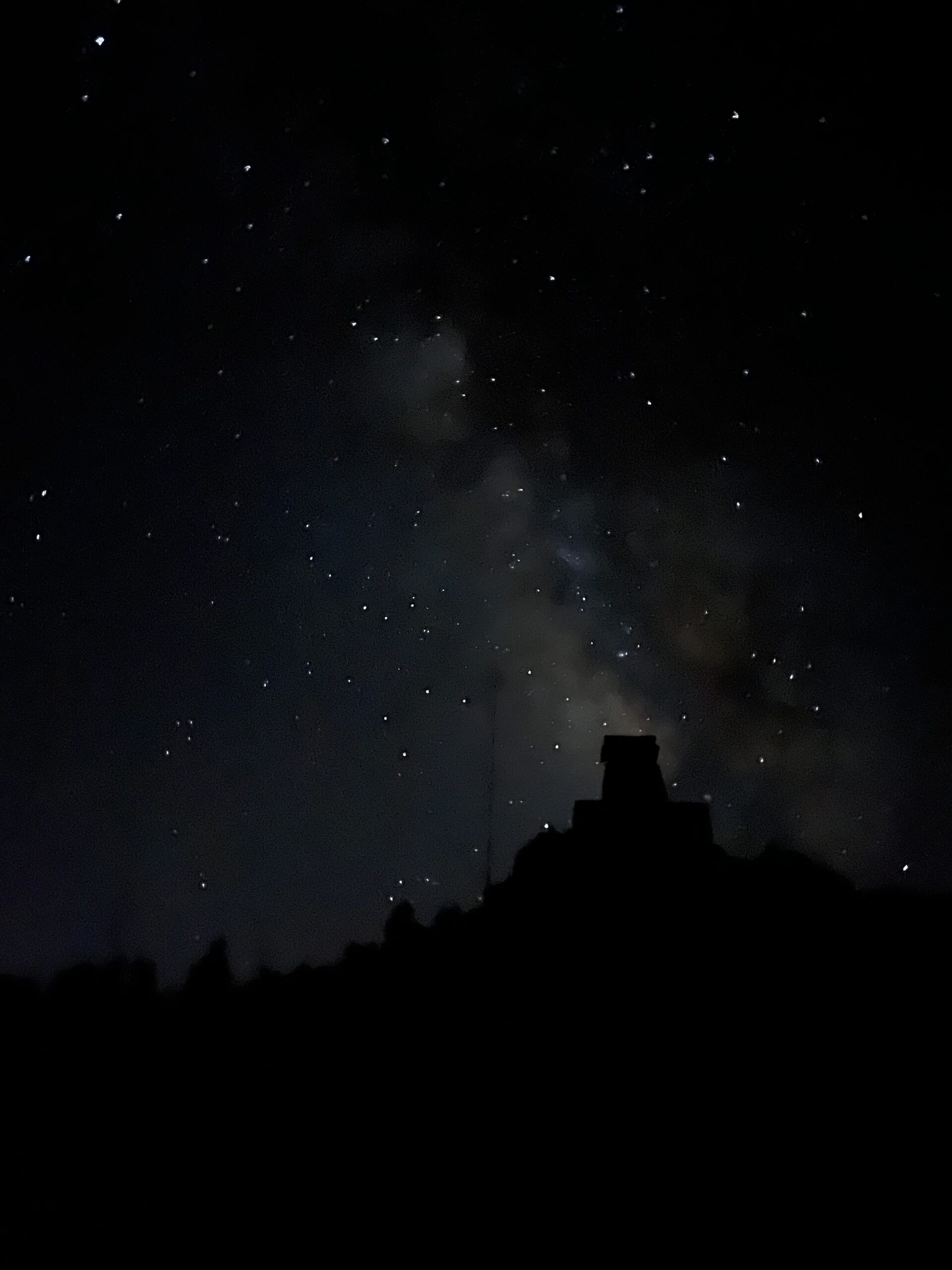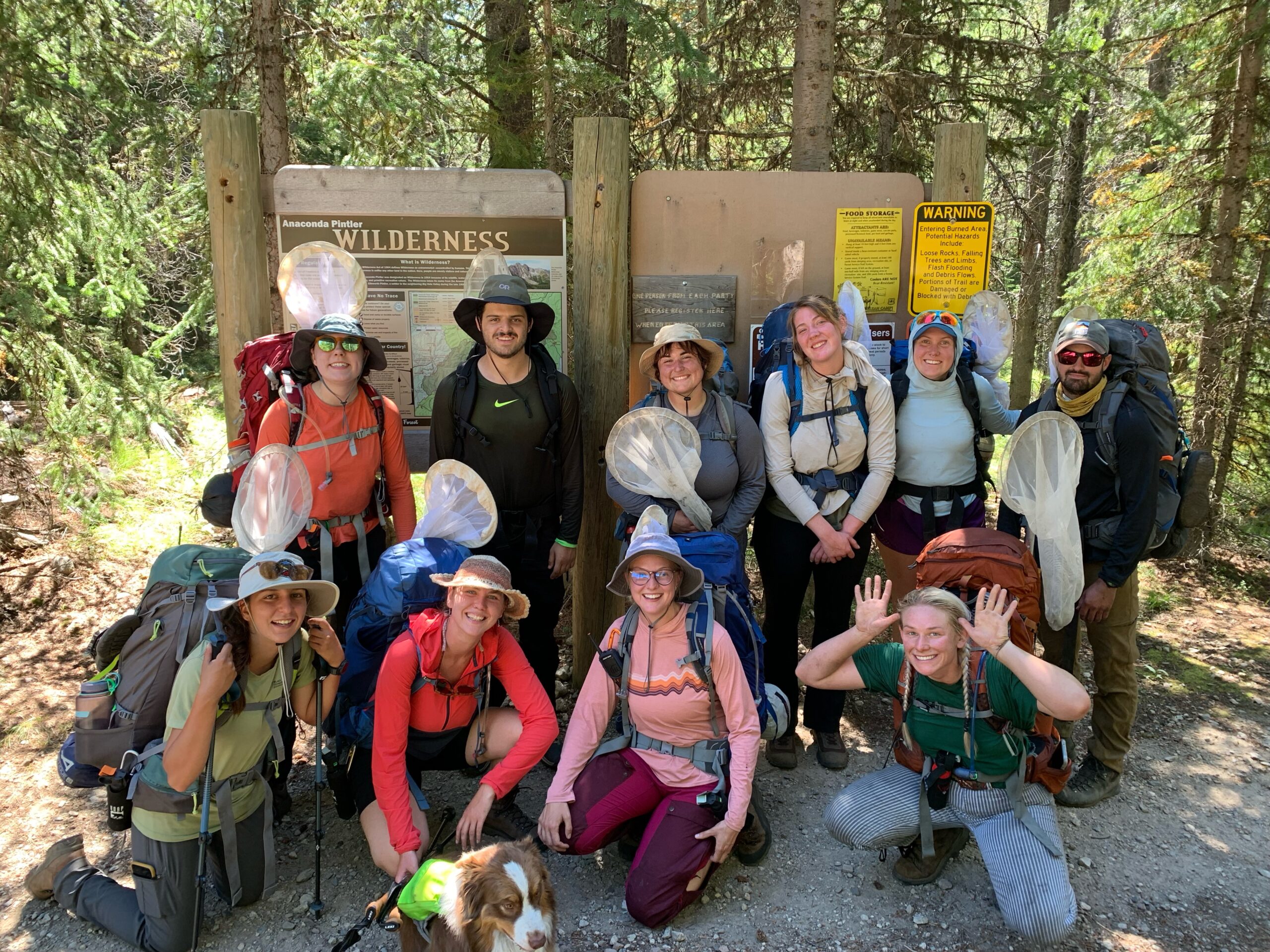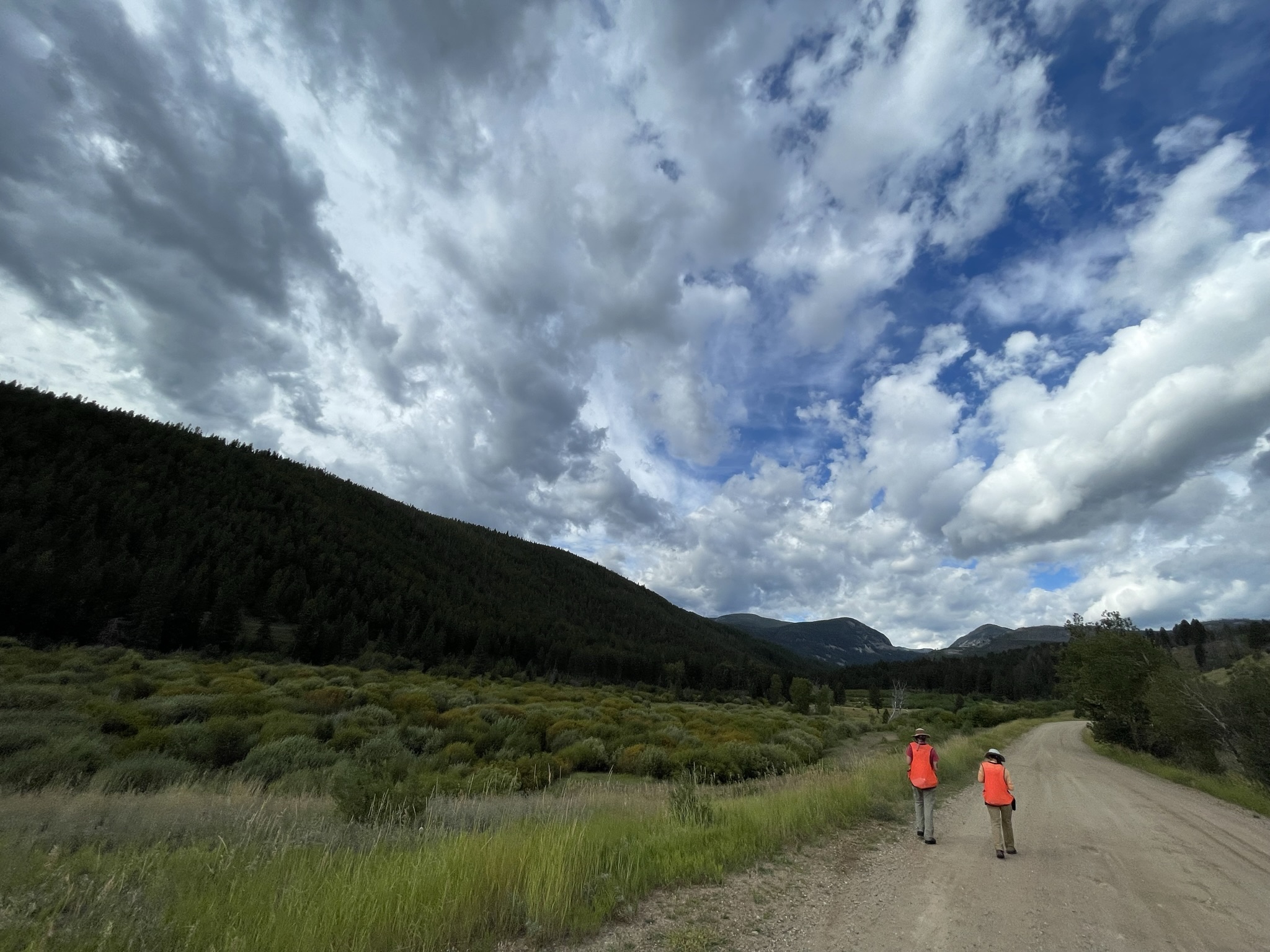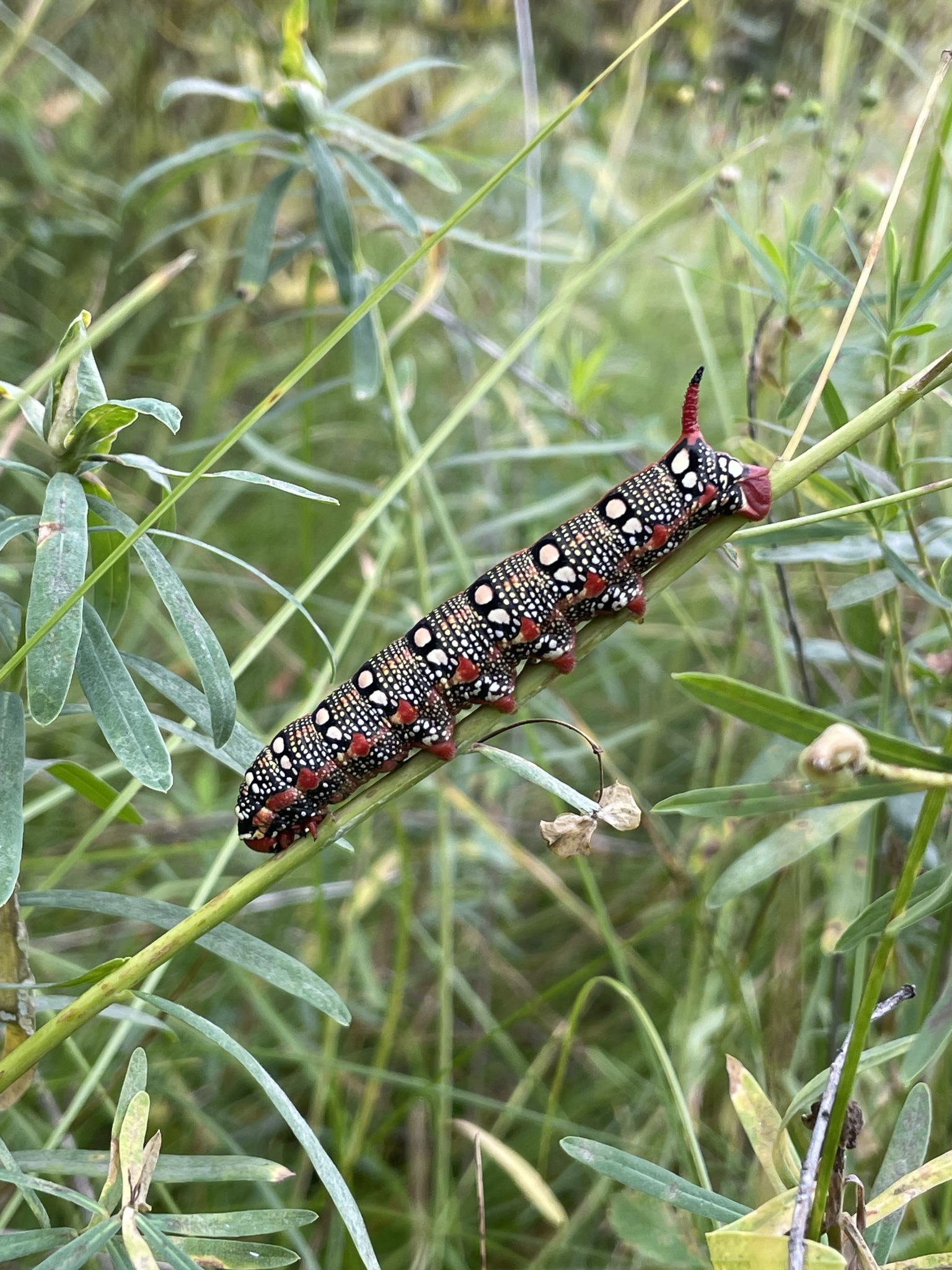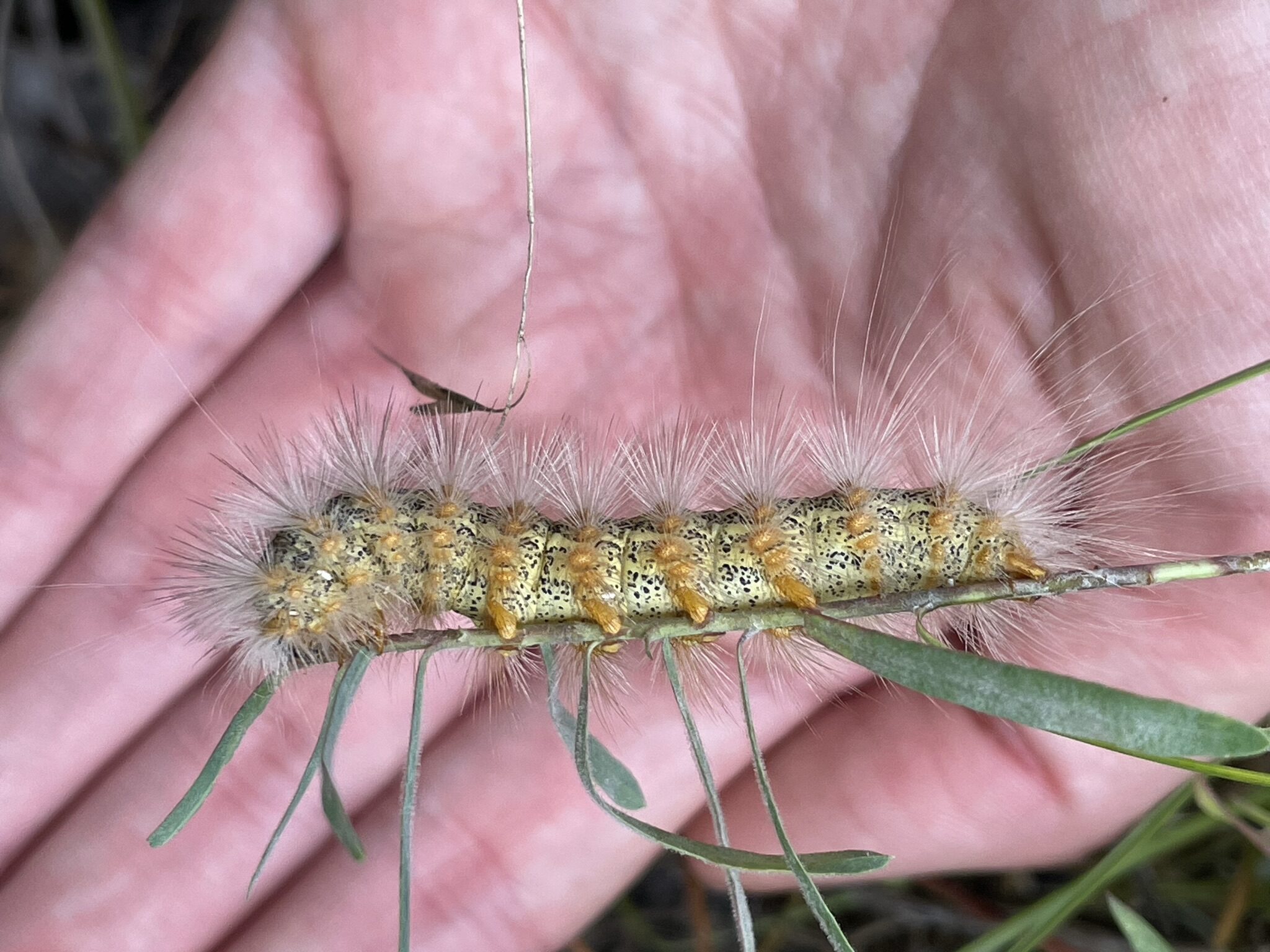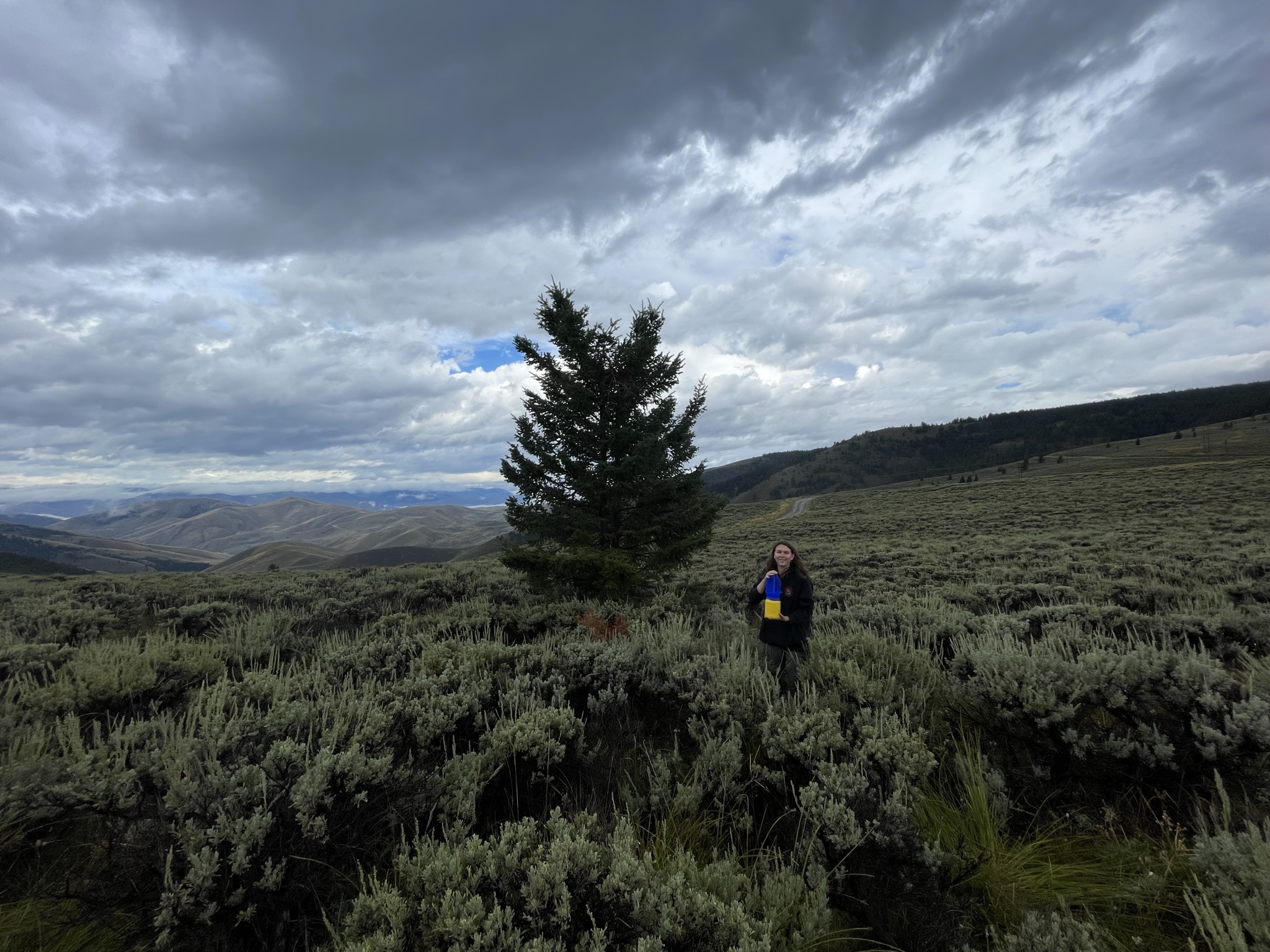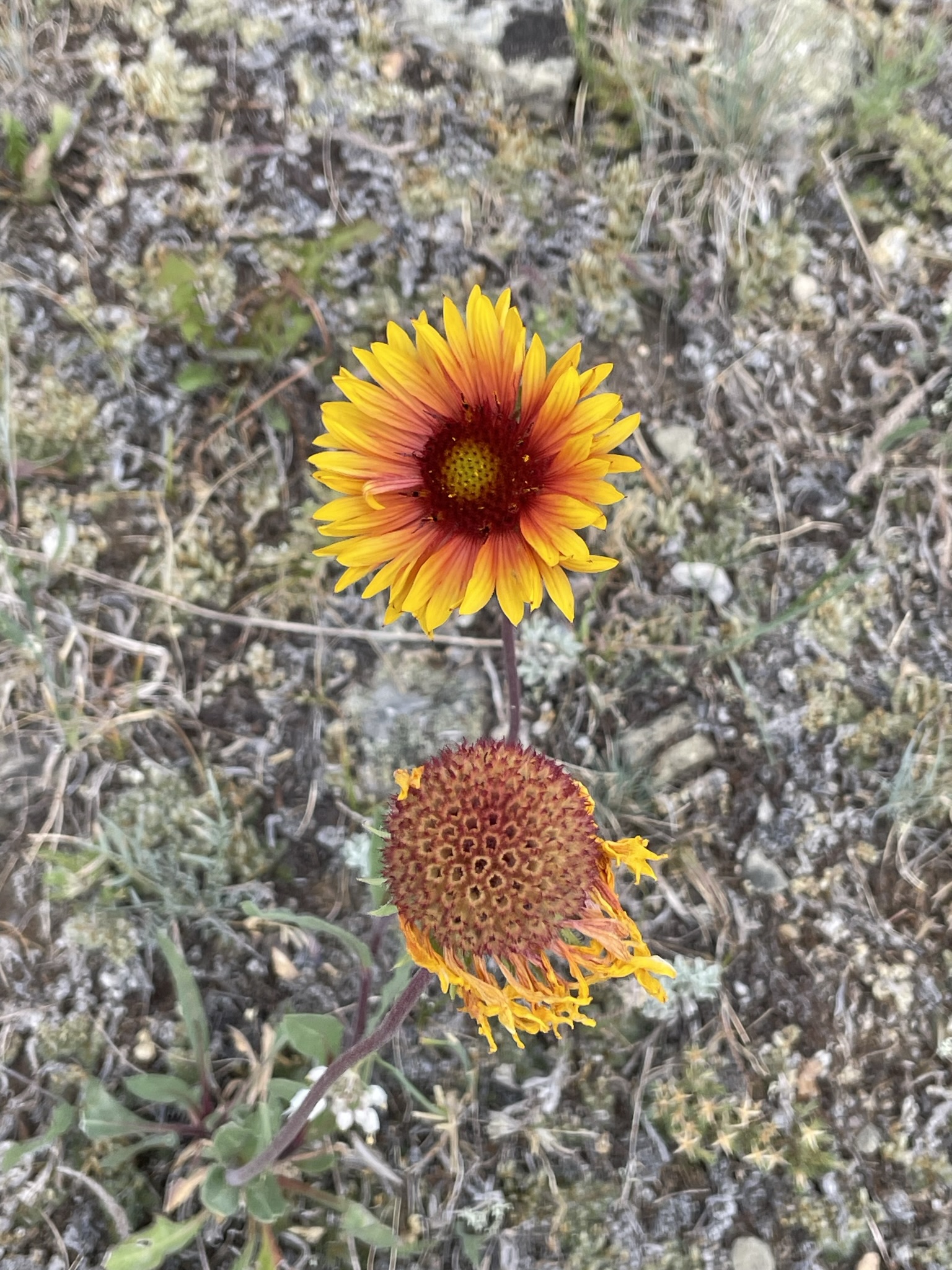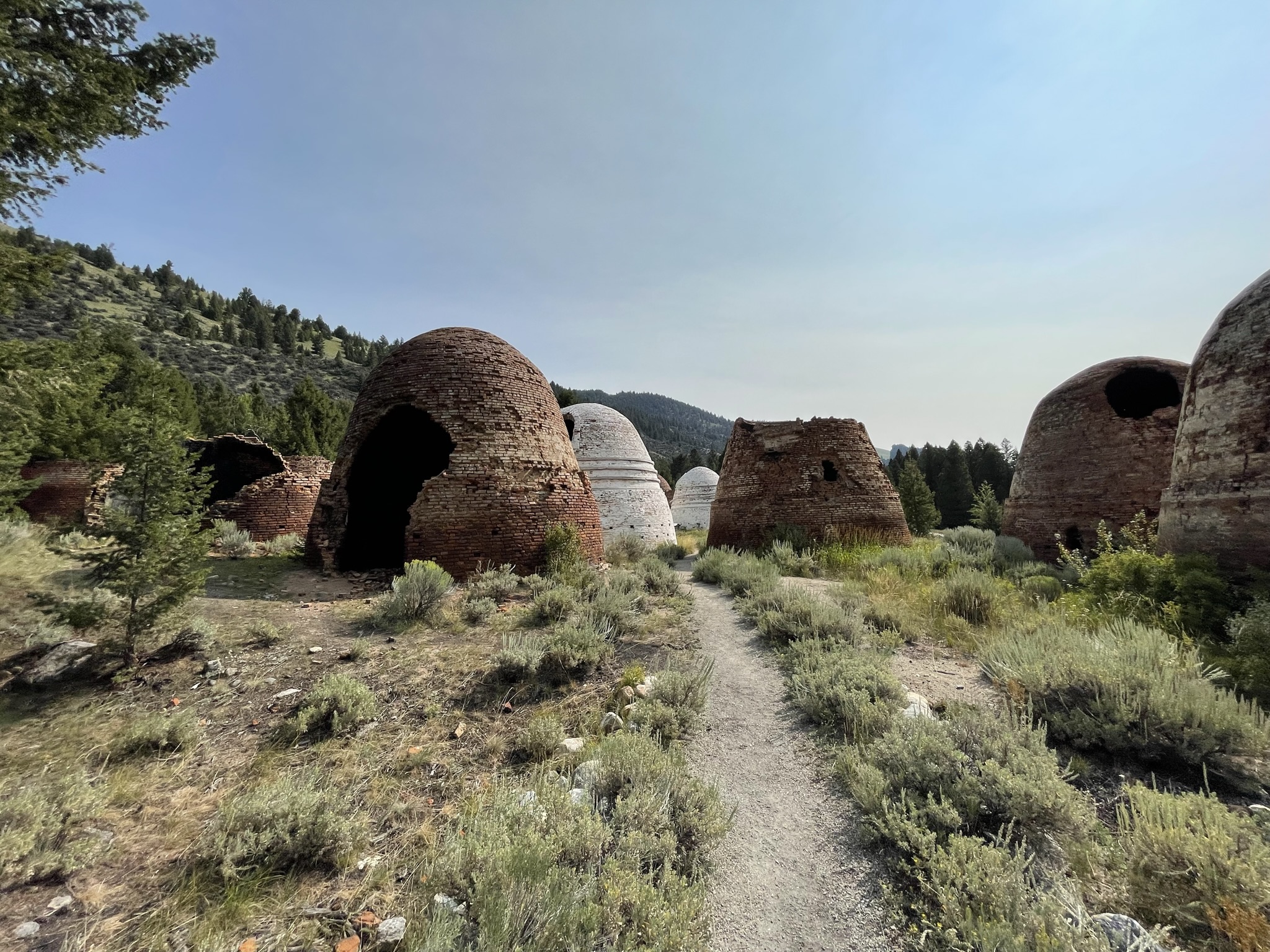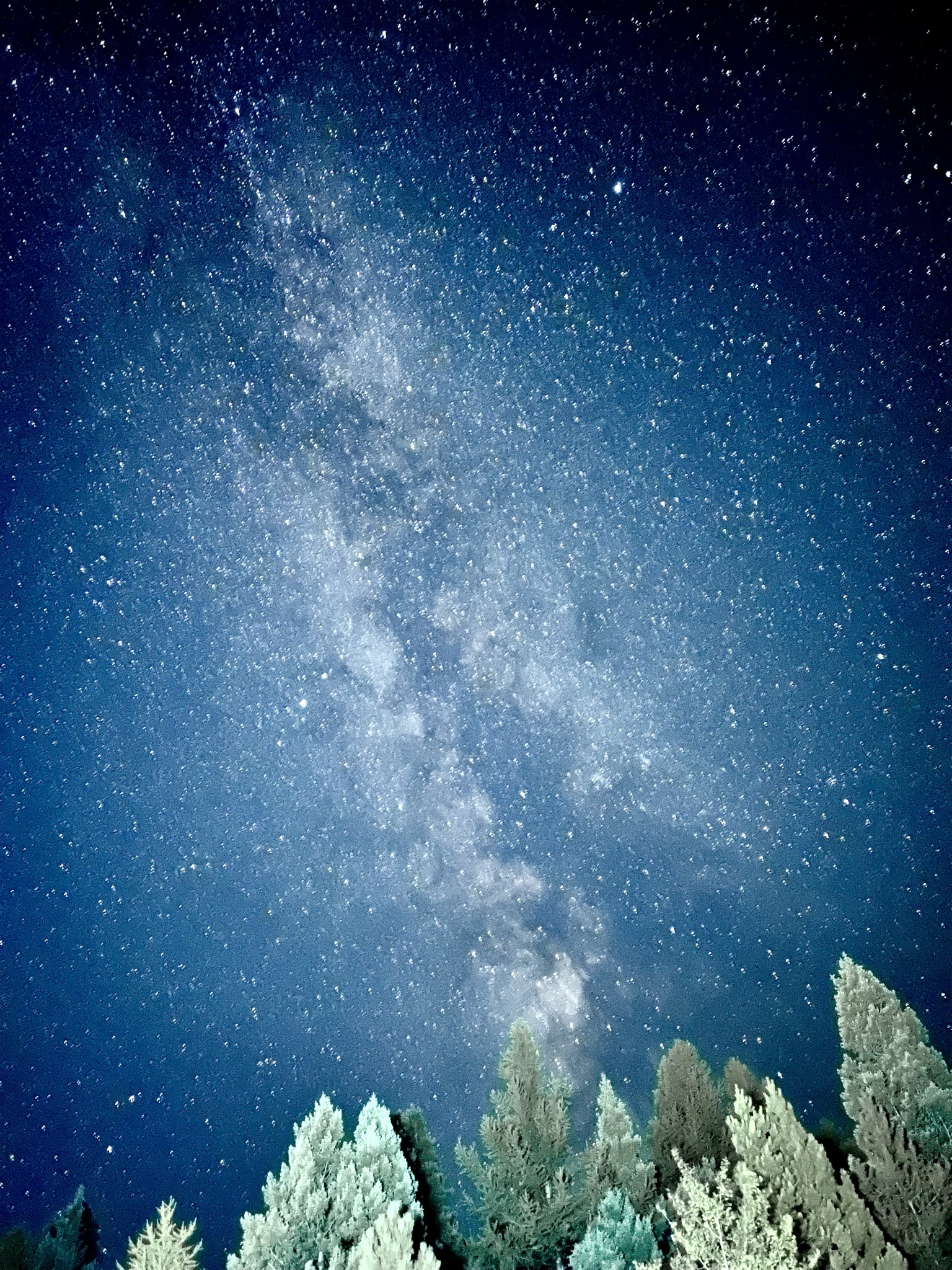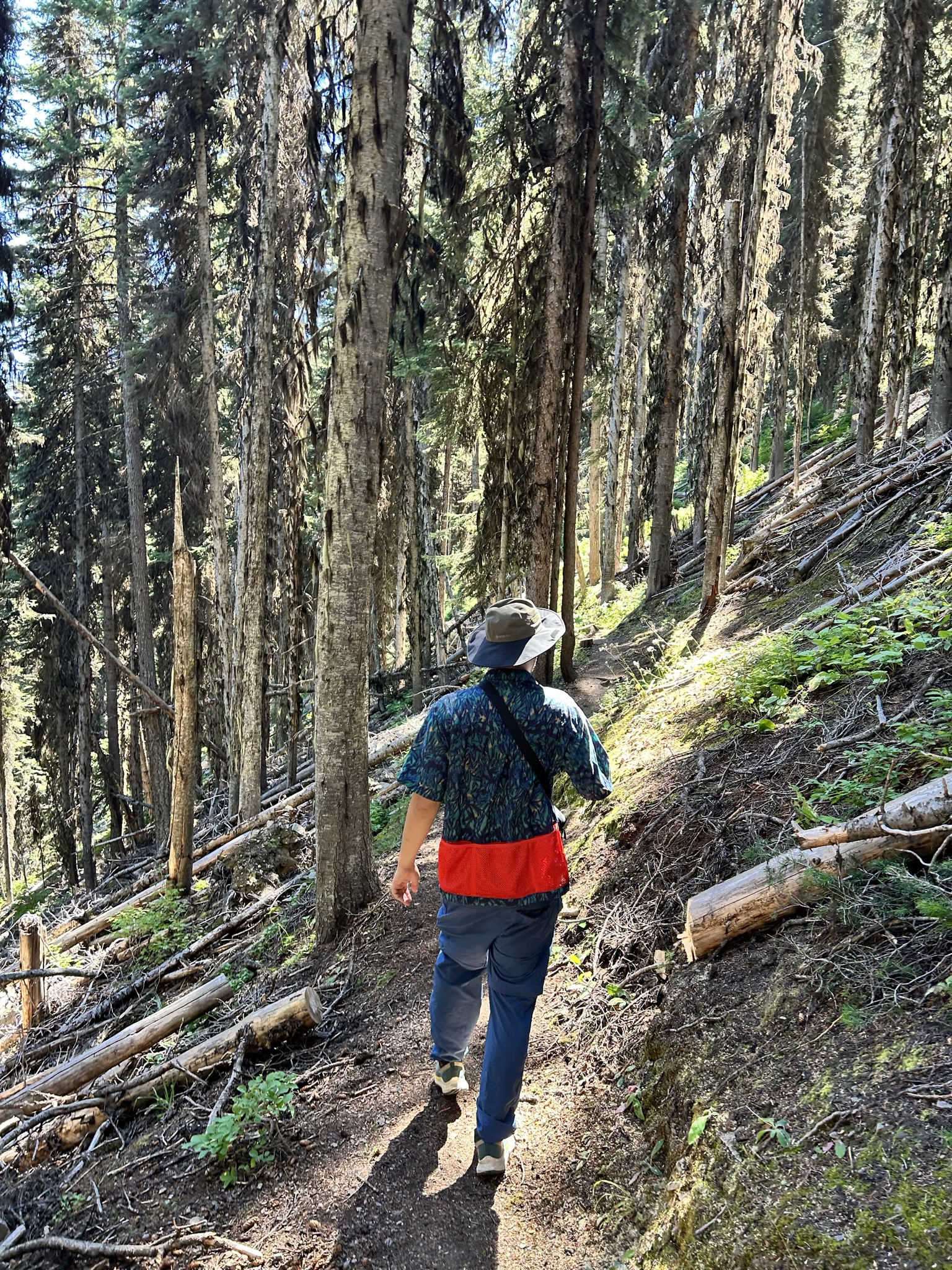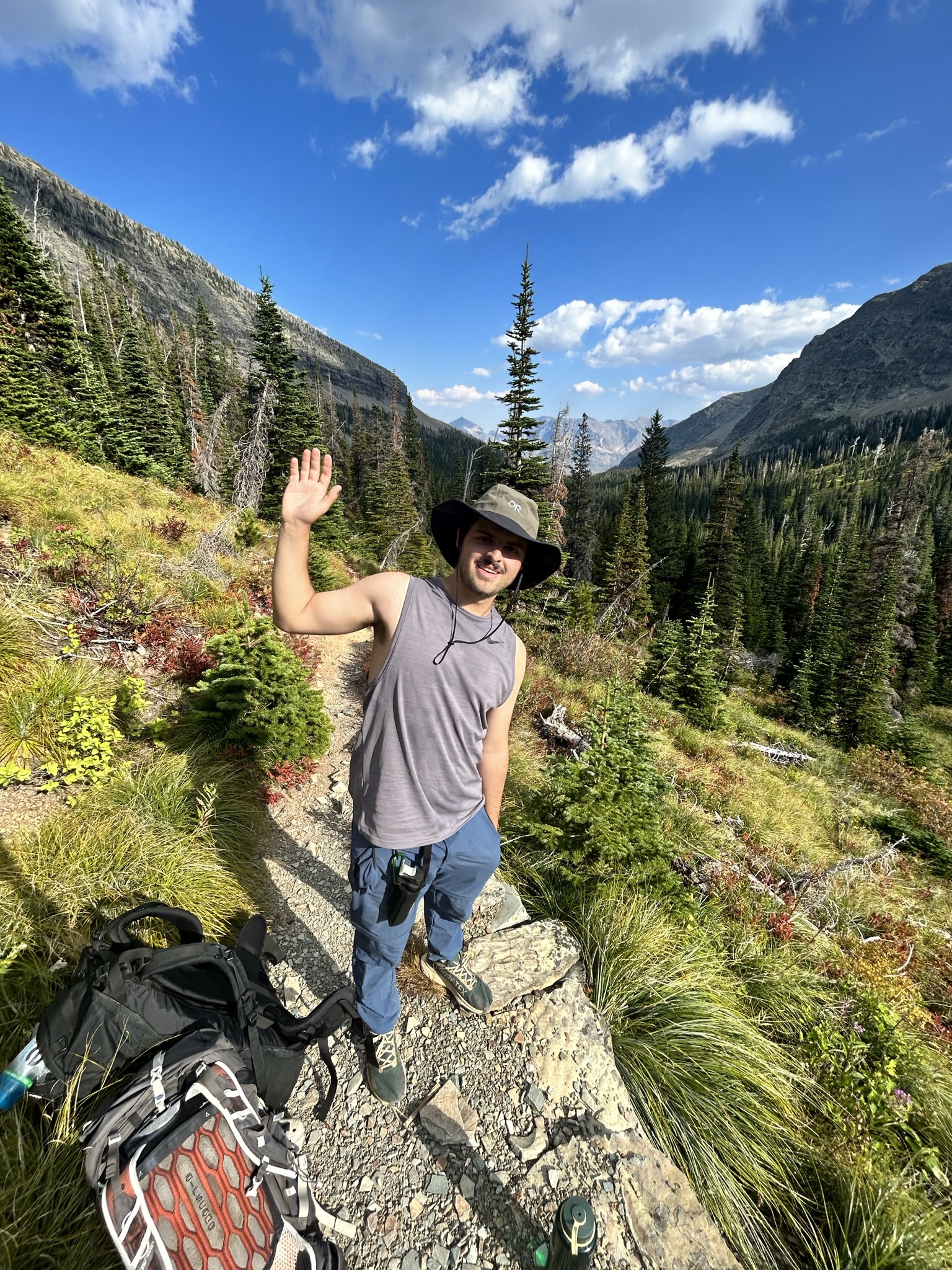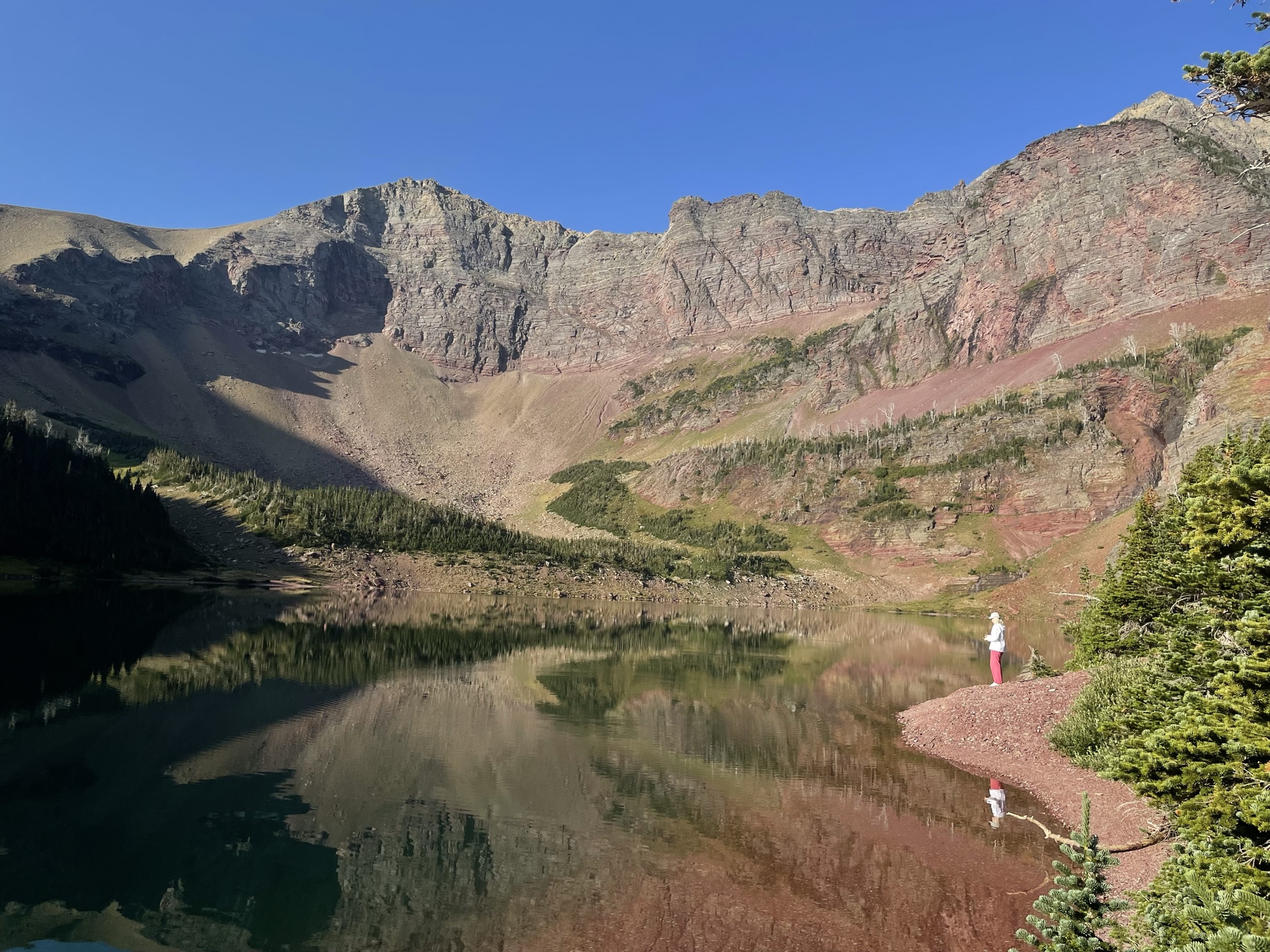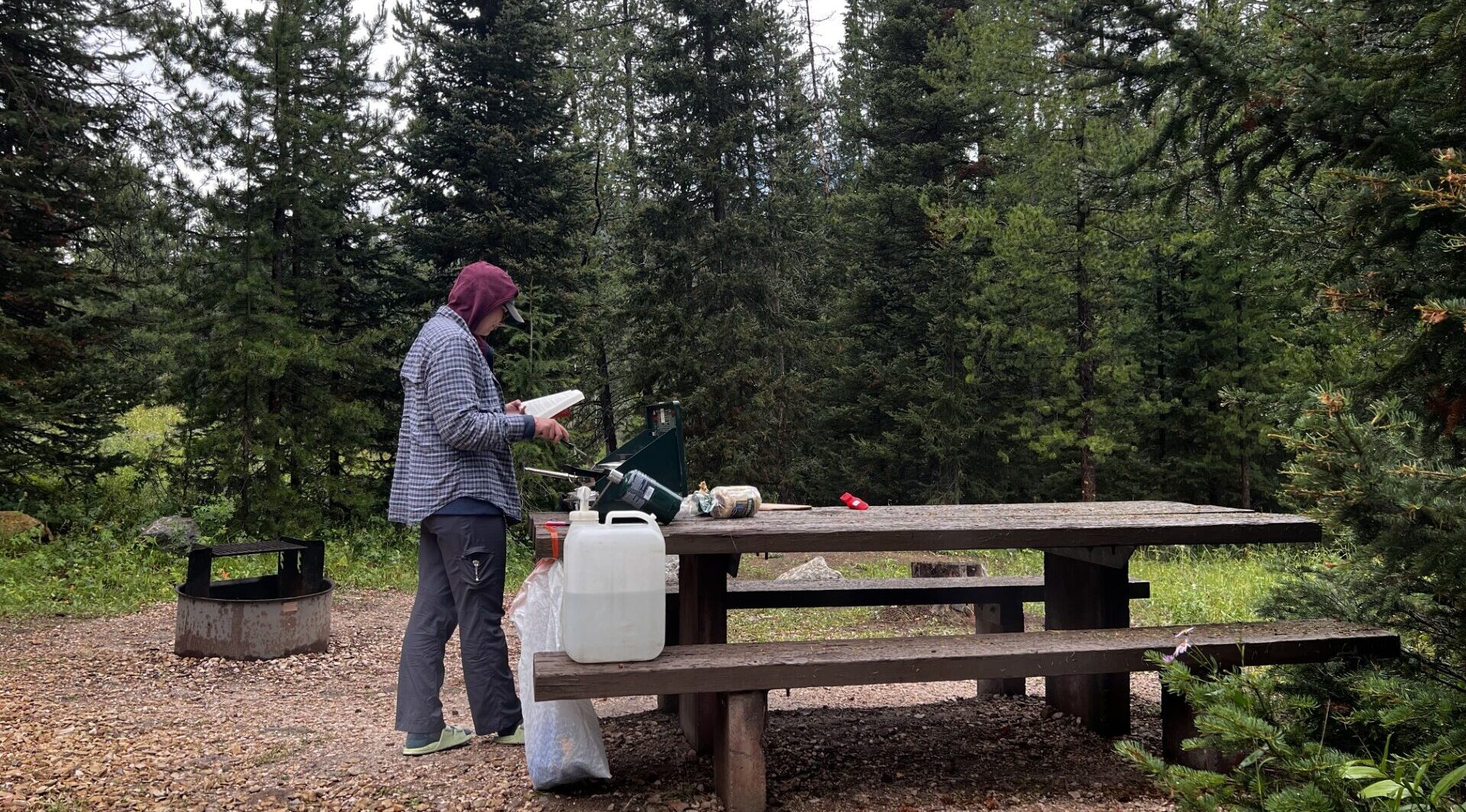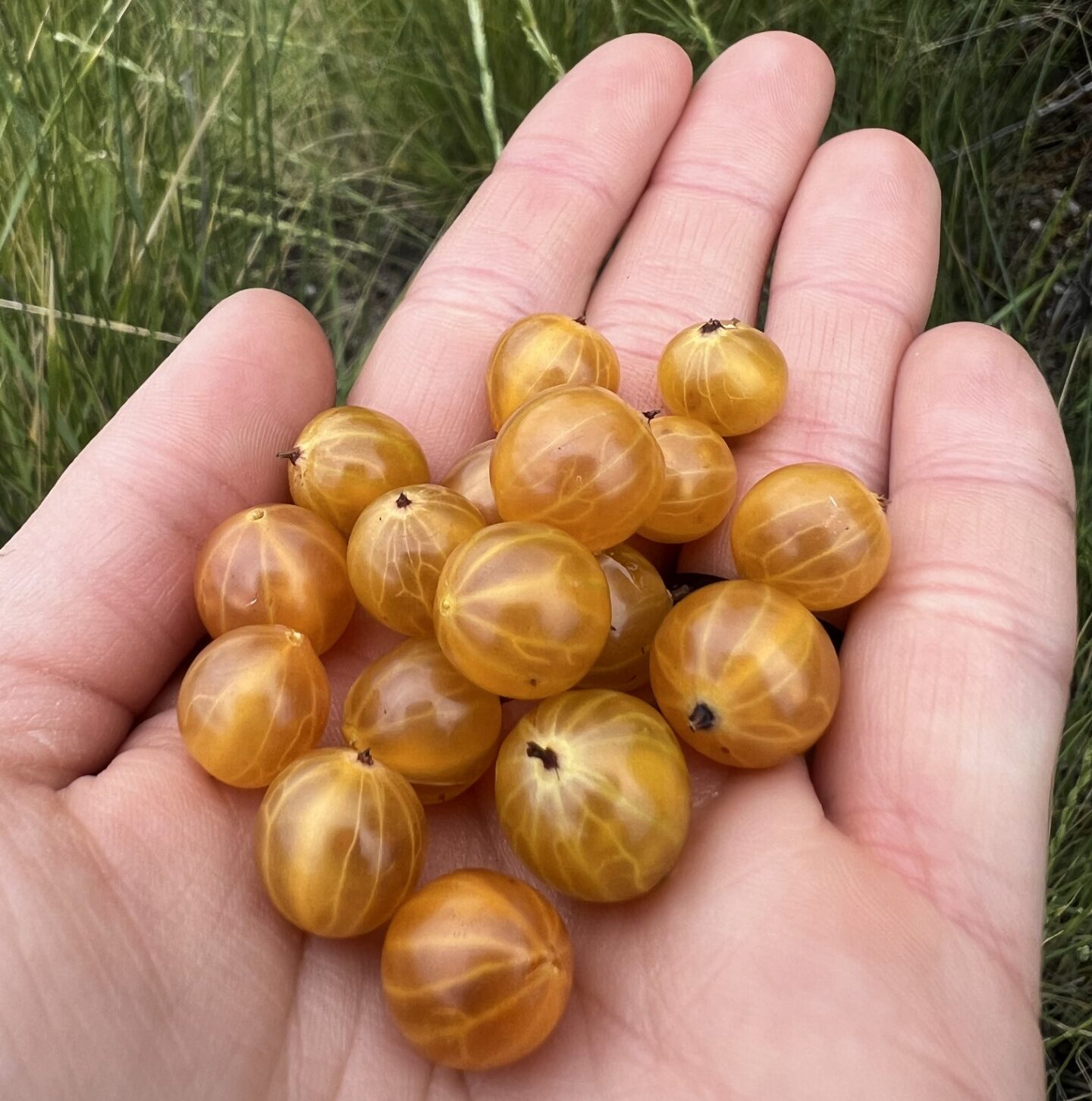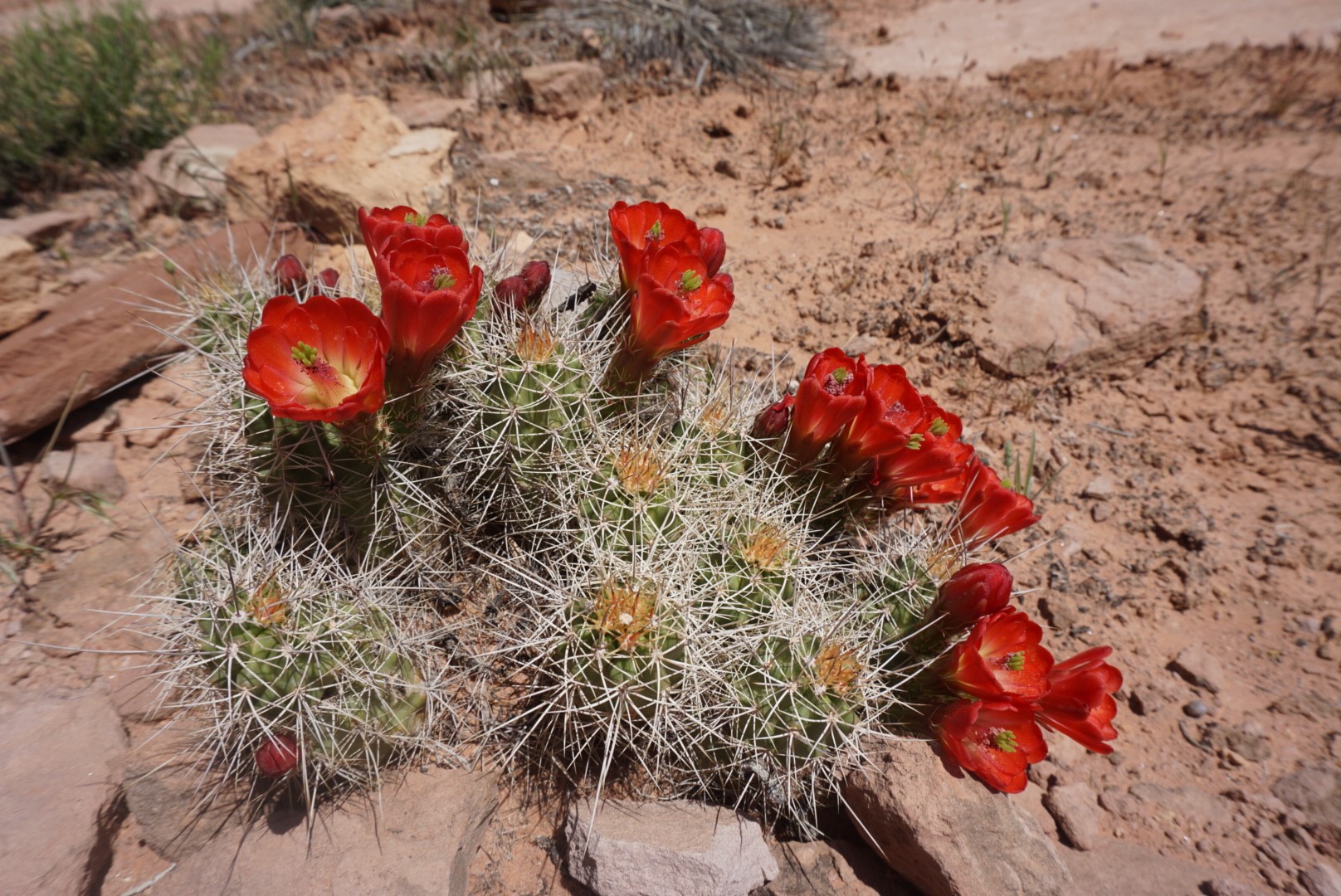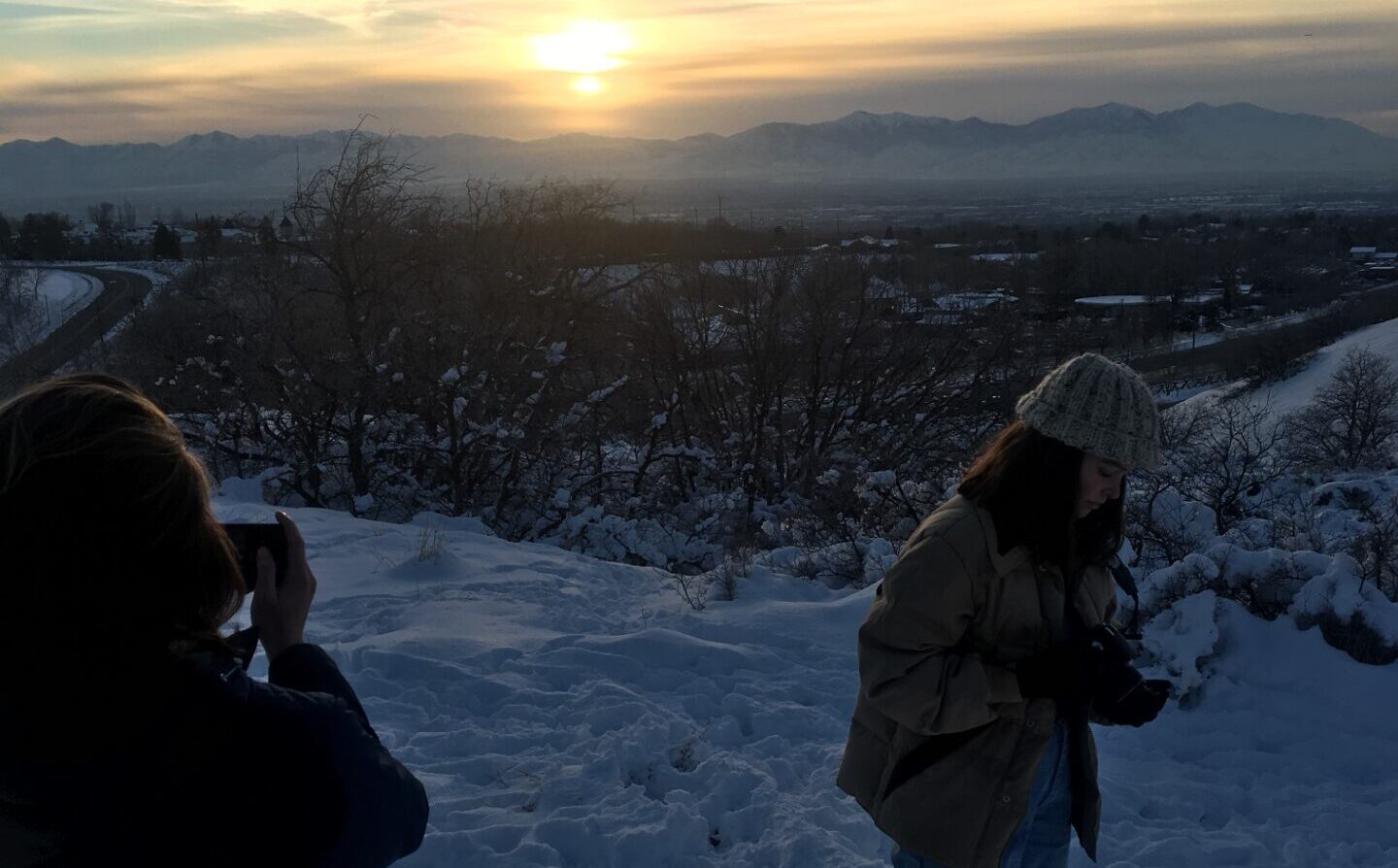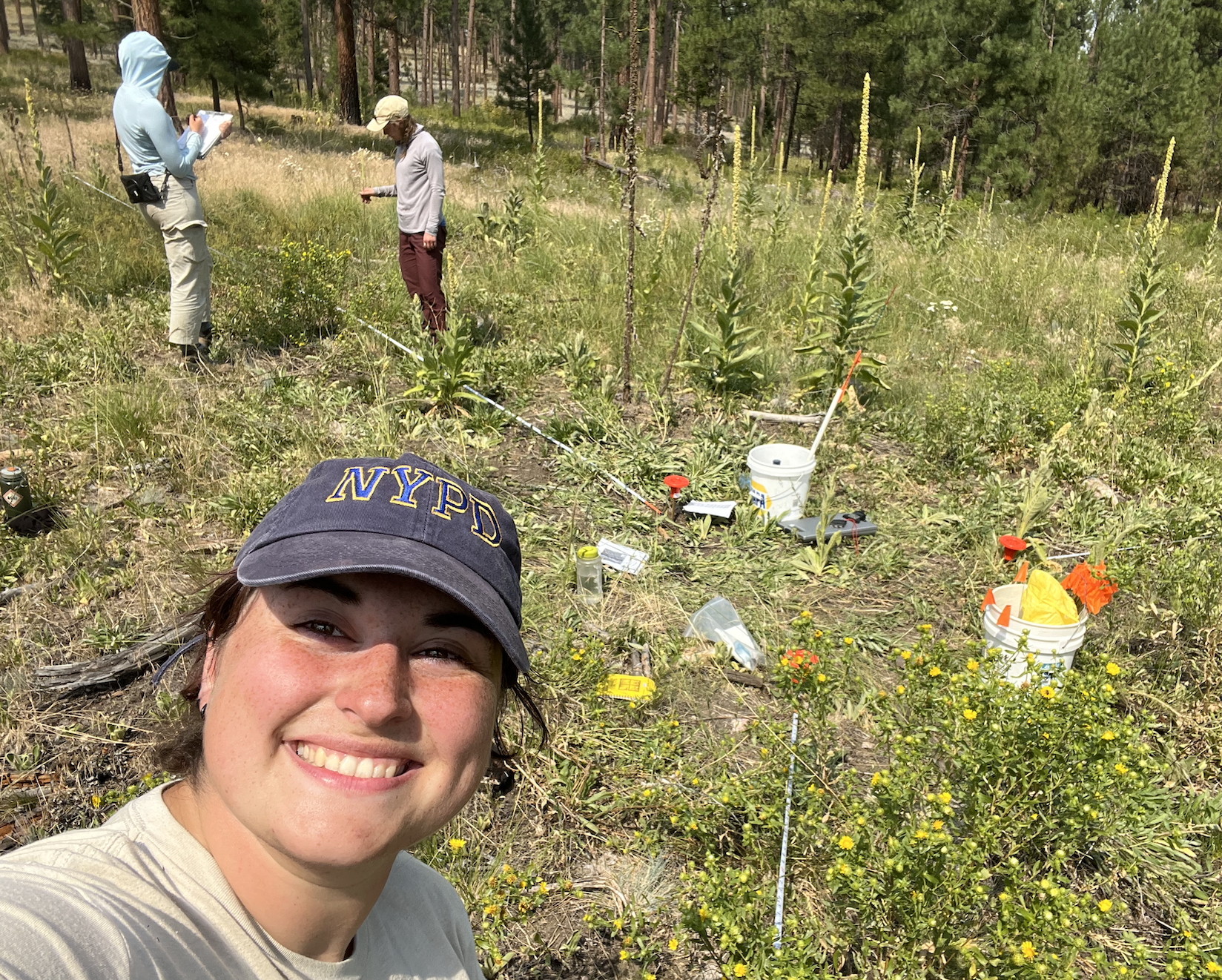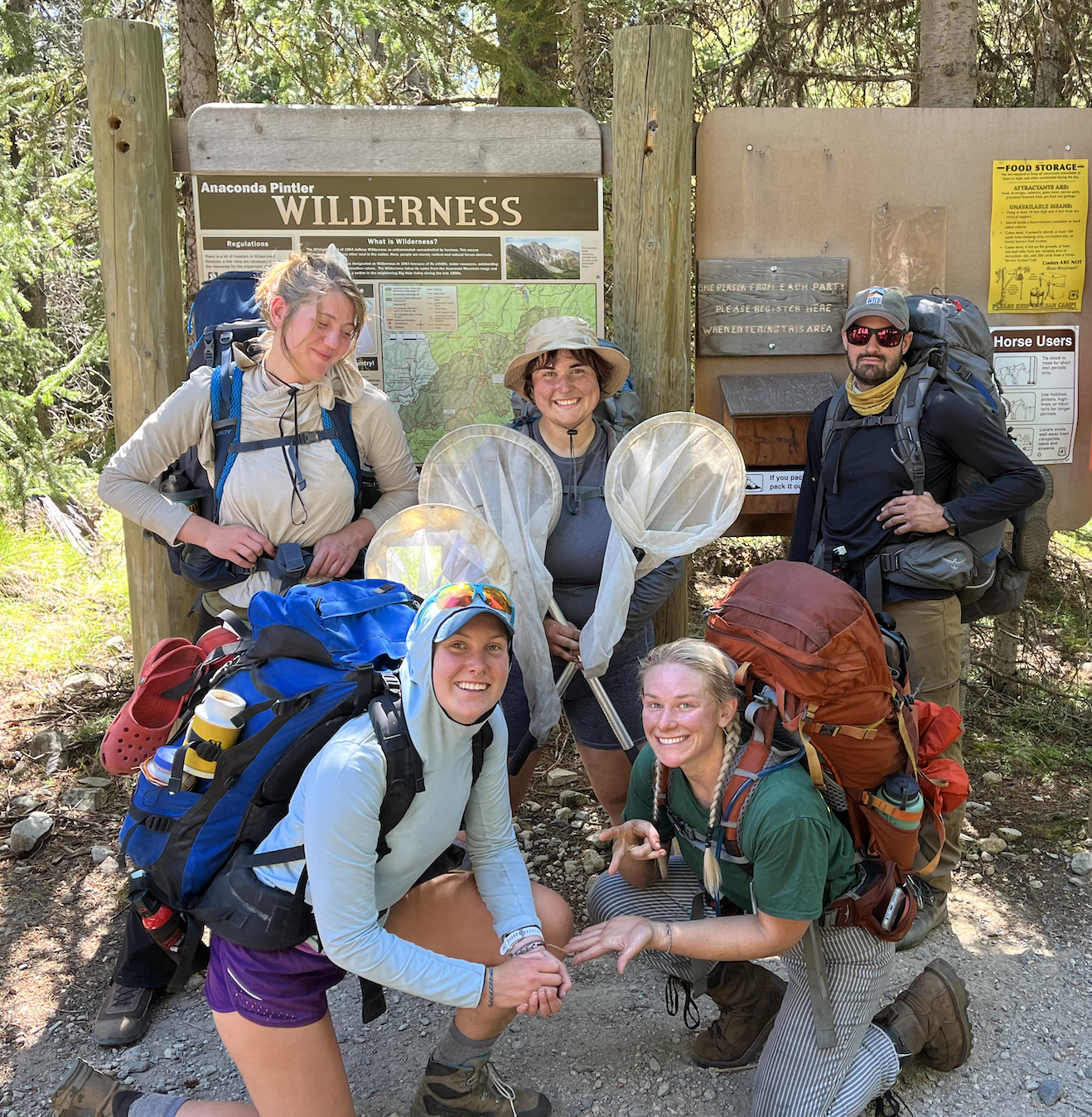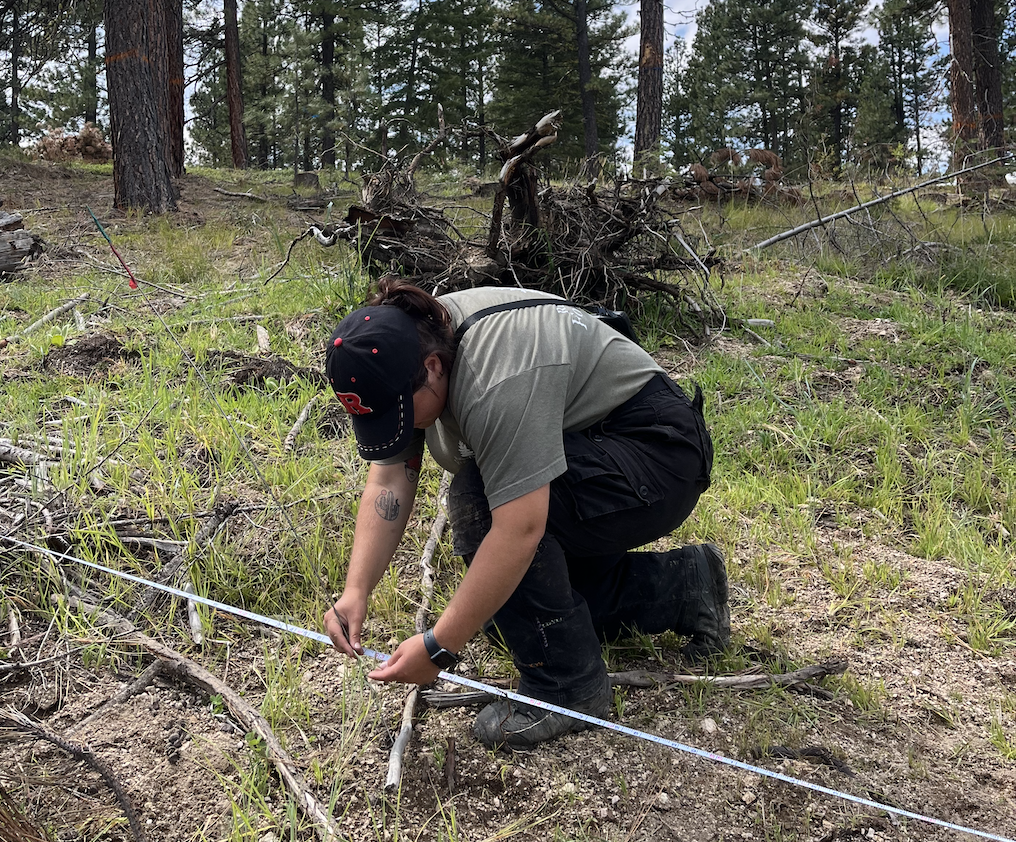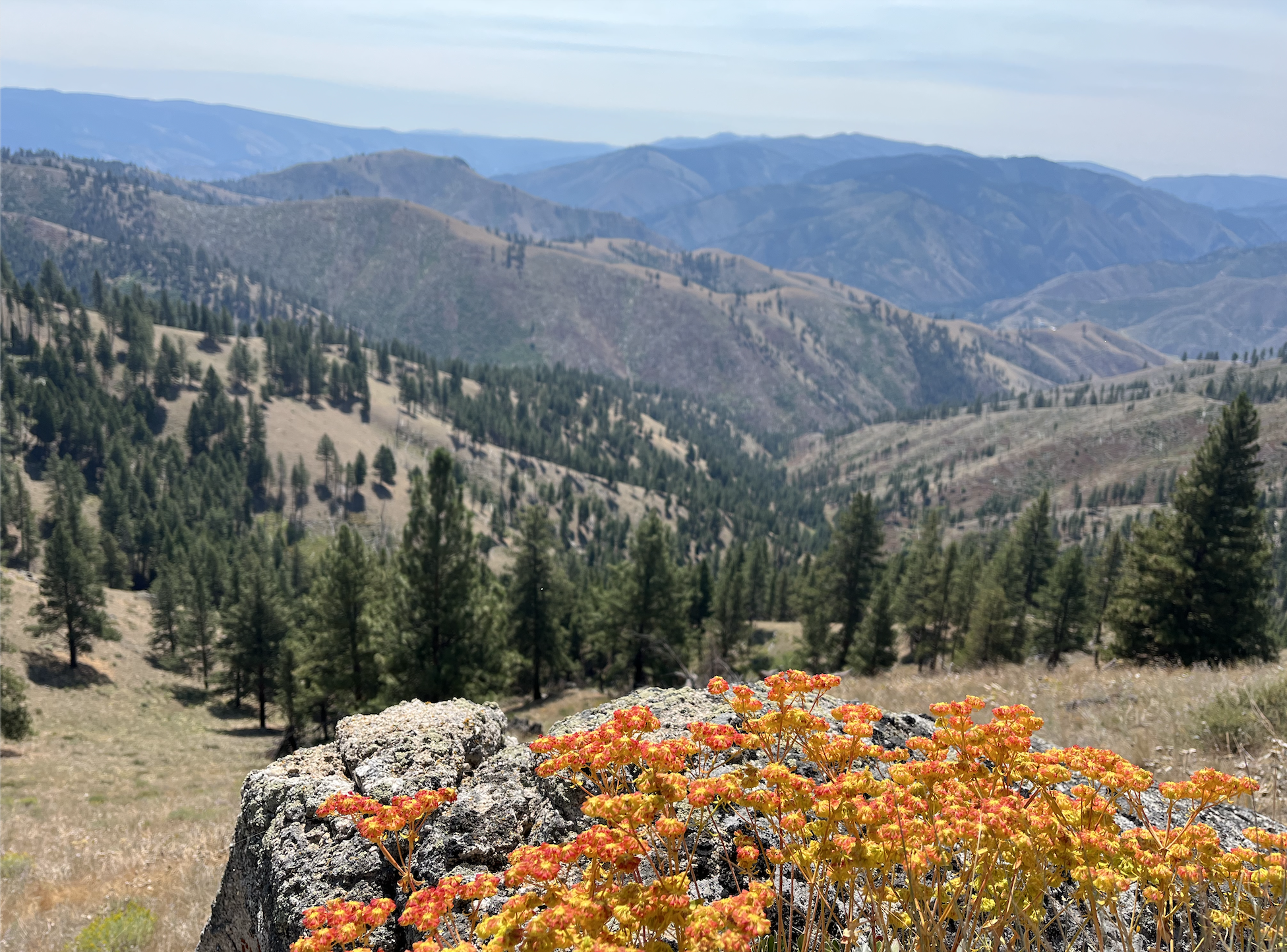Awn the subject of grasses I have very little to say because I know very little. Much of my work this past month has been IDing grasses during plant surveys. This is difficult because all grasses look the same to me. To aid in grass identification I made the following dichotomous key:
- Does it look like a brome?
- Yeah- 2
- No- 3
- Is it a brome?
- Yeah- Bromus sp.
- No- Festuca sp.
- Could you use it to tickle someone?
- Easily- Agrostis sp.
- Would be a challenge- 4
- One seed per spikelet?
- Yeah- Poa sp.
- No- 5
- Hairy leaf margins?
- Yeah- Calamagrostis sp.
- No- 6
- Does it grow in a wet area?
- Yeah- 7
- No- 14
- Does it look kind of stringy?
- Yeah- 8
- No- 9
- Seeds rotund?
- Yeah- Glyceria sp.
- No- Cinna latifolia
- Awns?
- Yeah- 10
- No- Phalaris arundinacea
- Looks like a corndog?
- Yeah- 11
- No- 12
- Describe the corndog
- Short and fat- Phleum pratense
- Long and skinny- Alopecurus aequalis
- Poofy?
- Yeah- Dactylis glomerata
- No- 13
- Droopy?
- Yeah- Deschampsia elongata
- No- Elymus glaucus
- Bulbed?
- Yeah- Melica bulbosa
- No- 15
- Spikelets on opposite sides of the stem?
- Yeah- 16
- No- 17
- Bunchgrass?
- Yeah- Pseudoroegneria spicata
- No- Thinopyrum intermedium
- Unkempt look?
- Yeah- Hordeum jubatum
- No- 18
- Comb-like?
- Yeah- Agropyon cristatum
- No- 19
- Poofy?
- Yeah- Koeleria macrantha
- No- Eriocoma nelsonii
When da Vinci painted the Mona Lisa he described the feeling of a divine presence guiding every brushstroke.1 Making this key felt sort of the same way.
In the key I did not key many genera down to species-level because I feel that keying a grass down to genus-level often times suffices. Anything else just feels pretentious. I especially feel this way with the genus “Bromus”. I am of the correct opinion that, in an effort to make our jobs easier, all bromes should be combined into one species (the unibrome).
Cheatgrass (Bromus tectorum) is a noxious weed invasive in much of the Western United States. But, there are a number of brome “species” already native to this area. If we combined all the bromes into one species then cheatgrass would no longer be invasive and we will save a lot of money by no longer needing to invest time and resources on invasive management for this species. As an added benefit, mountain brome (Bromus sitchensis) is one of the target seed collection species for myself and my co-intern. We are having some difficulty locating suitable populations for this species, but if mountain brome and cheatgrass get combined into one species then we could just collect cheatgrass seeds. This would save us a lot of time because the cheatgrass is everywhere, even in disturbed environments where you would expect to see mainly invasive species. I suspect the reason plant taxonomists have not thought of these changes is because they are cowards. Unfortunately, there is not a Nobel Prize in biology.
1 I made this up

